















As the government conducts a review of the Recognised Seasonal Employer scheme, we look at how the migrant worker programme could do better.
New Zealand’s wine industry is increasingly tapping into “a merger between natural wisdom, science and technology, and nature”, says Steve Smith MW. “It’s a very exciting time for this way of thinking in agriculture.”
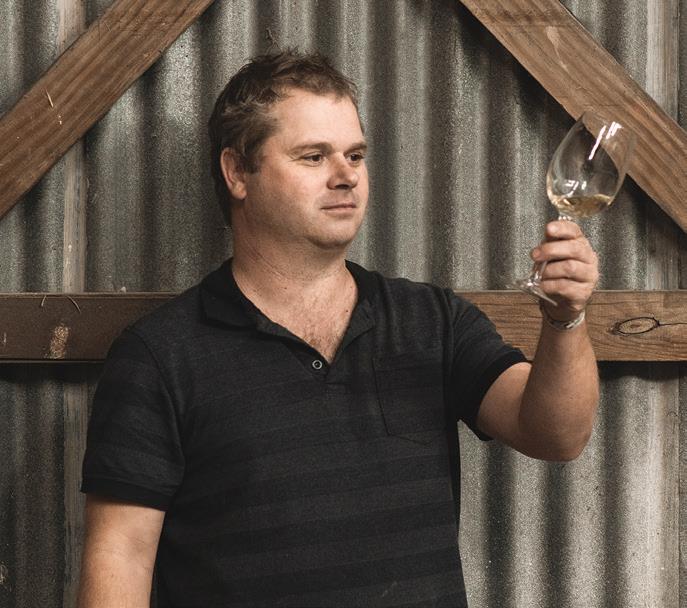
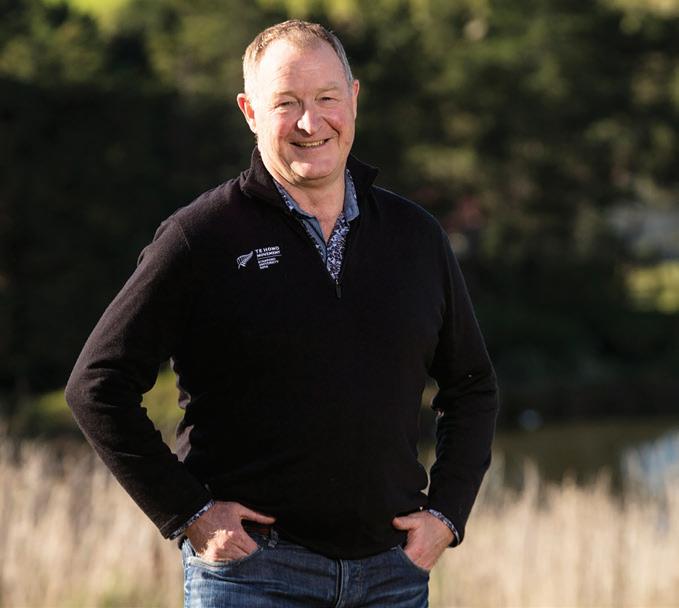
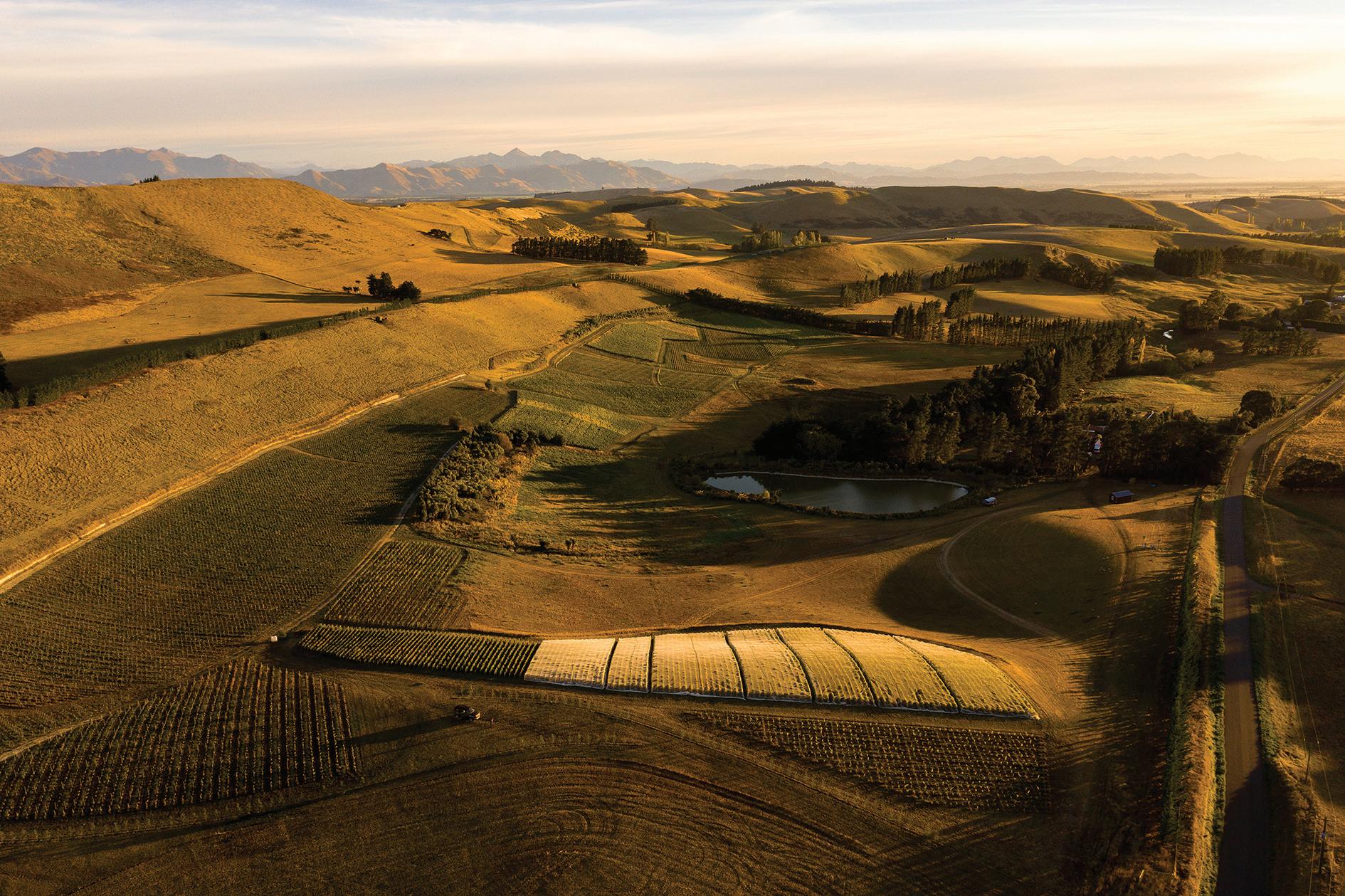
Agnew has been reading, recording and disseminating weather records for the wine industry for nearly three decades, offering insights into patterns, phenology and disease prevention.

EDITOR Sophie Preece sophie@sophiepreece.co.nz
CORRESPONDENTS
Wellington Wine Country: Joelle Thomson mailme@joellethomson.com
Hawkes Bay: Olly Styles oliverstyles@hotmail.com
Central Otago: Jean Grierson jean.grierson@nzsouth.co.nz
Canterbury: Jo Burzynska jo@joburzynska.com
ADVERTISING
Upper North Island: Stephen Pollard stephenp@ruralnews.co.nz Ph: 021 963 166
Central North Island: Lisa Wise lisaw@ruralnews.co.nz Ph: 027 369 9218
Lower North Island: Ron Mackay ronm@ruralnews.co.nz Ph: 021 453 914
South Island: Kaye Sutherland kayes@ruralnews.co.nz Ph: 021 221 1994
CIRCULATION & SUBSCRIPTIONS
Carolina Paiva carolina.paiva@nzwine.com
Ph: 027 700 0740

New Zealand Winegrowers PO Box 90 276, Auckland Mail Centre, New Zealand
PUBLISHING & PRE-PRESS
Rural News Group PO Box 331100, Takapuna, Auckland 0740 Ph: 09 307 0399
Location: Top Floor, 29 Northcroft Street, Takapuna, Auckland 0622
Publisher: Brian Hight Managing Editor: Adam Fricker
Production: David Ferguson, Rebecca Williams
Published by Rural News Group Ltd under authority of New Zealand Winegrowers Inc. Unless directly attributed, opinions expressed in the magazine are not necessarily those of Rural News Group and/or its directors or management, New Zealand Winegrowers Inc. or its constituent organisations. Published every second month. One free copy is mailed to every member of the New Zealand Winegrowers Inc, the New Zealand Society of Viticulture & Oenology and the New Zealand Vine Improvement Group, and to such other persons or organisations as directed by the owners, with provision for additional copies and other recipients to be on a subscription
ISSN 1174-5223

I am often asked whether it’s difficult to find enough wine stories to fill a magazine. But the far greater challenge is in reducing the number down, thanks to an industry rich with fascinating people, landscapes, research, events, environmental initiatives, marketing manoeuvres, and collegial celebrations. This month, in the wake of the brilliant Beyond Vineyard Ecosystems conference, the excellent New Zealand Society for Viticulture and Oenology technical workshop on alternative varietals, myriad announcements of new research programmes and trials, and a slew of wine awards and wine-people accolades, there are a whole bunch of great yarns missing from this edition, waiting patiently for the next.
It’s an exciting industry with enduring impetus, driven by the passion its people hold for the work they do – whether grapegrowers grappling with regenerative viticulture, or winemakers working to marry tradition and innovation, or scientists studying soil carbon sequestration.
In this edition we focus on some of the science and technology helping the industry work more cohesively with nature, with the likes of forensic science to trace terroir, and DNA sequencing to tap into a more diverse genetic makeup in vineyards.
This edition also looks at some of the concerns around the Recognised Seasonal Employer (RSE) scheme, and how a government review could and should address some of its shortcomings to ensure it’s a win-win, helping the New Zealand wine industry while benefitting and protecting the Pacific Island people who leave their families behind to come to New Zealand to work in our vines. “First and foremost, RSE workers need to be treated with dignity and respect,” says New Zealand Winegrowers Chair Clive Jones on page 19. “As an industry, we support best practice when caring for RSE workers, rather than just meeting minimum standards of pastoral care.”
Sophie Preece EDITORPamela Niskanen

Pamela is a freelance science writer based in Christchurch. In this edition she meets with the crew behind Sauvignon Blanc 2.0.
Go to page 28

Joelle - a writer, published author and wine lover, who also works as a wine adviser - talks to ‘Mr Right’ at Wrights Vineyard in Gisborne.

Go to page 42
It turns out the Master of Wine is not a master of machete, as Bob recalls his experiences with sabrage in the festive season. “All true,” he says. “I have the scars to prove it.”
Go to page 52

With over 20 years’ experience working with the wine industry throughout the New Zealand Pacific region, we understand what it takes to enhance productivity and decrease costs for your winery. We can help you make your vintage a success by:

Controlling fermentation
Providing temporary cooling for cellars or other critical functions
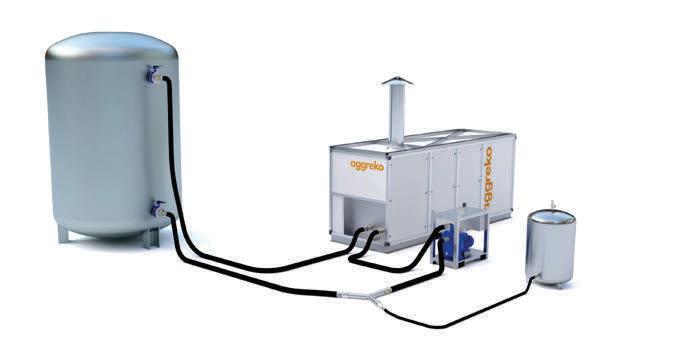

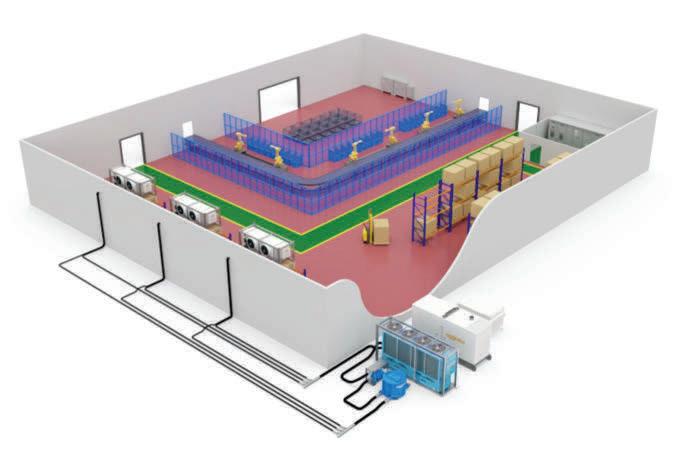
• Providing additional power when needed
We are on call 24 hours a day, seven days a week to serve you.
After two years of Covid chaos, many growers and wineries will have entered 2022 hoping for a better, more ‘normal’ 12 months ahead. It was a year of highs and lows, and anything but normal. For the record, here are some of the key themes and numbers from the past 12 months:
Covid-19: The introduction of the Omicron strain impacted us throughout the year, with confirmed number of cases in New Zealand (at time of writing) at 1.894 million Thankfully, the impact in markets has declined in most countries, but China still appears to be moving from one lockdown to another.
Ukraine War: An atrocity that most of us could not comprehend, the war erupted in February and has featured in the news every day since. The New Zealand government has sanctioned Russia, with New Zealand wine now a prohibited export to Russia, cutting off a market estimated to be worth close to $50m a year.
GDP growth: In New Zealand (for the 12 months to June) it is just 1.7%, while the latest US data is stronger at 2.6%. The economic outlook for 2023 is very mixed, with economists gloomy about the prospects for many economies.
Inflation: Returned with a vengeance, and to levels not seen for a generation. In New Zealand the current rate is 7.2% (12 months to September), while in the USA it is 7.7% and in the UK 10.1%. This is creating increased uncertainty for exporting wineries, most of which will not have exported during a time of high inflation.
Excise: The increased inflation rate is directly impacting wineries through indexation of excise. Paralleling the jump in CPI, on 1 July excise rates lifted by just under 22c per litre or $1.94 per case. This lifted excise to $3.32 per litre, and took the estimated excise take
on wine in the year ahead to $300m. The excise per hectare varies according to yield but can easily reach over $25,000 per hectare. Worryingly, the inflation outlook suggests there is another significant increase on the way, come 1 July 2023.
A better vintage: After a small crop in 2021 and with stocks at record low levels, growers and wineries were keenly looking forward to a larger harvest in 2022. Thankfully, nature delivered 532,000 tonnes, well up on the previous year.

Grape prices: Responded to the strong demand from wineries and jumped 11% to just over $2,250 per tonne.
Labour challenges: With the border closed for a significant part of the year, the shortage of labour was a major concern, forcing many businesses to re-think how they resourced these time-critical tasks. Labour supply costs escalated, and pruning took longer than ever in many regions. Positively, the cap on the number of RSE workers who could come into the country in the year ahead was lifted to 19,000.
Our people: 2022 was marked by very strong participation in events such as Young Winemaker and Young Viticulturist of the Year. According to a Diversity Works Survey 57% of our people have worked in the industry for 10 years or more. Less positively, the gender pay gap in the industry was revealed to be 7.8%, an area that needs attention for all industry businesses if we are to be an industry of choice for employees.
Export value: Average value of exports are up strongly compared to last year. Average value of packaged exports is up 7% on a year ago (12 months to September), while unpackaged exports are up 11% for the same period. Together the increased volume and higher prices, have lifted total export value to $2.02 billion (12 months to September) up more
than $100m on a year ago. Continued strong export growth is forecast for coming months.
Exports volumes rebound: While export volumes fell steadily following the small vintage in 2021, they have now started to rebound with increased volumes available from vintage 2022. Export volume for the July – October period is up 12% compared with last year.
New Zealand reopened to the world: With the easing of New Zealand’s strict border controls, many in the industry are keenly awaiting the return of international wine tourists, with nzwine.com listing more than 250 wineries offering wine tourism experiences. In 2019, 23% of international visitors visited a wine tourism experience, and on average, these tourists spent 27% more, stayed 3.5 days longer in New Zealand, and visited more regions.
Our wine on the world stage: Events are once again being planned in our key international markets, with the third New Zealand Wine Week running from 30 January to 7 February 2023. The tradefocused activation and events will take place in the US, Canada and the UK, as well as Australia. And the New Zealand wine stand will once again fly our flag proudly at the world’s leading wine trade show, ProWein, in March 2023. Visitor numbers were at 61,500 at the last show pre-pandemic in March 2019. The target for the coming event is 80% of the 2019 visitor number.
Sustainability commitment: Last but definitely not least, and despite all the ups and downs of the past year, the commitment of the industry to sustainability is undiminished, with 96% of the vineyard area and 310 wineries SWNZ certified, while 10% of New Zealand wineries hold organic certification.
Very best wishes for the holiday season as we look forward to 2023.
Bordeaux-based Edmond de Rothschild Heritage Wines has purchased a 52-hectare estate with 34.5ha of vines in Central Otago’s Bannockburn, along with the Akarua Estate vineyard. The vineyard is to be fully converted and organically certified over the coming decade. The family-owned company is already converting its Rimapere Vineyard in Marlborough to organics and the addition of a second New Zealand winery is part of a wider strategy to develop a portfolio of premium international wines from exceptional terroirs, says Ariane de Rothschild, president of the Edmond de Rothschild Group. “Central Otago’s international reputation for Pinot Noir provides a unique opportunity for us to complete our range and move into the production of organic wines - one of the fastest growing categories.” Read more in the February edition of Winegrower.


Isabel Estate Marlborough Chardonnay 2020 won the Champion Wine of the Show at the inaugural National Wine Awards of Aotearoa New Zealand, as well as scooping the New World Trophy for Champion Chardonnay. Isabel winemaker Jeremy McKenzie took top honours as Winemaker of the Show at the Awards of Excellence luncheon celebration in Auckland. Chair of Judges Jane Cooper commented on the incredible balance of the wine, noting the tension between acid and fruit. “It’s a thrill of a wine, and Jeremy’s understanding and mastery are on clear display. I can’t wait to see what’s next.” Seventeen trophies were awarded, including the Auckland A&P Association Heritage Rosebowl, which rewards wines that reflect a consistency of style over time. It was won by three vintages of Wānaka’s Mount Maude Reserve East Block Riesling (2012, 2016, 2021). Family-owned Hawke’s Bay winery Askerne won the New Zealand Couriers Trophy for Champion Gewürztraminer, while Central Otago’s Providore Pinot Noir 2019 took out the Rural News Group Trophy for Champion Pinot Noir. The National Wine Awards of Aotearoa New Zealand was launched this year with the purpose of identifying, celebrating and elevating excellence in New Zealand wine. wineshow.co.nz
When New Zealand winery Invivo and collaborator Graham Norton hosted ‘The Great British Pub Quiz’ in November, they brought together some of the world’s most powerful wine critics and buyers. Jancis Robinson OBE MW was a guest host, joining Graham and Invivo cofounders Tim Lightbourne and Rob Cameron (pictured) at London pub The White Horse for the quiz, in aid of industry charity The Drinks Trust.
Askerne Estate Winery’s 2021 Reserve Chardonnay took out the Supreme Champion Wine at the Aotearoa Regional Wine Competition, against 278 New Zealand and international wines. Askerne Estate viticulturalist and co-founder Kathryn Loughlin said it was the Hawke’s Bay company’s first award as overall champion wine of a competition. “As such it represents the pinnacle of our achievement in almost 30 years at Askerne.” Chair of judges Jim Harré says the competition, now in its 20th year, is critical in demonstrating to Canterbury “the incredible quality and range of New Zealand wines available, as well as giving consumers a guide to quality in selecting their purchases”.

Three Marlborough Sauvignon Blanc wines have been named in Wine Spectator magazine’s Top 100 Wines of 2022, with Greywacke Sauvignon Blanc 2021 ranked 13, as the top scoring wine from New Zealand. That’s an honour in itself says founder Kevin Judd. “It is also humbling to be sitting alongside so many iconic international wineries.” The Astrolabe Sauvignon Blanc Awatere Valley 2020 and McBride Sisters Collection Sauvignon Blanc Marlborough 2021 also made the list of 100, along with Central Otago’s Burn Cottage for its 2019 Pinot Noir from the Burn Cottage Vineyard. Wine Spectator describes their annual Top 100 Wines list as a collection of the most exciting wines discovered in blind tastings over the past year. Their editor team reviewed more than 8,800 wines, and nearly 60% of those rated 90 points or higher.
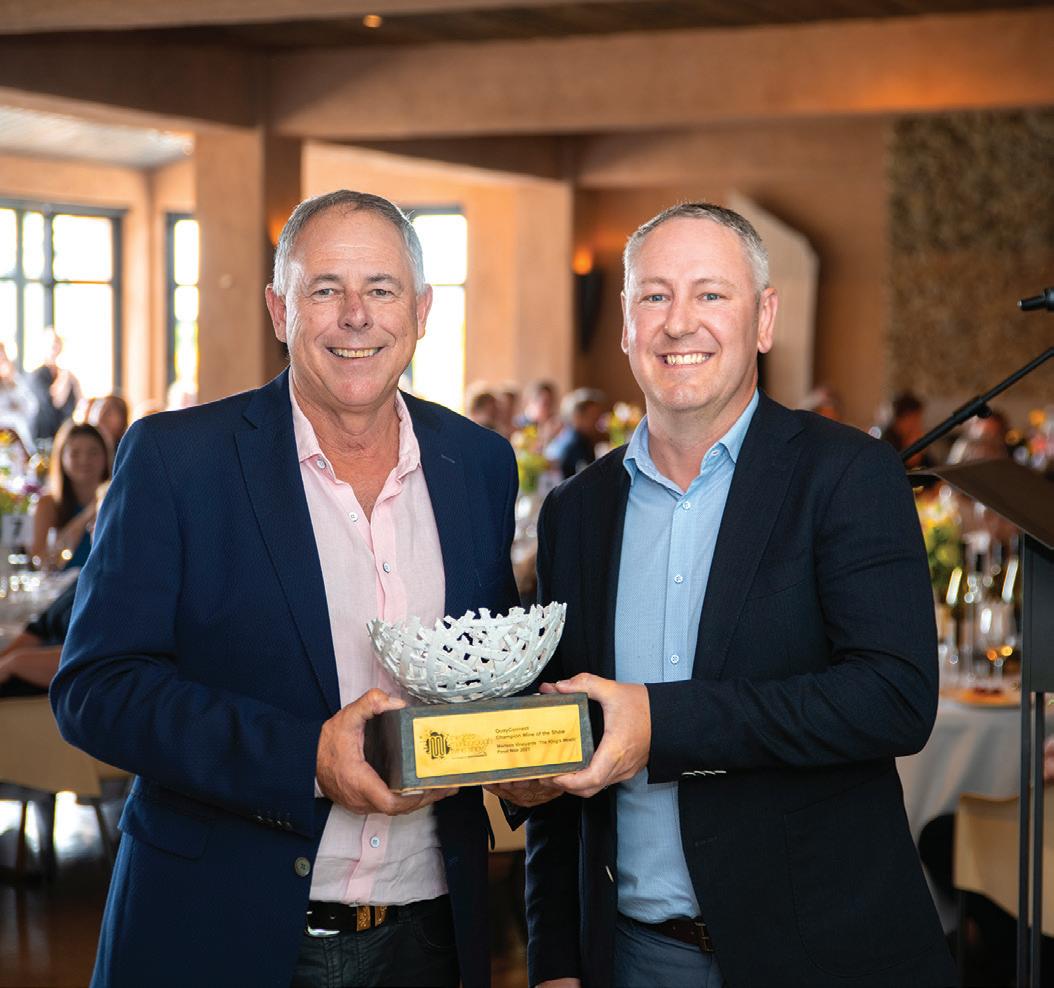
top100.winespectator.com/lists
The value of New Zealand wine in international markets is stronger than ever, with exports up 6% for the 12 months to September at $2.03 billion, compared to the previous year. The $727 million of New Zealand wine in the US is a new record, as is $157m in Canada. The total value increase is due to a rise in value per litre, with volume for the 12 months to September decreasing 4% from a year ago.

The month of September 2022 has set a new export record of $287 million, which is the first time the export value has exceeded quarter of a billion dollars in any month, says New Zealand Winegrowers Chief Executive Philip Gregan. “Record export value in September proves that our customers continue to appreciate the exceptional flavours, commitment to quality and sustainability of New Zealand wines, particularly in key international markets such as North America.
Allan Scott and Mark Allen were presented Wine Marlborough Lifetime Achievement Awards at the Marlborough Wine Show Celebration, sponsored by QuayConnect. Allan Scott’s journey in the wine industry began in its earliest days in Marlborough, when he worked on the development of the region’s first vineyard at Waldron Farm, now Brancott, in mid-August 1973. In 1990 he and his wife Cathy established the Allan Scott brand. Mark Allen’s viticulture career began in 1986, when he moved from growing kiwi fruit to sourcing vineyard land in Hawke’s Bay. In 2003 he moved to Marlborough and set up Mark Allen Vineyard Advisory, taking on vineyard developments and going on to manage the three-year mechanical shaking trials. Mark has worked for a decade since to continue trials and help growers learn about mechanical shaking. Marisco Vineyards was crowned top wine at the celebration lunch, with ‘The King’s Wrath’ Pinot Noir 2021 taking Champion Wine. Chief judge Ben Glover says the Marlborough Pinot Noir style “continues to evolve and evoke sublime poise and precision”, making this year’s entrants a pleasure to judge and taste. “Lots of flavour and tannin, yet delicate and silky. Masterfully handled and presented, showing a definite pedigree for ageing.”
Dr Jacquie Harper has joined Bragato Research Institute as General Manager Research & Innovation. Jacquie has a PhD in Chemistry and Physiology from the University of Otago, and holds two occasional roles, as a contract lecturer at Victoria University of Wellington and the Deputy Chair of the National Animal Ethics Advisory Committee at the Ministry of Primary Industries. Jacquie is excited by BRI’s stage of development and looks forward to bringing her wealth of experience to continue growing BRI.
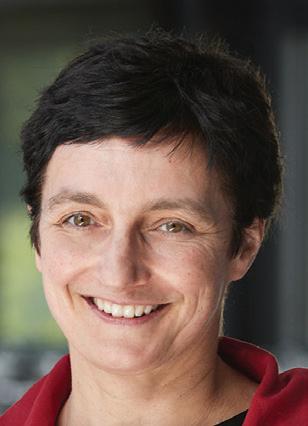
To have events added to our calendar contact sophie@sophiepreece.co.nz
19-22 January
pinotworkshop.com
Registrations are open for the 2023 Southern Pinot Noir Workshop in Hanmer Springs. Guest speaker Rebecca Deed, a scientist from the University of Auckland, will share her specialist knowledge in wine yeast molecular biology and biochemistry, analytical chemistry, and sensory science, while Dr Bruno Fedrizzi - who spoke at the online workshop earlier this year - will run a tasting on sulphides in Pinot Noir and explain his research work. Event facilitator Lynnette Hudson, profiled on page 46 of this edition, says the workshop is an invaluable opportunity to learn about and discuss topical issues that affect the industry, and to troubleshoot problematic batches of Pinot Noir with peers.
21 January eventbrite.co.nz
The ninth annual Bridge Pa Triangle Wine Festival in Hawke’s Bay includes seven wineries connected by hop on/hop off buses, offering wonderful wine, food and music across the day.
Due to uncertainty around COVID-19, there may be changes to some of these events. For more information, please use the contact supplied.
The Sound of White Vineyard in Waihopai Valley, Marlborough. For the second year running, Vinyl in the Vines, a DJ collective of vinyl aficionados, will be on deck.
30 January - 7 February nzwine.com
The third New Zealand Wine Week will include webinar and tasting-based activations in the United States, Canada and the United Kingdom, as well as the addition of Australia in 2023. The week is trade focused, delivering high-level content that appeals to an engaged and knowledgeable audience, positioning New Zealand as a leading premium wine-producing country.
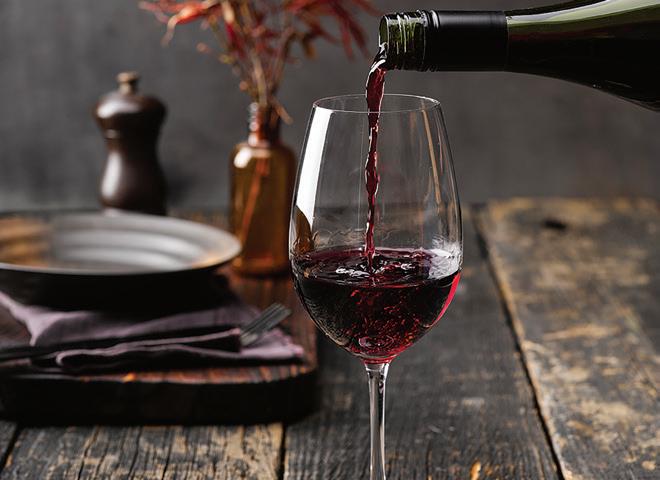
the region. Dubbed the coolest little wine festival in the country, it’ll be on under the oaks in Glenmark Domain.
28 January catalinasounds.co.nz
Sounds of Summer is a celebration of music, food and wine at Catalina Sounds’
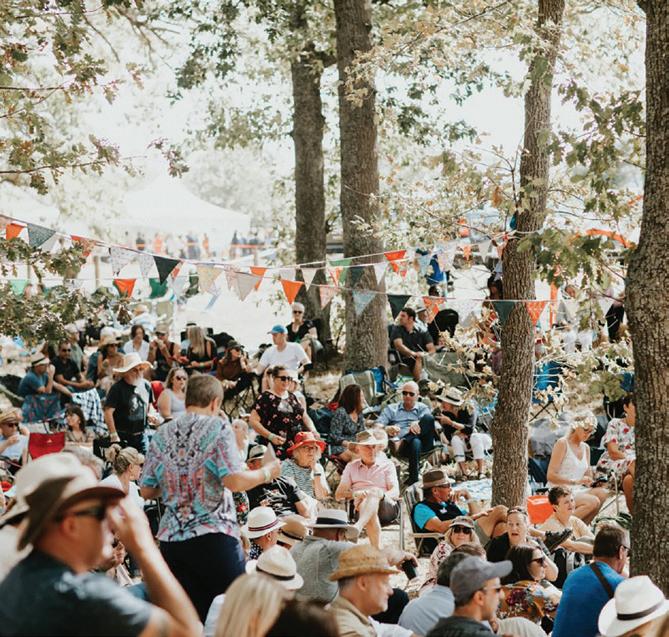

11 February
marlboroughwinefestival.com
The Marlborough Wine & Food Festival showcases the region’s best wine and food, accompanied by entertainment from great Kiwi bands, exciting chefs, and elucidating masterclasses. The 36th festival will be held in the heart of wine country, at Renwick Domain, and hosted by the people who grow, make and market the wine that maintains Marlborough’s place on the world map.
5 March ncwineandfood.co.nz
The North Canterbury Wine & Food Festival returns to Waipara next year, with delicious wine and tasty food from


18 March
ripewanaka.co.nz
Ripe returns to Glendhu Bay at Lake Wānaka in March. “We can’t wait to showcase the world-class Central Otago wine and food producers surrounded by the majestic scenery of Lake Wānaka to our guests coming from near and far,” says event organiser and Wānaka local Nathan White. As well as premium wineries, there will be live music and special guests in the Quartz Reef Masterclass Marquee, including Joelle Thomson, Bob Campbell MW, and the Raw Sisters, who will do a cooking demonstration. The Maude VIP tent will include complimentary wine served throughout the day from the legendary local label, along with canapes from The Platter Share. Buses will be running from Wānaka town centre, or attendees can stay at the Glendhu Bay Campground.
Central Otago has pulled out the stops for a celebration of the region’s wine, food, people and places. Roam Central, from 26 to 29 January 2023, has been created by Central Otago Winegrowers’ Association (COWA) and will feature four anchor events, including a flagship inaugural wine and food festival in Gibbston on 28 January, a selection of vineyard brunches on 29 January, and bespoke wine and foodmatched meals throughout. “Roam Central is an amazing opportunity to invigorate the local industry and will be a drawcard for wine lovers beyond our region,” says COWA event manager Jo Brown. Roam will also include a series of satellite events throughout the four days, including a biodynamic wine exploration of Bendigo, Lowburn and Bannockburn with winemakers Claire Mulholland from Burn Cottage and Rudi Bauer from Quartz Reef, who will share stories of the three subregions, as well as their own biodynamic journeys.
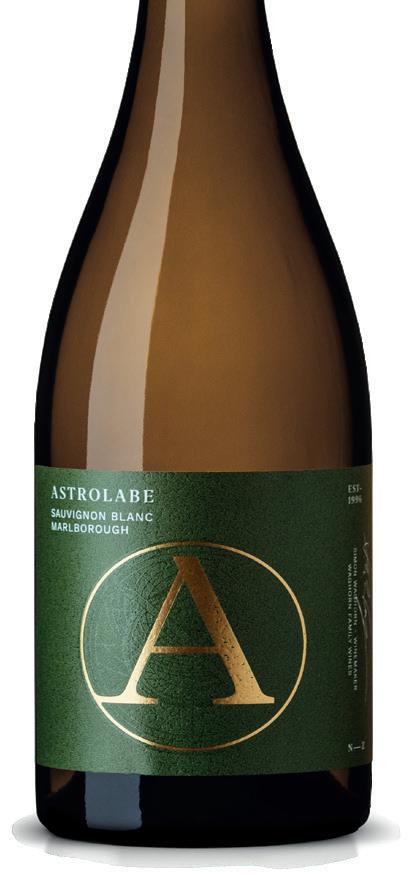


Roam Central is designed to shine a spotlight on the region, highlighting the terroir, local produce, flavours and people of Central Otago wine in an engaging way. “We’ve created an event based around themes of discovery and connection to share our love of life in Central Otago and the Southern Lakes,” Jo says. “Our wine region is regarded as one of the best in the world, and we want to throw our doors wide open and celebrate it.” 26-29 January roamcentral.co.nz
• Roam Together (Pinot Central) 27-29 January: A programme of events including master classes, cellar door tastings and cooking demonstrations.
• Roam Around Town (Wine & Dine) 26-28 January: Local restaurants paired with local wineries for a unique four-course wine-matched dinner.

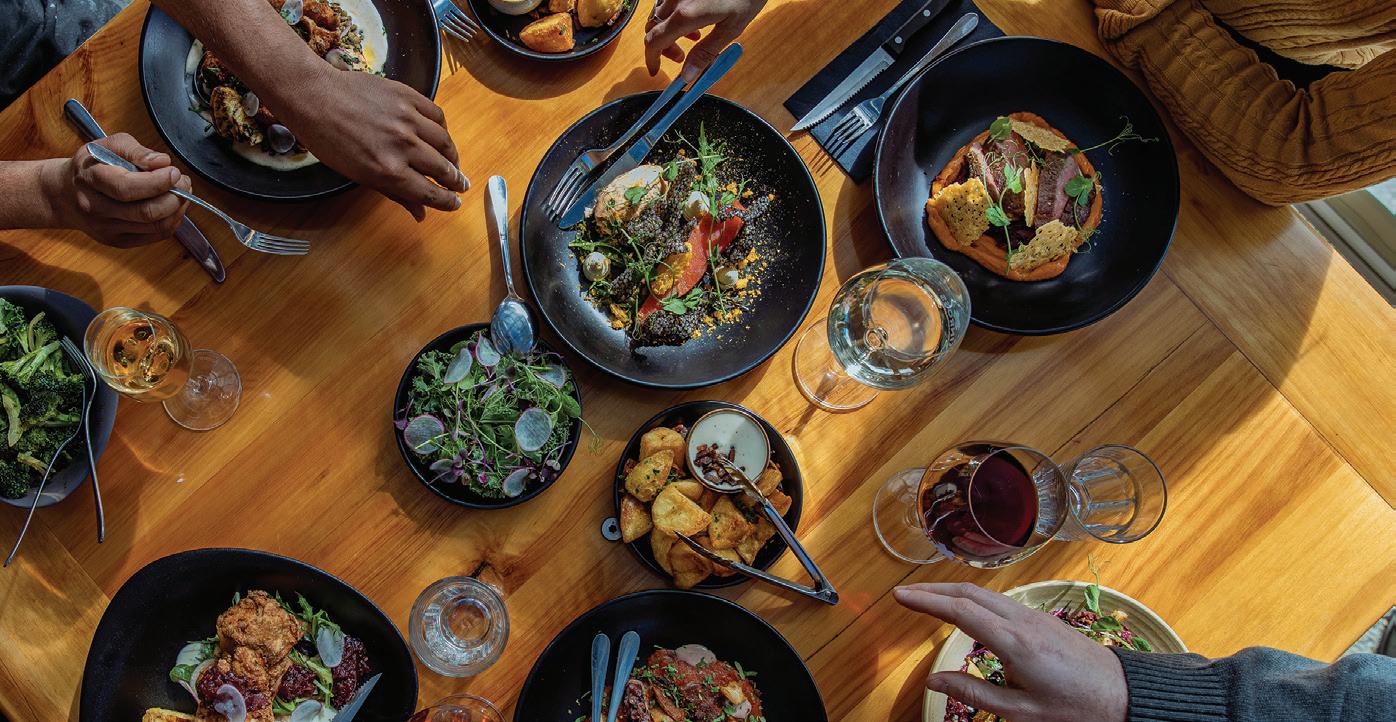
• Roam the Valley Wine & Food Festival 28 January: A ticketed event for up to 3000 people at Cargo Cellar Door in Gibbston.
• Roam the Vines (Brunch in the Vineyards) 29 January: A relaxed brunch at selected local vineyards.
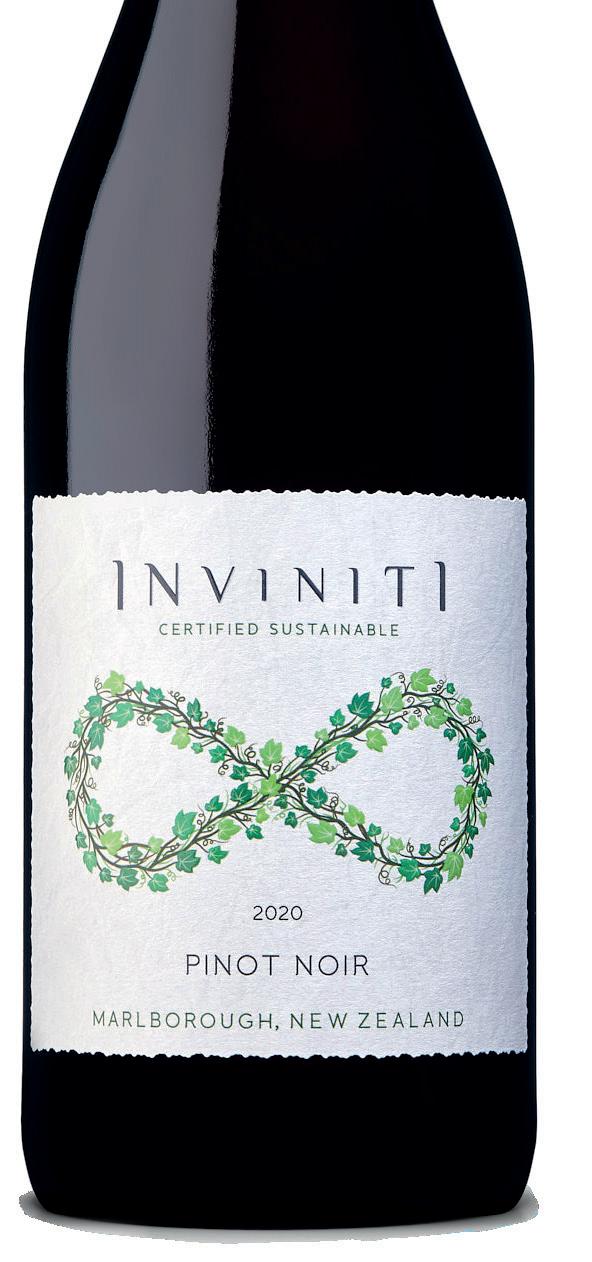
Kia ora tātou, As we re-engage with our global audiences, sharing a clear and memorable New Zealand Wine brand story about what makes us truly unique has been an exciting development. In November and December, we travelled to our wine regions to share with members how this re-framed brand story will act as the foundation for individual regional and winery stories – and how having aligned messaging strengthens our impact.
A New Zealand Wine brand toolkit will be available on our website with a how-to guide on layering these brand messages into your marketing work, and the refreshed New Zealand Wine branding will be deployed during New Zealand Wine Week, from 30 January to 7 February 2023, and then at ProWein in Düsseldorf in March 2023. This work has given us real energy and enthusiasm for what we can achieve together, and how we can do it conveying the sense of purity, care, and innovation that makes New Zealand Wine, Altogether Unique.
Ngā mihi, Charlotte
The Blind Tasting was held in Nelson in November, after a hiatus due to the pandemic. The goal was unchanged – to identify an array of wines that tell the most compelling story for New Zealand, focused on quality, site and style. As well as moving regions every year, several other improvements were incorporated including:

• An Associate Panellist Programme – nine positions with two-thirds non-production/trade.
• A higher proportion of trade – the ultimate decision gatekeepers. This provides members with an opportunity to get in front of domestic trade, spanning distribution, consultants, media, onpremise, independent retail, and grocery. More diversity of palate across a tasting delivers a wider variety of results.
• The (Not) Blind Tasting – a member networking event following the tasting to share knowledge and connect.
• Varietal, regional, and vintage summaries being provided to members by Emma Jenkins MW (pictured), who leads The Blind Tasting.
NZW Marketing activities from the beginning of 2023 will include wines selected from The Blind Tasting.
The third New Zealand Wine Week (NZWW) has been confirmed for 30 January to 7 February 2023. The webinar and tasting-based activations will run in the United States, Canada and the United Kingdom, as well as Australia, a new market for the 2023 event. NZWW remains exclusively trade focused, targeting highly engaged and knowledgeable trade, and delivering high-level content that appeals to them. It positions New Zealand as a leading premium wine-producing country.
Find out how you can be involved: nzwine.com
The first half of the Pure Discovery China Roadshow was held on 21 and 23 September in Shanghai and Nanjing, with more than 1,000 trade attendees. Winery participation was very encouraging, as more than 70 brands were showcased. Levyfunded masterclasses were hosted by Fongyee Walker MW. The Shanghai masterclass explored eight examples of ‘the future’ by showcasing single vineyard, smaller plantings, organic and biodynamic production, exploration of subregions, and winemaking innovations. As a trend-setting market in China, and a market with a more varied varietal mix from New Zealand, Shanghai is an excellent place to explore these themes. The masterclass in Nanjing explored New Zealand’s classic varieties, looking at winemaking techniques and styles while showcasing our best-known regions.
The second half of the roadshow in Beijing and Shenzhen has been adjusted to 6 and 8 December due to recent increases in Covid-19 cases across China.
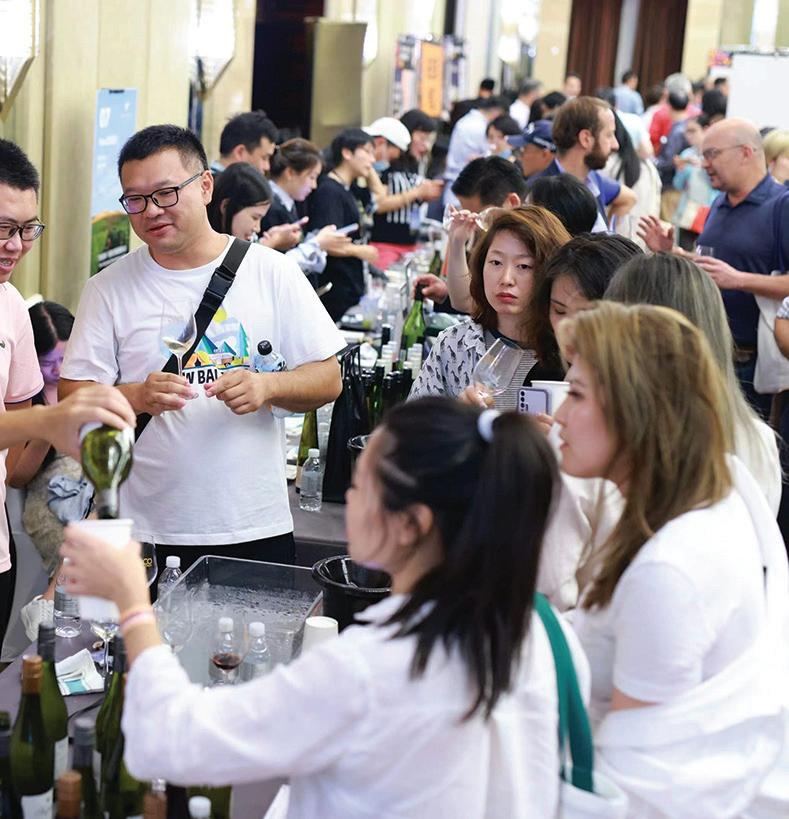
Taking NZ wine to the world: Bringing the world to NZ wineCharlotte Read is General Manager Marketing at New Zealand Winegrowers (NZW)


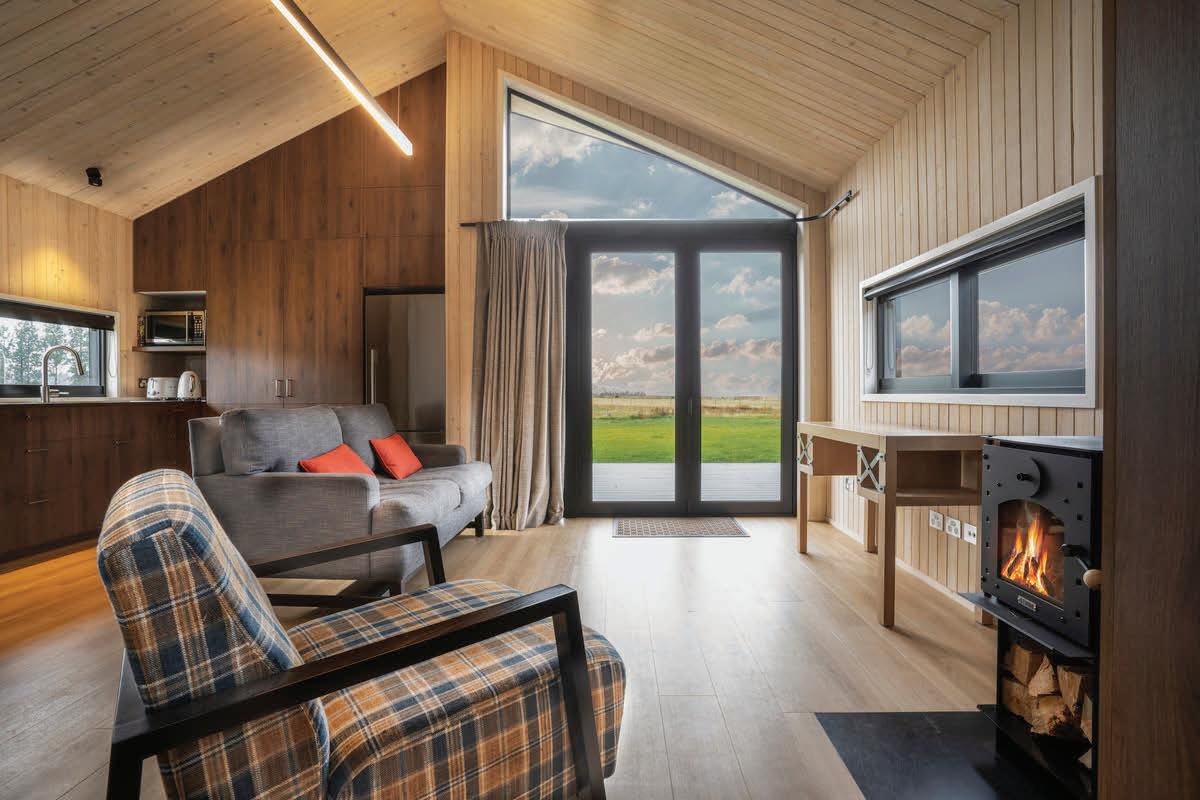


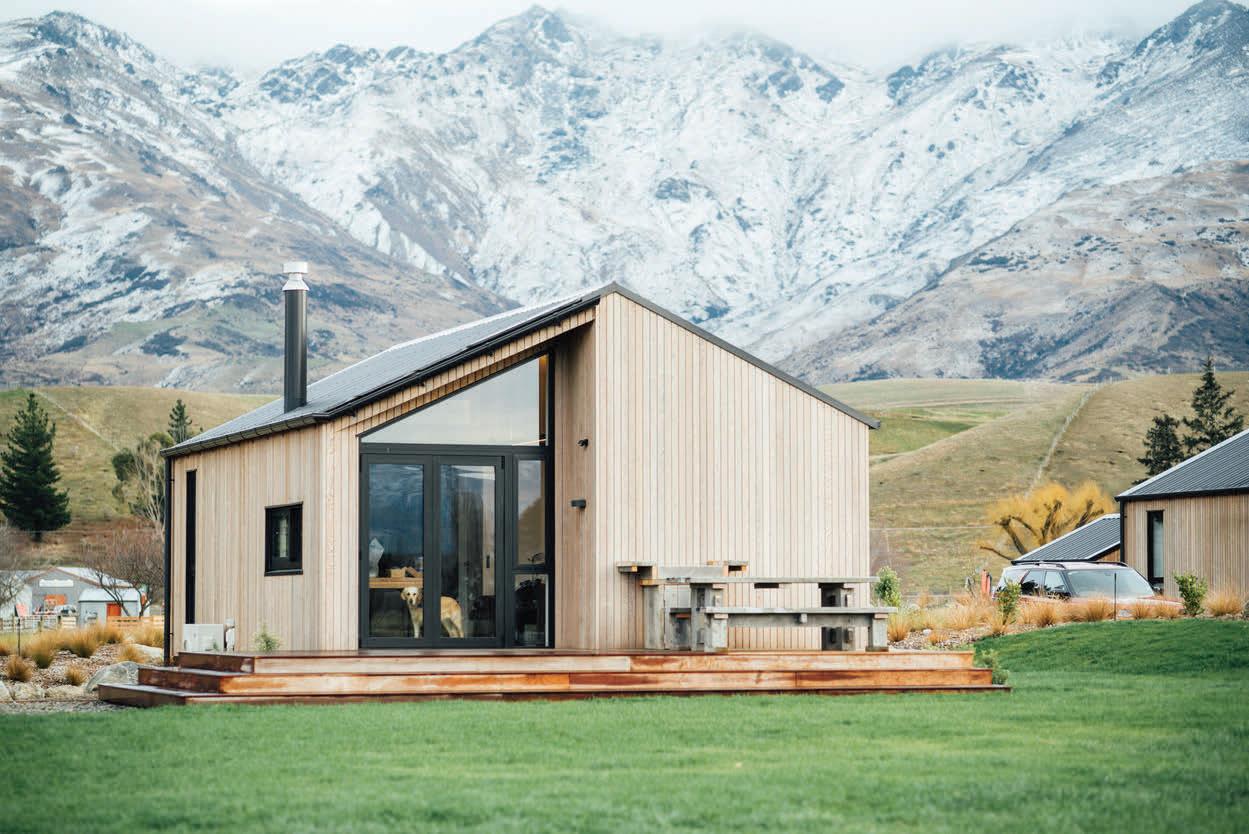

Vianney Segedin joined New Zealand Winegrowers as Communications and Digital Advisor in July this year, bringing her family’s wine industry legacy with her. In this Social Place, Vianney sheds light on the changing face of digital engagement and how wine companies can connect better with a global audience.

Tell us a little about yourself
I’m a born and raised Kiwi who took a slightly unconventional path to where I am today. After studying law at uni I sidestepped and segued into communications
New Zealand and joining New Zealand Winegrowers (NZW). It’s very fitting given my family is of Croatian heritage and I grew up with wine quite literally running through my veins!



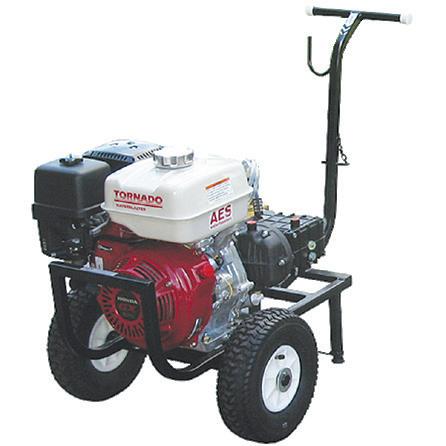
when I moved to the ‘big smoke’ after graduation. At that time I couldn’t really have told you what communications was, but I discovered its width and breadth was much more ‘me’. After a couple of years in London, followed by a few in Sydney where I worked agency-side, a long Covidrelated series of events saw me back in
The bulk of my work history is agency-side, which is a pressure-cooker for learning, but felt quite unsustainable in the long run. I always knew I wanted to take my skills and passions in-house, and when I came across this role, thought there couldn’t be a better fit. My grandparents on my father’s side had a vineyard in the 60s and 70s and my dad grew up on that vineyard. Plus, there was never a dinner table in our house that wasn’t adorned with a bottle of wine, so it feels like the perfect pairing.

While my time at NZW has been brief, I’ve loved working on some new ‘Our People, Our Stories’ profiles, which aim to showcase the people and all the various roles within the industry, with a specific focus on young guns. Meeting passionate and talented people is always memorable. Plus this type of content is fun to work with because it’s so versatile, and really goes a long way to telling the New Zealand wine story. I’ve also really enjoyed working on the next phase of bringing the 2022 Sustainability Report to life – keep an eye out for some new content that will amplify this great piece of work and help us to tell the sustainable New Zealand wine story, which so deserves to be told.

“You need to find a way to cut through the saturated market rather than just add noise to it.”
Vianney Segedin
What are the biggest changes you’ve seen in digital marketing during the past decade?
The prevalence, and the rate of change. Now, you’d be hard pressed to come by a person, business or organisation that doesn’t have a solid digital presence. And if they don’t, you question why. This goes to show how ingrained social media and digital marketing are in our lives and how important they are for survival in today’s world. In addition to that, the rate at which digital marketing and comms evolves has increased exponentially. Even working a full-time job dedicated to this area, there’s always something changing; something new. While this can at times feel exhausting, it’s also what keeps things interesting.
And what’s ahead?
Who knows? What’s ahead is the million-dollar question. The recent troubles at Meta and Twitter, and meteoric rise of TikTok out of seemingly nowhere have demonstrated that the digital world is anybody’s game. I’m so curious to see where we’ll be in just a few years’ time.
Has the wine industry stepped up to digital engagement since 2020?
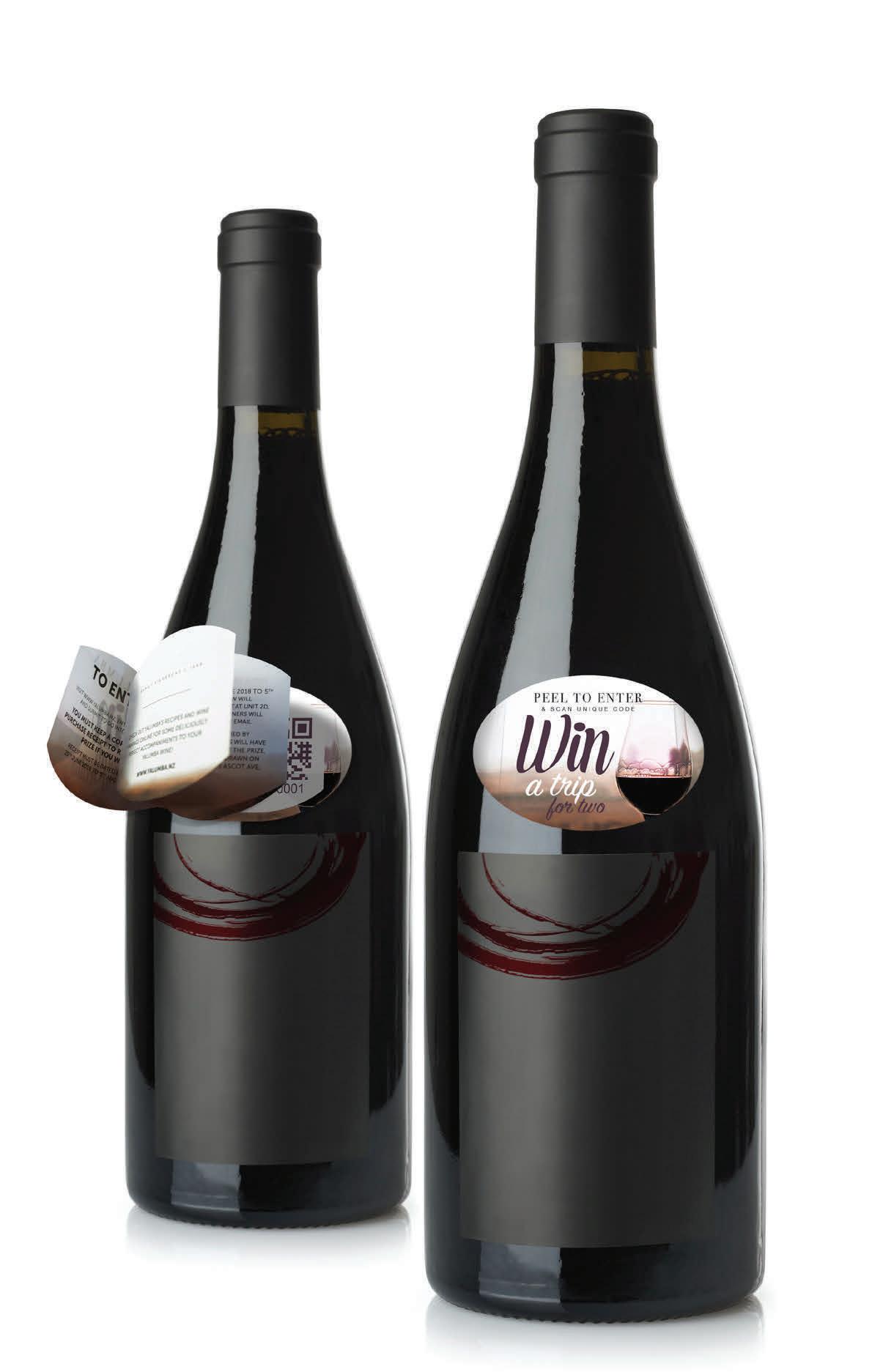

During the past couple of years people have come to recognise the importance of good digital marketing and communications more than ever. If you don’t have an authentic, active digital presence, you’re likely to fall into a black hole. The key is navigating the busyness of the online environment in a way that reflects who you are as a person or brand. I see a lot of wine industry members doing a fantastic job of this, which is great to see, as it’s not easy.
While having an active digital presence is great – and necessary –people often go overboard. Think quality over quantity. The online environment is so busy, you need to find a way to cut through the saturated market rather than just add noise to it.
What’s on your work bucket list for 2023
I’m especially looking forward to undertaking my first Wine & Spirit Education Trust course. There’s a whole world of wine knowledge out there and I still feel like I’ve barely scratched the surface.
VIANNEY SEGEDINTailor: Unfortunately it’s not as simple as copy-paste. Tailor your content for where you’re sharing it and make sure it’s suitable for the target audience. Instagram and LinkedIn might both be social media platforms, but they serve a different purpose. If you’re sending electronic direct mail (EDMs), think about every element and make them worthwhile.
Engage: Don’t just share content, actively engage by replying to direct mails (DMs) and comments, and interacting with content shared by your peers. This will reap rewards.
Be informative: Don’t be shy. More in-depth, informative and educational content often performs just as well – if not better – than short snappy content. Do trial and error and see what works for your audience.
Top tips for wine companies wanting to do digital better
Earlier this year Equal Employment Opportunities commissioner Saunoamaali’i Dr Karanina Sumeo raised a red flag over the experience of migrant labour in Marlborough’s wine industry. In the intervening months, as horticulture and viticulture operators clamoured for more workers in the field, the Recognised Seasonal Employer (RSE) scheme has been under the spotlight, including through a labour Inspectorate investigation into one contractor (see page 17) and an ongoing government review of the scheme. In this package the commissioner shares some of her concerns and aspirations for RSE workers, while Clive Jones, Chair of New Zealand Winegrowers, Marcus Pickens, General Manager of Wine Marlborough, and Tanya Pouwhare, Chief Executive of New Zealand Ethical Employers, discuss the scheme.
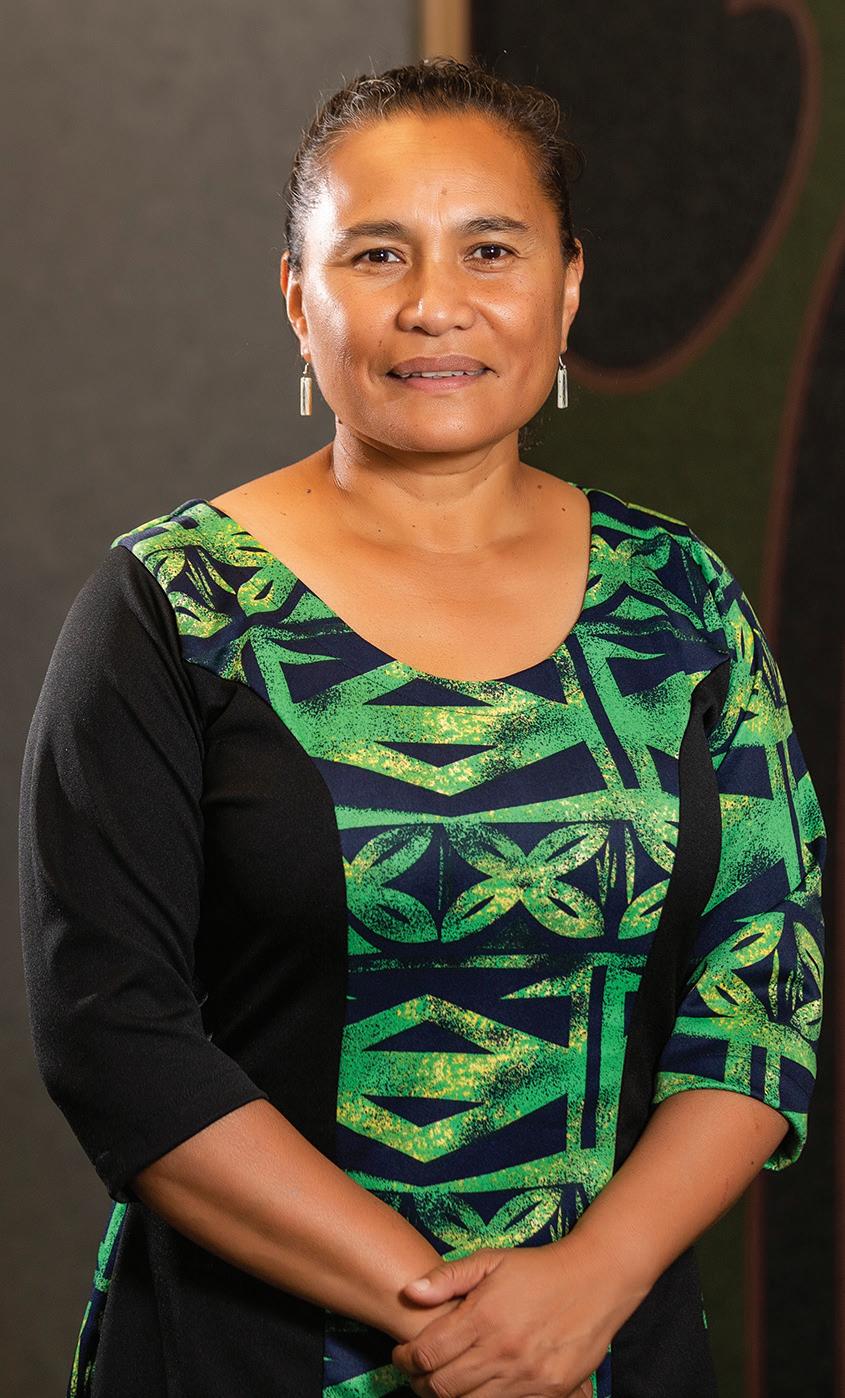 Saunoamaali’i Dr Karanina Sumeo
Saunoamaali’i Dr Karanina Sumeo
What are your concerns when it comes to the RSE scheme?
My primary concern is that there are people coming to our country on the RSE scheme who are being, and will continue to be, exploited by employers. I am concerned about the wellbeing of these people, their families and communities. I worry that the expectations of businesses are so basic that it is legal to have four adult men sharing a small room for months with minimal storage space, no privacy and no heating. How can it be just, fair or decent to deduct so much from wages that an employee who works a full week only ends up with $200 or $300 in their hand after tax to live on until the next pay?
There is almost a sense that ‘they’ have no entitlements outside what’s in the employment contract. This is most likely to be in English, so not the first language of the worker, and at times it gets altered once the worker arrives in Aotearoa, without the money to get back on the plane. I know many people working under the RSE scheme will not complain because they need to go home with substantial savings, but that is not good enough.
I am concerned that those who exploit RSE workers do not recognise that they are people with inherent dignity, who are born free and equal like the rest of us. RSE providers can create their own mini society in which the employees may not enjoy the same rights and freedoms as others. This is not only illegal, but also inhuman and a violation of fundamental human rights. These people come here with hopes for fair and decent wages, and dignified working and living conditions. Instead, we have some people leaving in debt, with poor health, and who are psychologically and emotionally scarred. The system has
allowed exploitation to take place and it is the primary responsibility of our business owners to uphold and respect their human rights.
Is there enough enforcement of the rules, as they stand?
No, and there appears to be a need for a more effective system and more people to do the actual monitoring and enforcing. Access to justice is not guaranteed. I worry that the collective accountability failings in our immigration, human rights, workplace monitoring, and justice systems enable exploiters to continue profiting from their acts. Workers who are socially, economically and legally vulnerable in a foreign land are unlikely to challenge power. The low number of convictions related to worker abuse, even though concerns are widely known in Aotearoa and in Pacific
communities, raises concerns about access to justice for victims, and a lack of remedies and appropriate compensation.
What changes would you like to see made via the government’s RSE Review?
I would like respect for human rights to be at the core of the review, including equity of benefits, and a worker-centred approach. Government needs to consider the lack of minimum standards that allow employers to deprive their employees of their dignity and to ensure the review focuses on protecting that. I cast my mind to examples like an employer not allowing their employee to go to the beach on their day off, for fear that they may abscond. I think of the workers who are part of the machinery of creating our world-famous export wine, but who themselves are prohibited from consuming alcohol. I think of the 18 men who are living in a cold, mouldy, four-bedroom house, paying $2,400 per week, who are banned from having visitors. These restrictions are not placed on other employer-employee relationships, so why are they allowed to persist in the RSE scheme?
I’d also like to see businesses take on a greater active role by setting clear standards for their industries and respective business partners, and to hold dodgy entities to account.
Are there examples of principles we could follow?
In June 2011, the United Nations Human Rights Council adopted the UN Guiding Principles on Business and Human Rights. These principles provide a global standard for addressing and preventing human rights breaches associated with business activity. Lots of businesses are using the principles and we can now see real benefits for companies that embed human rights considerations into their core business practices. I’d like to see all our businesses,
A Marlborough labour contractor has been cleared by the Labour Inspectorate, following an investigation kicked off earlier this year.
Inspectorate Regional Manager Natalie Gardiner says the investigation into Vine Strength Limited, following minimum standards allegations by Equal Employment Opportunities commissioner Saunoamaali’i Dr Karanina Sumeo, did not find any breaches of minimum employment standards or Recognised Seasonal Employer (RSE) scheme standards.
Meenu Gaur is a partner in Vine Strength and manages human resources for the company. She says it is a relief to have the Labour Inspectorate’s findings released, “as we knew we had not done anything wrong and wanted our case to be cleared, by having it checked the correct way.”
The inspectorate has made several recommendations around areas for
improvement to the current RSE accommodation and pastoral care standards, to lift conditions for workers across the board, Natalie says. “These are being considered through the policy review of the RSE scheme currently underway.”
The Ministry of Business, Innovation and Employment is undertaking a policy review of the RSE scheme, engaging with industry, unions and Pacific stakeholders. The review will include workstreams on RSE worker wellbeing, including the rules around wage deductions, supply and quality of accommodation, the cap-setting process, method of allocation, strengthened compliance framework, streamlined labour market test, and flexibility options in the scheme. The review is expected to be completed by mid-2023 and policy changes will need to be considered by Cabinet. “Our inspectors are actively working with the sector in the meantime to educate the industry and encourage uptake of
industry best practice, particularly on accommodation provided to workers,” says Natalie.

As part of the recent RSE cap increase, Minister for Immigration Michael Wood announced that a tripartite group of industry and unions will continue to work on further short-term improvements and employee safeguards to provide greater protections to RSE workers. This will include looking at ensuring that deductions for recovery of costs are deducted over the full period of employment as opposed to the first few weeks.
Immigration New Zealand is the decision maker on accreditation of employers under the RSE scheme and on compliance with the RSE policy, and Labour Inspectors are required to approve the accommodation the workers live in, the employment agreement, and deductions before an employer can recruit workers from the Pacific.
including those involved in using the labour of RSE workers, to apply these principles in their operations without waiting on government to improve rules and enforcement.
How important is it that the review considers the voices of Pacific nations and workers? It’s hugely important to remember that without the RSE scheme and workers, New Zealand would lose billions in annual export earnings that could destroy businesses, co-dependent local economies, and affect our national wealth and prosperity. To my knowledge, consultations have never adequately featured the voices of Pacific nations and workers. This must change. Hearing the stories directly from the workers, using their own language, can better inform changes to policy. I think the way we respond overall offers a chance to better highlight the contribution that Pacific nations and Pacific people within Aotearoa make to our wealth and prosperity.
When working well, with good employers, do you support the scheme?
It is critical that the ‘win-wins’ the Recognised Seasonal Employer scheme was set up to achieve are strengthened for the workers, businesses and communities involved. That was the message from Tanya Pouwhare, Chief Executive of New Zealand Ethical Employers (NZEE), and Marcus Pickens, General Manager of Wine Marlborough, when concerns were raised about the migrant labour scheme earlier this year.
“The Recognised Seasonal Employer (RSE) scheme has evolved in the past 15 years, but there is room for improvement and no tolerance for unethical employers who put workers’ wellbeing at risk,” they said in a statement, putting support behind a government review of the scheme.
NZEE, which includes 95% of Marlborough viticulture labour contractors, was launched in 2021, as a voluntary organisation founded on UN principles for businesses to safeguard human rights to which all members must adhere to and are audited against.
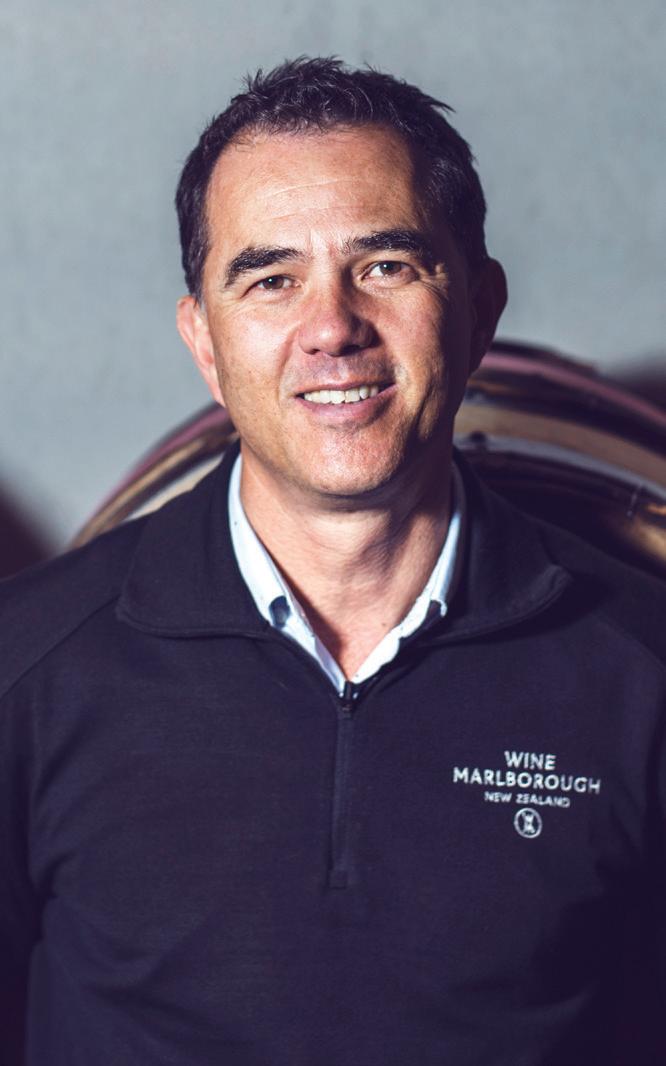
There are many beneficiaries of the RSE scheme – from New Zealand businesses and surrounding communities, industries and economy, to the Pacific workers and their respective countries. Our horticulture and viticulture industries gain especially. Other industries could also benefit if included. We also know that the scheme has unintentionally drawn away essential talent from the Pacific, due to higher income earnings in Aotearoa compared with the Pacific job market and the impact of the Covid-19 pandemic on Pacific economies. It has become a mixed blessing in some nations with inequities through how job opportunities are distributed.
When employers breach the rules, what is the risk for employees, wine companies and the industry at large?
We want to look ourselves in the mirror, and celebrate our success and prosperity, knowing we profited without causing harm to anyone. The reality is that the cost of breaching human rights can hurt a business significantly – financially and in terms of its credibility and brand reputation. It can also directly affect key relationships
and shake consumer confidence. This is not just a moral issue. How you address human rights will make a difference to how you are perceived, minimise your risk and ultimately, add value to your business.
Could modern slavery and worker exploitation legislation improve the safety of the RSE scheme?
I look forward to Aotearoa having meaningful, human-centred, effective modern slavery legislation to help stamp out exploitation, and rebuild public confidence in some of our industries, agencies, and government. One of the key tools that can be seen internationally is the rise of due diligence requirements over local and overseas supply chains. It is important for a human-centred legislation to include all sizes of entities and the public sector. Our cultural identity and international reputation are the responsibility of everyone. If small and medium sized enterprises below a certain threshold are not counted, there is a chance that it will exclude many RSE workers who will need the protection of the law and access to remedies it may enable.
scheme all accommodation must be warm and dry, fully furnished and endorsed by the Labour Inspectorate. All RSE employees are guaranteed a minimum of 30 hours every week at $22.10 an hour or $663 a week, even if the weather prevents them from working, she says. “Our industry acknowledges the high productivity of RSE employees and that they deserve every dollar of the $29.23 an hour earned, on average, in Marlborough’s last pruning season.”
Marcus and Tanya noted that many contractors go well beyond what is required. “The majority of RSE workers are accommodated in purpose-built housing, and cleaners, electricity, gas, linen and wifi are provided in the weekly board. Many travel to Pacific nations to assist their workers to establish off-season businesses for their families or communities.”
Tanya says the community needs assurance that employment and accommodation requirements meet government standards “and are an integral part of the RSE scheme”. As part of the
The World Bank has described the RSE scheme as a world leader and many RSE employees choose to return to Marlborough here year after year, they note. “But we know we can make the scheme better.”
To read the full statement: marlboroughwinenz.com


Every year growers and wineries have thousands of Pacific workers in their vineyards, performing time-sensitive tasks critical to the viability of our industry. The vast majority of those workers enjoy their work experience in New Zealand, with many coming back year after year.
As a result, it was something of a shock for many in the industry to hear the recent public allegations about the mistreatment of Pacific Recognised Seasonal Employer (RSE) scheme workers. Since then, we have heard from numerous industry members appalled at the possibility that RSE workers are not being treated appropriately and wanting to know what is being done to ensure the workers are protected. Members have also been concerned at the reputational risk for the industry if the allegations are shown to be true.
First and foremost, RSE workers need to be treated with dignity and respect. We believe the great majority are, but the recent allegations – the subject of an investigation by the Labour Inspectorate (see page 17) – suggest we need to be doubly sure that is the case. As an industry, we support best practice when caring for RSE workers, rather than just meeting minimum standards of pastoral care.
How do we make that happen? First, we need to ensure the rules governing the RSE programme are robust and fit for purpose, meeting the needs of both the Pacific workers and the RSE employers.
Our goal should be simple – ensure every RSE worker has such a positive work experience in New Zealand that they all want to come back in following years.
The best way to ensure the programme meets the needs of both the Pacific workers and employers is to have representatives of the RSE workers and the Pacific governments, alongside industry representatives, worker representatives and New Zealand officials, participating in the current reviews of the RSE scheme. Their participation will help reform the scheme so that it meets the needs of all participants, now and into the future.
Second, once the ground rules are established, we need to ensure those rules are adhered to by employers. Most RSE
employers will want to do the right thing by their workers, but if they don’t, then it is the responsibility of government officials to enforce the rules, taking appropriate action where necessary. And that enforcement action must include the ability to suspend an employer’s RSE accreditation if needed.
Taking these steps, getting the right rules in place (by involving Pacific workers and governments in their design) and then enforcing them, will go a long way towards managing any downside risks from having RSE workers as part of our seasonal labour force. That is the best way to protect RSE workers, the RSE scheme, and our industry’s reputation.
Clive Jones is New Zealand Winegrowers Board Chair
Reforming the
to meet
and future needs of all participantsClive Jones

With forensics to track terroir, and genetic sequencing to future-proof vines, New Zealand’s wine industry has its eyes wide open to the opportunities of science and technology, married with natural growing systems.
New Zealand’s wine industry is increasingly tapping into “a merger between natural wisdom, science and technology, and nature”, says Steve Smith MW, co-founder of Aotearoa New Zealand Fine Wine Estates. “It’s a very exciting time for this way of thinking in agriculture.” Steve recently announced Pyramid Valley’s partnership with Oritain, a forensic science company taking a unique “fingerprint” of each parcel of soil on the North Canterbury vineyard and carrying it through the wines, in the ultimate in track and trace (see page 24). “While we take our cues from older philosophies, it is marrying these cues with innovation, inquisitive minds, modern technology and science that sets us apart,” Steve says.
It’s often seen as a contradiction, he adds. “But the cool thing is that science and technology is going to help the natural world thrive – whether that be in proving that nature has been behind making a wine that comes from this place, or being able to apply our growing approaches in a way that is so smart that nature is allowed to thrive with it.” It’s a symbiosis that can be hard to explain to people, he adds. “And it’s at the core of where I personally sit.”
Tapping into science to harness nature is at the heart of a Bragato Research Institute (BRI) programme working to sequence the DNA of New Zealand Sauvignon Blanc, looking for patterns of increased natural mutation that may help vineyards respond to future challenges. “Plants have an innate ability to change their own genetics when confronted with an environmental shock, says Dr Darrell Lizamore, who leads the Sauvignon Blanc Grapevine Improvement Programme (see page 28). “If we can use this response to produce vines with different traits, then we could select those better suited to future viticulture.”
Half an island away in Blenheim, plans for the Experimental Future Vineyard include measuring soil carbon capture from grapevines, and assessing how that might shift as the climate changes (see page 26).
Damian Martin, Plant & Food Research Science Group Leader Viticulture and
Oenology, says the experimental vineyard, which offers researchers the ability to control multiple inputs, including soil type and temperature, will offer a long-term lens to the industry. “Being able to understand how best to grow excellent grapes that allow winemakers to meet their environmental, financial and societal requirements will
cool thing is that science and technology is going to help the natural world thrive – whether that be in proving that nature has been behind making a wine that comes from this place, or being able to apply our growing approaches in a way that is so smart that nature is allowed to thrive with it.”
management and labour more efficient, will increase financial and environmental sustainability.
The project was announced at the Beyond Vineyard Ecosystems conference in Christchurch in September, which also married science with nature at every turn, from the kick off keynote address given by regenerative viticulture devotee Richard Leask, from Hither and Yon in McLarenVale Australia, to Dr Sarah Knight – lecturer in the School of Biological Sciences at University of Auckland – talking of the valuable dataset gained from five years of samples from two regions and 24 sites, shedding light on vineyard soils and how they interact with vines, ground cover, and climate, in a contemporary (with herbicide) and future (no herbicide and low synthetic pesticide) setting.
ensure our wine sector can continue to grow.” Damian notes that New Zealand has always been at the leading edge of grape and wine science, and more recently the focus has moved below ground. The establishment of the BRI has given research a higher profile within the wine industry, “and there are lots of people with lots of questions about their own management”. Extreme variation in climate is also influencing people’s thinking around risk, with the parameters changing year by year, increasing the economic, environmental and consumer imperatives to dig more deeply into science, Damian says.
Just down the road, BRI and an industry working group are trialling an array of canopy designs to “reboot sunshine into wine”, says Cloudy Bay Technical Director Jim White (see page 22). BRI’s David Armour says enhancing fruit quality on the same amount of space, while making inputs,
Dr Olaf Schelezki, a viticulture lecturer at Lincoln University, says biodiverse ecosystems that break up monoculture have been a “hot topic” for many in the wine industry (see page 80). “This has been fuelled by recently gained scientific knowledge which suggests using plants other than vines in and around vineyards benefits ecosystems by fostering the important soil-food web,” Olaf says. “Benefits include managing insect pests or vectors for viruses, to restoring soil health, increasing water infiltration rates and holding capacities, and better nutrient acquisition.”
Meanwhile, technology is transforming the way winegrowers do business, from robots for scaring birds (coming up in February 2023 Winegrower Magazine), to the new “autonomous multi-use, modular vehicle platform” being rolled out by Tauranga-based Robotics Plus in vineyards (see page 70), the smart (and getting smarter) machines are coming.
Whether it’s modern regenerative farming “building dynamic ecosystems” or using sensors and miniature robotic tractors, “it all ties into the same way of thinking”, says Steve. “Preconceptions about what we have done in the past should be thrown out.”
Photo of left Pyramid Valley. Photo Richard Brimer
“The
Steve Smith MW
A new research programme is “rethinking” the way Marlborough grows grapes, in order to supercharge productivity and quality. “We are going to reboot sunshine into wine,” Cloudy Bay Technical Director Jim White says of plans to redesign vineyard canopy systems to better harness photosynthesis.
Current trellising systems are essentially centuries old, despite a “lick of fresh paint” in the 1980s, says Jim. Now increasing costs, exhausted planting area, and a “changing and challenging climate” mean the tried-and-true system of the past “is
probably not going to cut the mustard in the future”.
Bragato Research Institute (BRI) Programme Manager David Armour developed the programme framework to counter major headwinds challenging the New Zealand wine industry’s long-term viability. David says growers and wine companies face a glass ceiling, thanks to limited lifts in wine prices, static yields

and ever-increasing production costs. “We are very quickly reaching the point where those costs will hit that glass ceiling of profitability.” Previous experience with other horticultural sectors in New Zealand led him to look beyond the vines and viticulture traditions, at systems that boost yields while enhancing fruit quality on the same amount of space, in turn making inputs, management and labour more efficient. Getting more crop per drop of water increases financial and environmental
sustainability, he says.
The programme is about finding systems that better exploit sunshine to grow more fruit, rather than promoting excessive leaves and canes that need to be trimmed and pruned. Seeing the potential, Cloudy Bay set aside two rows of unpruned Sauvignon Blanc in September and invited an industry working group to experiment with six different treatments, exploring the opportunities and limitations of expanding vine area over higher trellis, in order to
Reading the magazine online has never been easier.



“The intent is that we start with industry partners in the vineyards next winter.”
David Armour
grow more buds and harness the sun to increase production.
Some of those trials borrow concepts from the apple industry, which has transformed via the Future Orchard Planting System (FOPS) system, resulting in a twofold increase in productivity as well as improved quality. “We are trying to replicate that concept by putting on more shoots, by magnitudes of eight or 10 times what we usually have on a grape vine in Marlborough,” says Jim. “What we aim to do is end up with lots and lots of short shoots, each with a relatively small bunch in comparison to what we would have on a standard three or four cane vine.”
That “vertical wall of canopy” could spread from a 90cm bottom wire to a 3m top one, with spaced canopy and fruit. But Jim says there are plenty of challenges, including the likelihood of high fruit ripening faster than its lower counterparts, and the apical nature of vines, which evolved stretching high in forests, prioritising top shoots. “Can we crack the grapevine’s very strong vertical dominance?”
Jim says it is an exciting project that
recognises the current limitations to the industry, including significant and increasing cost pressures in grower and wine company vineyards. “When we think about Marlborough Sauvignon Blanc, which is essentially the engine room of
fruit that we need to continue to grow our markets?” Key to that question is maintaining and maximising the quality of Marlborough wines, “which has really set us apart in the first place”, he says. “Chasing yields at the loss of quality is something none of us are interested in at all.”
Along with the six treatments at Cloudy Bay, which are all a precursor to the actual programme, the industry group is reviewing current science in the viticulture and apple industries, as well as the likes of hedging innovations in Italy.
our industry, there is significant cost and essentially a maximum yield.” That maximum varies from year to year, but growers’ profits are eroding as labour and input costs increase, while price increases can only go so far before meeting market resistance. “In the middle we have this squeeze,” Jim says, noting that while demand for grapes and wine is high, land for expansion is seriously limited, particularly in Marlborough.
“So how can we improve the productivity of our land, to continue to supply the
The Ministry of Primary Industries has been supportive of the concept, and invited BRI to present a business case. “The intent is that we start with industry partners in the vineyards next winter,” says David. Appetite from industry is high, “and it’s come from some very exciting areas”, he adds. “People see it as a way of staying viable.”
Presenting with David at the Beyond Vineyard Ecosystems conference in September, Jim said it was very early stages for the programme, but called on other growers to get involved, “joining us in a potential paradigm shift in how we grow grapes”.
With the introduction of the latest Optimum range of harvesters, Pellenc’s accumulated experience and innovation in delevoping new designs sets them apart from other machines available on the market.
Their approach to viticulture, reconciling crop quality, respect for the enviroment, and respect for the vine ensures Pellenc remain at the forefront of the industry.

“Chasing yields at the loss of quality is something none of us are interested in at all.”
Jim White
Tapping into terroir just got high tech, with a digital “fingerprint” to verify the provenance and origin of individual wines.
A partnership between North Canterbury wine producer Pyramid Valley and Dunedin-based forensic science company Oritain will allow consumers to trace their wine from soil to glass via an Oritain Trustmark, which verifies the signature of each parcel of land on the wine. “Sanctity of place sits at the heart of Pyramid Valley’s values, with our Botanicals Collection wines speaking with a unique voice from vineyard parcels located just a few metres apart,” says Steve Smith MW, co-founder of Aotearoa New Zealand Fine Wine Estates, which owns Pyramid Valley. “We were looking for a way
to provide two guarantees to our valuable customers. Firstly, that the wines are 100% of the place we say they come from, and secondly, providing verification of their provenance at any time in the life of a wine.”
Oritain Chief Executive Grant Cochrane says the forensic technology provides a level of traceability like no other, tapping into the unique geochemistry of land, which differs even when sites are just metres apart. The technology tracks that soil signature from land to vine to wine, as a guarantee of the source. “The Oritain Trustmark will become just that – a trusted symbol of origin verification,” Grant says.

The technology ensures “ultratransparency” from the company, while maintaining confidence that the supply chain has not delivered a fraudulent wine, Steve says. “Our partnership has provided the answers and may provide the fine wine world with a verification system that links the wine to the land absolutely.”
The 2020 Pyramid Valley Botanicals
Collection wines are the first in the world to wear the Oritain Trustmark, a QR code that links to the guarantee. “For Pyramid Valley, it supports our claim that the wines in our Botanicals Collection are true to source, from earth to barrel to bottle, each having their own unique Oritain Fingerprint even when vineyard parcels are just metres apart,” says Steve.
“It supports the story of the unique terroir of each vineyard parcel sitting within the Waikari farm. We have always been able to taste the difference – today we can prove it. Our proposition of ‘wines that breathe of their place’ is now supported by forensic science.”
Fine wine producers should be “totally transparent” with origin, their sustainability story, regenerative story, and how they operate, to give the luxury consumer confidence, he adds.
The fingerprint can also provide proof,
at any point of time in the supply chain, that the wine is the genuine article with no modifications. “If a customer wants to verify for themselves the 2020 Lion’s Tooth in their glass is the authentic product, we offer a unique guarantee. They simply have to keep a sample, contact us, and Oritain can supply the verification.”
Some wine companies are already using blockchain technology and non-fungible tokens (NFTs) on labels, to protect the integrity of their wines, “but that does not confirm that what is in the bottle is what left the winery,” Steve says.
Pyramid Valley embraces the concept of making wine hand in hand with nature using modern science, technology and natural wisdom, he adds. “While we take our cues from older philosophies, it is marrying these cues with innovation, inquisitive minds, modern technology and science that sets us apart.”
“Our proposition of ‘wines that breathe of their place’ is now supported by forensic science.”
Steve Smith

The 5D TTV specialist series perfectly combines performance, productivity and comfort, and can be used and configured individually, with a range of options to suit your exact needs.
• Market leading hydraulic systems with open centre and load sensing variants available providing a maximum flow of up to 131 L/min
• A flat operators platform allows easier access and unrivalled comfort no matter which variant you choose

• Three available widths: 5DV TTV from 1,077mm, 5DS TTV from 1,267mm and 5DF TTV from 1,441mm.
Flat operator platforms, integrated armrest controls and climate air conditioning creates the ultimate operator comfort

Category 4 filtration systems. Electronically selectable, the air intake is diverted through the carbon filter while the operator can monitor filter charge and cabin pressurisation through the dash display.

Measuring soil carbon sequestration by grapevines is just one of the projects proposed for an experimental greenhouse vineyard in Blenheim. “Trying to get a good handle on how much carbon a grapevine is investing below ground both annually and long-term,” says Damian Martin, Plant & Food Research (PFR) Science Group Leader Viticulture and Oenology. “The next question is, ‘if we are measuring a certain amount of carbon being sequestered, how can we change that?’”
Plans for the Experimental Future Vineyard were announced by Prime Minister Jacinda Ardern in late September, when she opened the New Zealand Wine Centre - Te Pokapū Wāina o Aotearoa, on the Budge St campus of Nelson Marlborough Institute of Technology (NMIT), alongside PFR and Bragato Research Institute (BRI).

The vineyard – to be developed on the campus over the next 12 months – will include a 600m2 shelter in which the likes of soil type, temperature and water availability can be controlled, enabling research that supports the productivity and quality aspirations of the wine industry, and prepares for future challenges.

PFR Scientist Julian Theobald says the
facility will allow for the development of new research programmes that might not be applicable immediately, “but very much look to the future, helping the wine sector navigate potential production risks, protect the environment and mitigate the impact of climate change”.
Damian says the carbon project will look at the vineyard system as a whole, considering how the vine might respond in various soil contexts, and perhaps with different rootstocks, while taking into consideration the whole soil biome. The
carbon accounting will measure carbon fixed over time, as well as the level of soil respiration.
The vineyard facility will be temperature-controlled above the ground, and some of the large pots used to grow vines will be jacketed like a winery tank, enabling manipulation of soil temperatures for research, such as assessing how carbon flux will be affected by climate change, he says. “We’re setting up a research platform to enable experts from around the country and around the world to come and work
with us.”
While some work has been done on soil carbon sequestration in pastoral situations, very little has been done in perennial horticulture crops, Damian says. It’s research that will ultimately look to guide growers on opportunities to grow the carbon sequestration beneath their vines, using the likes of canopy configuration or other viticultural opportunities. “Ultimately it is about adapting the management for a different future.”
The vineyard is being established through an agreement between PFR, NMIT and the Marlborough Research Centre (MRC) and is projected to cost $3.3 million, including $770,000 reallocated from the Government’s earlier Provincial Growth Fund loan to the MRC.

PFR will operate the facility and develop research programmes in collaboration with MRC, national and local government, and the New Zealand wine industry, as well as providing student opportunities through NMIT.
Industry and researchers know climate change will add to challenges facing wine production in New Zealand, with warmer
The New Zealand Wine Centre - Te Pokapū Wāina o Aotearoa provides offices, meeting rooms and co-shared space for wine growers and companies to meet and work with wine researchers from around New Zealand and across the world. The project has been driven by the Marlborough Research Centre (MRC) with key partners Nelson Marlborough Institute of Technology (NMIT)/ Te Pukenga, the Ministry of Business, Innovation and Employment via Kānoa, Plant & Food Research (PFR), Wine Marlborough, Marlborough District Council and New Zealand Winegrowers through Bragato Research Institute (BRI) and Sustainable Winegrowing New Zealand.
The centre sits on NMIT
days and more pest and disease pressure, Damian says. “We also know that consumer expectations will continue to evolve, with increased focus on sustainability credentials. Being able to understand how
Marlborough’s Budge St campus alongside the viticulture teaching and research facilities of NMIT, Plant & Food Research and BRI. Te Pokapū Wāina o Aotearoa was built at a cost of $6 million, with $3m contributed from MRC, matched with funding from Kanoa’s Provincial Growth Fund.
MRC Chair Bernie Rowe told attendees at the Wine Centre’s opening that once the Experimental Research Vineyard was built alongside the centre and BRI, a total of $20m will have been invested. “With the completion of the New Zealand Wine Centre we have created an integrated hub that will be more than capable of taking the wine industry into the future – and accelerating new opportunities for New Zealand.”
best to grow excellent grapes that allow winemakers to meet their environmental, financial and societal requirements will ensure our wine sector can continue to grow.”
Bragato Research Institute is gearing up to ‘evolutionise’ Sauvignon Blanc, thanks to six scientists and a newcomer called PromethION.
Dr Darrell Lizamore leads the Sauvignon Blanc Grapevine Improvement Programme (Sauvignon Blanc 2.0) out of a laboratory at Lincoln University. He says the programme isn’t traditional breeding, crossing or genetic modification, but a mission to sequence the DNA of New Zealand Sauvignon Blanc, looking for patterns of increased natural mutation that may help vineyards respond

to future challenges. “Plants have an innate ability to change their own genetics when confronted with an environmental shock. If we can use this response to produce vines with different traits, then we could select those better suited to future viticulture.”
The seven-year, $18.7 million Sauvignon Blanc 2.0 programme kicked off in November 2021, with funding by the Ministry for Primary Industry’s Sustainable Food and Fibre Futures group, New Zealand Winegrowers (NZW) and many winery partners. A year in, Darrell and his lab manager Dr Jessica Rivera Perez have been joined by Ellie Bradley (epigenetics), Dr Bhanupratap Vanga (genotyping and phenotyping), Dr Solomon Wante (tissue culture), and Dr Annabel Whibley (bioinformatics). They’ve also brought in
the PromethION, a high-throughput third generation sequencer uniquely suited to identifying the types of genetic changes that plants undergo in response to stress. It’s the first of its kind in New Zealand, and a gamechanger for the programme, says Darrell. “The goal is to detect differences in the genetics of the new vines earlier in their development, in much the way that new strains of Covid-19 could be tracked almost in real time.”
He’s excited by the quality of his new team, who bring skills in new plant production, molecular biology, trait-based selection, and analysis of plant genetic data. “We’re fortunate to have managed to bring together a group of researchers with skills that are quite rare in New Zealand, and who are enthusiastic about building a modern crop improvement programme for grapevine.”
Not a minute too soon. While growers know that climate change is happening, most of them are still planting the same Sauvignon Blanc on the same rootstock. It’s like the science fiction ‘doomsday’ scenario in which people are chosen to start life on another planet. Humans are all the same species, but we’d aim for lots of variation
within that, wouldn’t we? Strong people, smart people, generous people, tiny people - we wouldn’t just send a bunch of clones of one person. We wouldn’t just send Bob, even if he’s very nice, says Darrell.
New Zealand is getting warmer. The United Nation’s environment agency reported “there is no credible pathway to 1.5C” in place, and we may see a 1.8C increase by the year 2050. Higher temperatures bring changes in soil microbiome, pests, and diseases, as well as seasonal shifts. Authors of the 2021 Manaaki Whenua Landcare Research (MWLR) paper, Projected Wine Grape Cultivar Shifts Due to Climate Change in New Zealand, say that by mid-century in the Marlborough region for instance, four cultivars in their study would flower three to seven days earlier and reach sugar ripeness seven to 15 days earlier, depending on the greenhouse gas emission pathway. For growers to maintain the same timing of key phenological stages, it would require shifting planting of cultivars to more southern parts of the country, or adaptation strategies, they say. The resounding message is, move the vineyards or change the vines, or both.
“We’re fortunate to have managed to bring together a group of researchers with skills that are quite rare in New Zealand, and who are enthusiastic about building a modern crop improvement programme for grapevine.”
Dr Darrell Lizamore



Sauvignon Blanc 2.0’s main areas of focus are yield, resistance to fungal infection, frost tolerance, and water use efficiency. The golden ticket will be finding vines that have extra resilience and still produce the iconic New Zealand Sauvignon Blanc flavour profile. Speeding up that process is the PromethION, which according to its developer Oxford Nanopore Technologies (ONT) is capable of ‘real time’ sequencing. An ONT video shows an animated river of cartoon nucleotides pouring out of the nanopore material, and a tidy taxonomic tree taking shape on the monitor. It’s not that simple. Darrell says the machine does produce data in real time, but such enormous amounts they have to be sent away to a supercomputer and processed before they get useable results.
What ‘real time’ means to Jessica is that with nanopore sequencing, she’ll start to get information within three hours of starting the run and will know if samples were prepped cleanly, if sequencing worked or if there was too much fragmentation –she can respond to situations by stopping and resetting at low cost. In traditional sequencing, she wouldn’t know if a run worked until much later, costing $3,000 if a run had to start over. Jessica will optimise the workflow by using customised methods to prep grapevine leaf tissue and attempt sequencing of very large fragments of DNA with the PromethION, while using standard DNA preparations for short reads.
Now sit down and hold on, this is a bit technical but it’s where the magic happens: the PromethION allows researchers to not only compare small, natural changes in the DNA and RNA from plant to plant, but to look at epigenetics. ONT’s website
New Zealand’s wine industry is helping a project sequencing the genomes of bat species around world, as it extends its research technology to other projects.
The Bragato Research Institute (BRI) is talking to several crown research institutes, universities, and commercial organisations about tapping into its high-throughput third generation sequencer, the PromethION, when it’s not working on the Sauvignon Blanc Grapevine Improvement Programme, says Callum Anderson, who’s engaging others with the technology. “Because the PromethION has such large throughput capacity, we have plenty
explains: “Epigenetics, the study of heritable phenotypic changes that do not involve alteration of the nucleotide sequence, plays a key role in gene expression...”. In lay-terms this means two vines in different locations may have the same genes, but in response to their environment they’ve experienced epigenetic changes which cause their cells to turn certain genes ‘on’ or ‘off’ and influence the traits they express.
Sauvignon Blanc MS (mass selection) scions from various sources will be sequenced. Most will be ‘normal’ healthy nursery stock, but not all – for example, viticulturists have been on the lookout for plants that have visibly mutated and/or are showing unusual behavior. The intent is to find vines that are still genetic copies of the Sauvignon Blanc MS grown in New Zealand, but are better prepared for the future. Some plants will be failures, but Darrell says those are just as interesting as the successes. Some may have superpowers. Most of them will probably look and perform just like every other Sauvignon Blanc vine in the country – the ‘Bobs’ of the cultivar.
The testing phase will continue into early next year before the lab starts the daily grind of sequencing. During the first four years, the goal is to find up to 12,000 distinct variants of Sauvignon Blanc, screened for the different traits that the wine industry wants. The final three years will see a refined selection of these variants tested in vineyard trials. Once in the ground, the new variants will show their true nature – some may show resistance to trunk disease, others may show efficient use of water, and as they fruit, they’ll give researchers an idea of their potential yield and frost tolerance.
Ultimately, Sauvignon Blanc 2.0 will create a living resource of plants that growers can turn to when conditions change. Lessons will be learned in seven years that would have taken decades under traditional propagation. Imagine the nursery ads: Got stony soil? Plant SB ‘Rock and Roll’ Unpredictable last frosts? Plant SB ‘Late Bloomer’. Got sharpshooters? Plant SB ‘Vector Victor’. These may be protectable variants, and BRI might even produce a brand new, indigenous New Zealand varietal that makes wine unlike any the world has ever tasted.
Jeff Sinnott is National Technical Viticulturist for Constellation Brands New Zealand, a Platinum participant in Sauvignon Blanc 2.0. He is interested in questions such as: How might these new-to-market scions might play out in the community? Will growers invest in diversification? Who will be first and will others follow? Will turning over a few rows, or a full plantation to a new Sauvignon Blanc balance the losses of environmental change?
Jeff says the MWLR results are trustworthy, as winemakers have already observed seasonal changes of about a week per decade. So it is no surprise there is a long list of prestigious industry partners involved with Sauvignon Blanc 2.0 and primed for change. For centuries growers have tweaked planting decisions and vine management strategies, and modern winemakers in New Zealand will pounce on any new scions that make it to market after proven trials. After all, making wine is “like dancing on a moving carpet”, Jeff says. “You just have to try and do the very best dance you can.”
of capacity that could be utilised by others.” That could include everything from sea cucumbers to soil health, hops to hypercholesterolaemia, and marine invertebrates to human genome sequencing, as well as Bat1K, a global project to better understand the unique attributes of bats through DNA sequencing 1400 living species. “We have a number of projects that we’re now collaborating on, as well as a number in the initial planning phase.”
Callum says it’s likely New Zealandbased organisations will find highthroughput sequencing through BRI’s Lincoln laboratory is faster and more
convenient than using an off-shore lab, allowing researchers to keep important samples and their data in New Zealand, collaborate directly with BRI’s scientists doing the sequencing, and avoid issues with shipping samples overseas. “And the more high-throughput sequencing we do at BRI, the more we develop capability and expertise in this area.”
He notes that the science and research community in New Zealand is highly collaborative, “so it’s a case of reaching out and spreading the word to see if we can assist others with their research in this space, which will in turn help us grow and develop our capability”.
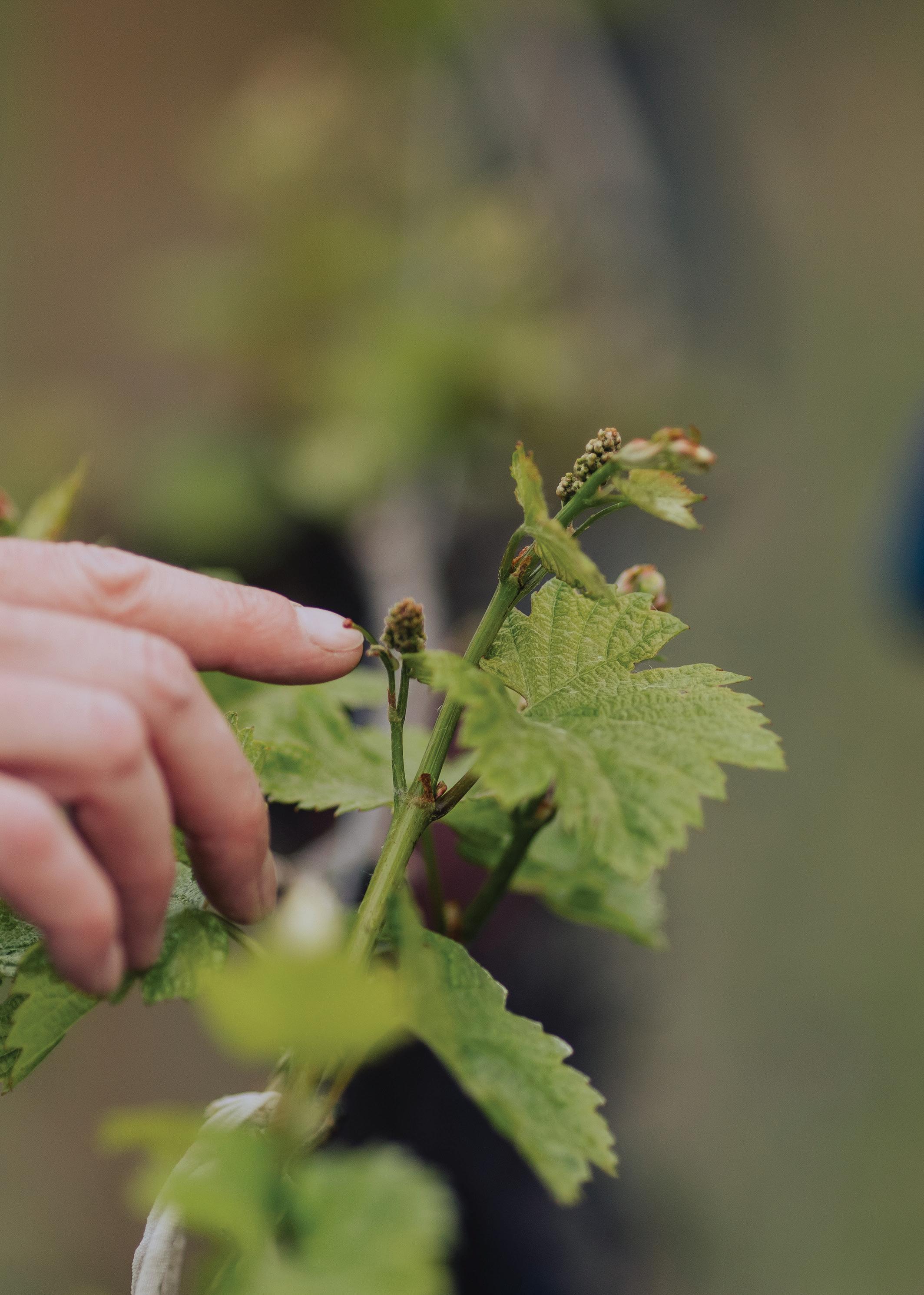
Information on the performance of Pinot Noir still relies, by and large, on observations from trials conducted overseas. That’s a sad state of affairs for New Zealand’s second-most-planted variety (after the colossus that is Sauvignon Blanc).
At Riversun Nursery, we regularly monitor and record the performance of our roughly 20 Pinot Noir clones, but our vines are trained for scionwood collection and our Gisborne source blocks may not reflect how the vines will behave in regions known to produce exceptional Pinot Noir wines.

So it’s really cause for celebration that results are in from a Central Otago replicated trial designed to measure clonal performance of Pinot Noir. A few years ago, Rachel Petrie, a horticulture/viticulture lecturer at Otago Polytechnic, contacted Riversun about some spare rows in their one-hectare training vineyard that they were looking to replant. Did Riversun have any spare vines or ideas on what to do? After some discussion, it was obvious to both parties that it could only be a Pinot Noir trial. Riversun and Central Otago Polytechnic signed a memorandum of
understanding in 2016, and, in spring 2017, 48 vines of 12 different clones of Pinot Noir on rootstock 3309 were supplied.
While the site’s sandy loam soils are reasonably consistent across the block, the vines were planted in a simple replicated plot layout to reduce any soil variability and edge effects.
The existing row spacing of 2.4 metres was retained and the vines were planted 1.33m apart. New dripline was installed inline, with 1.6 litres per hectare at 60cm spacing. Vines were trained to two-cane VSP and 6-8 buds per side were retained at winter pruning in 2021.
Rachel noted that a fast flowering right in the middle of adverse weather could have caused some issues: “A 20mm rainfall occurred right at the beginning of flowering, but our open canopies, and the use of our airblast sprayer (with nothing in it) meant water didn’t stick around long enough to cause any stuck caps.” Flowering went through within a week, followed by a week of damp weather. The result, adds Rachel, delivered “nice full bunches throughout all of the clones of Pinot”.
The 2022 harvest in Central Otago was an excellent one, and the crop from the trial vines was even across the clones. So even, in fact, that we decided to harvest all the clones on the same day.
The vines had received some green thinning to ensure nothing was overloaded (we did not collect numbers of green bunches that were removed). Rachel and her students harvested, weighed, and counted all clones on 24 March.
The 777, 667, 115, and 114 planted in this trial are imports from ENTAV in France and may be different to what are commonly called the “Burgundy” or “B” clones imported earlier directly from Raymond Bearnard in the early 1990s (the B113 in this trial was not re-imported). As mentioned, the excellent flowering and harvest has provided a good start to collecting data from the site.
The results generally support what we would expect from the 12 clones. It is great to have some real numbers, and we will continue to collect data and build on this data set each year. Clones generally known as productive, including Abel, 10/5, CL 5,


CL 6 and B113, all cropped at 1.6kg per vine or more (greater than 5t/ha). What is interesting about this group is the difference in brix, in particular CL 5 and CL 6, which were up to 2 brix higher than Abel and 10/5. Also of interest is clone B113 at 1.6kg per vine, seemingly driven by the highest berry weight and 10/5 at 1.73kg per vine with the lowest berry weight. As expected, the newer ENTAV clones, 943 and 828 (selected for quality), had lower yields, although the lower yield of MV6 was unexpected.

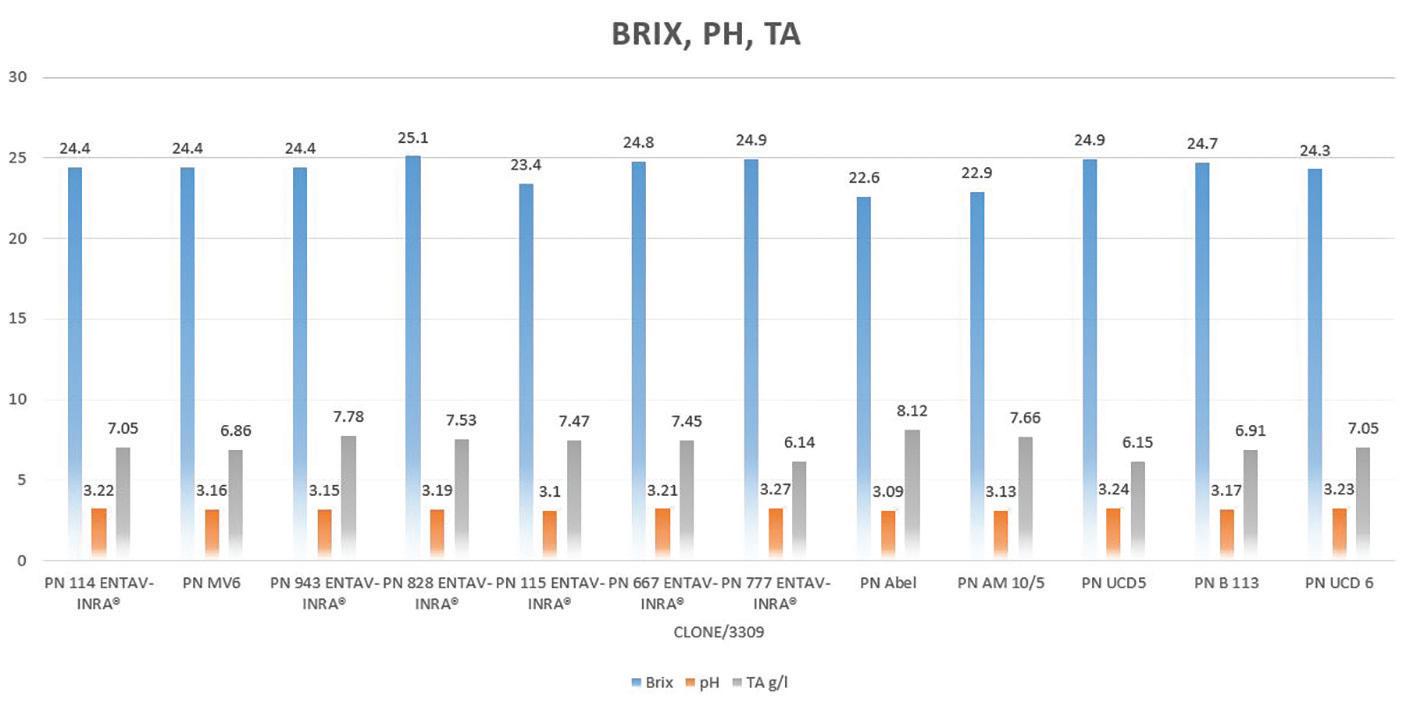
The site has also been a fantastic teaching tool, helping horticulture students on campus to understand more about clonal variation and the pruning/training of younger vines. We hope they have also taken on board some of the guidance provided in the regular visits from the Riversun team.
There is so much to be gained from such a plot. Pinot Noir is well known to demand much from the grower and the winemaker, and information specific to New Zealand will be welcome for characteristics related to vigour, productivity, disease tolerance, and so on. The data we are gathering is of value to anyone in the industry who faces the challenge of choosing Pinot Noir clones.
In the future, Riversun and Otago Polytechnic hope to invite industry members on site to observe the differences in these clones. We also hope to collaborate with Bragato Research Institute to see some clonal microvins made.




All in all, a great effort from Rachel and the team. Thank you, Otago Polytechnic.
Nick Hoskins has been the viticulturist at Riversun Nursery for more than 20 years, consulting with clients on vineyard planting, clones, rootstocks, vine health, and just about anything else they require in terms of vineyard advice: riversun.co.nz
There’s “a world of opportunities” when it comes to careers in horticulture and viticulture, says industry educator Rachel Petrie. The Senior Lecturer at Otago Polytechnic began her own career at the school in 1996, when she began her diploma in horticulture, before joining the newly planted Akarua Winery in Central Otago.
It evolved from there to vineyard management at Prophet’s Rock, then soil moisture monitoring across the region, which took her to myriad organic and biodynamic vineyards, and revealed the “amazing” variations in soils from block to block, she says. “Literally over the fence.”
The work connected her to a wealth of contacts in the industry, and when Rachel returned to Otago Polytechnic in 2016, that proved useful in attracting wine workers to study. She’s also tapped into her experience in the field to help craft a course suited to industry and student needs, including work-based study that ensures students are engaged
and expanding on their learning alongside experienced industry leaders, Rachel says.
There are currently 40 in-work learners undertaking the New Zealand Certificate in Horticulture (Fruit Production, level 4) while employed on commercial orchards or vineyards - mostly in Central Otago. Their backgrounds range from machinery operators and assistant managers to winery hands and staff in organic and biodynamic operations, Rachel says.

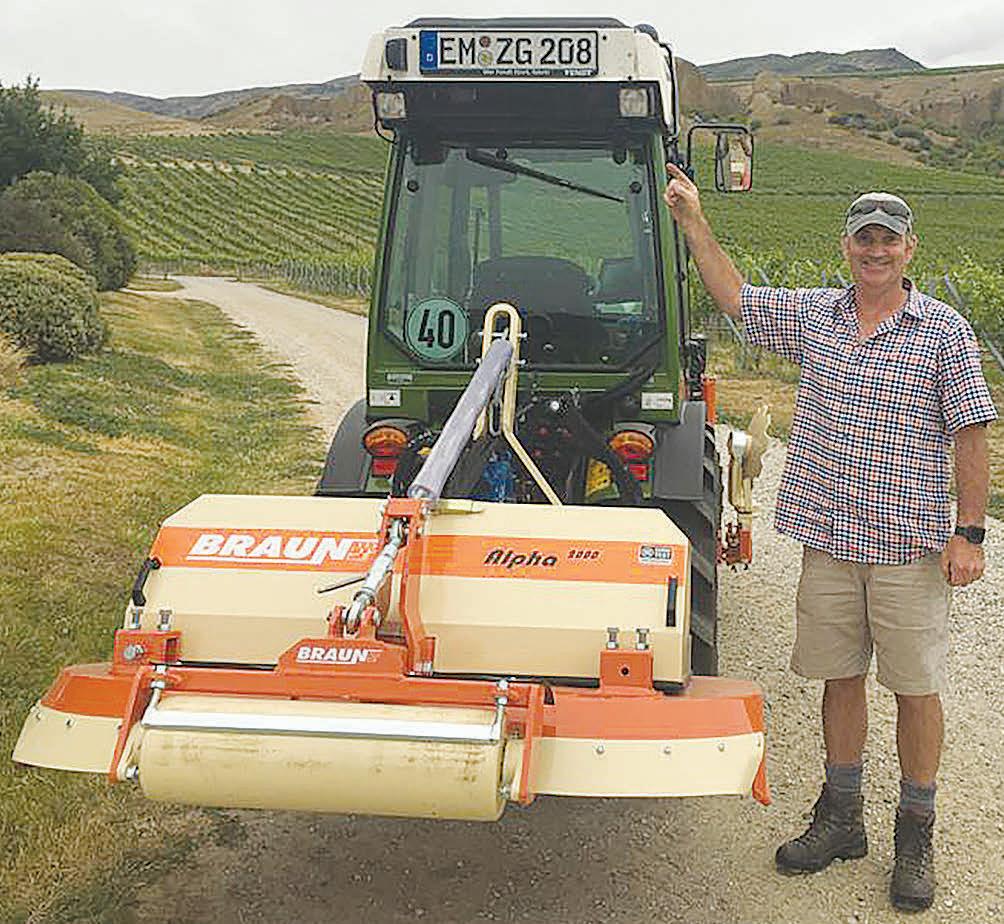
Te Pūkenga/Otago Polytechnic launched a new programme pathway this year, aimed at refining winegrowing and fruit production skills. Designed for those already working in the horticulture and viticulture fields, the New Zealand

Diploma in Horticulture Production (Level 5) is taught at night and online, and organised to accommodate seasonal pressures.
“There are so many growers crying out for vineyard managers, assistant managers and key machinery operators,” Rachel says, welcoming an influx of practical people, including those who have worked in vineyards and orchards for many years, but don’t know “the whys” of what they are doing. “What’s going on inside a plant and why do they react to certain conditions?”
Otago Polytechnic is now part of Te Pūkenga – New Zealand Institute of Skills and Technology.


When it comes to small talk, Rob Agnew has no end of material. The Plant & Food Research Marlborough climate expert has been reading, recording and disseminating weather records for the wine industry for nearly three decades, offering insights into patterns, phenology and disease prevention. He’ll deftly dig out decades-old data whenever it’s required, and act as a harbinger of each season’s progress.
“He is the ‘go to’ person if you want to know about the weather in Marlborough and how it is likely to be affecting our agricultural and horticultural crops,” said Dr Mike Trought when presenting his longtime colleague with the 2022 Marlborough Research Centre (MRC) Award in late September. “Or how much rain we have had, or how we are doing in the national sunshine stakes, or how many frosts we have had, and the extent to which climate change may be affecting the long-term weather.”

Speaking at the official opening of The New Zealand Wine Centre - Te Pokapū Wāina o Aotearoa, Mike called it an “understatement” to say Rob is central to the success of research in Marlborough. “To achieve this, Rob has been totally committed to maintaining a network of weather stations around the region for a long time – no easy task when a spider can cause them to turn off.”
Minutes before I talk to Rob, on a Friday in October, VineFacts arrives in my mailbox like clockwork, the 711th weekly edition since the services began (as VineFax) in 1997. Across the country this potent newsletter is the grapegrowers’ go-to for phenology and disease insights, growing degree days, rain and evapotranspiration summaries, and statistical comparisons with previous seasons. It also provides valuable predictions of flowering, véraison and harvest dates for Chardonnay, Pinot Gris, Pinot Noir, Merlot and Sauvignon Blanc for 31 monitored blocks across six wine regions.
But if it hadn’t been for Dargaville, New Zealand’s wine industry might have lost its most vigilant data keeper. Rob grew up in Blenheim, then shot off to Lincoln University for tertiary studies, emerging with a degree in
agricultural science, a focus on dairy science and farm management, and a likely career as a farm advisor. A few short-term contracts ensued, including six months at Lincoln’s Biological Husbandry Unit, before Rob was offered a job in Dargaville in the early 1980s.
He and his new bride Lynne decided that travel appealed more, and the couple set off for nearly three years living and working in the United Kingdom. In late 1985, when Lynne was pregnant, they decided to return to Rob’s hometown, and by 1986 he had a temporary contract at the MRC, working for Mike. The contract was renewed repeatedly, until two years in, when Mike’s boss said he had to let Rob go. “My response was ‘if you want to sack him, you will have to come and tell him yourself’,” Mike told the audience at the award’s presentation. “He didn’t come, and so, as they say, the rest is history.” Now, 36 years after his three-month term began, Rob is one of the longest serving members of the MRC and Plant & Food team.
Rob notes that it’s not fashionable to stay in jobs for that long these days. “But different people have different natures, and my nature is not to strive to climb a career ladder.” Instead he has steadily worked to support his fellow researchers and to disseminate science to winegrowers and to the wider public, quoted in at least 144 Marlborough Express articles since 2009.
VineFacts has been a key part of his work, evolving over the years to provide vital information to growers, allowing them to better plan for disease management, vineyard work and harvest requirements. It’s all quite apt, given the Scottish arm of Rob’s family carries the motto concilio non impetu, loosely translated as ‘by planning, not by rashness’.
VineFax – the ultimate example of concilio non impetu – came out of a disease management programme developed with Dr Rengasamy Balasubramaniam (Bala) in the mid-1990s, with a steering committee chaired by Ivan Sutherland, who at that stage was Cloudy Bay Viticulturist and is now an MRC trustee. “You told me I should send this out to the industry, but you never told me when to stop,” Rob said to Ivan at the presentation. “I am still awaiting further instructions, 26 years later.”
The programme worked with a small group of early wine companies, monitoring disease on vineyards with the aim of moving away from calendar-based spraying. Rob says Marlborough spray programmes in those early years were adopted from Gisborne and Hawke’s Bay, where heavier schedules were required. Despite the lower risk of botrytis and powdery mildew in Marlborough, he recalls at least one vineyard putting on 25 sprays in a season.
The Bacchus botrytis risk model was developed and VineFax tapped into its findings to advise growers when to spray, effectively cutting the number of sprays in half, says Rob. When the project ended, the partner growers asked for VineFax to continue as a paid service, and it extended out to others wanting to opt in. As faxes became outdated, VineFacts, as it then became known, was more relevant than ever, and by 2004 they were using focus vineyards in Marlborough to record and report on phenology. Rob says this has built an invaluable data set over nearly 20 years, while noting that the French have been doing that for more than a century.
Long term data and phenology modelling are powerful tools in helping winegrowers
plan. “Knowing in advance when you can put sprays on, or when flowering is going to be, or véraison or harvest. It gives them a heads’ up, rather than getting a surprise,” Rob says. “You don’t want to put a spray on in late January only to discover you can’t harvest your grapes because harvest is early. And that has happened.” The same goes for bringing in international vintage labour without a clear idea of when harvest will kick off. “The phenology data for the current season will give you a heads up. We can give a pretty good estimate at budburst when flowering will be, and at flowering when véraison and harvest will be.”
Now, as climate change impacts growing seasons, the data is more important than ever, says Rob, whose latest broadcast notes a run of six years with higher-thanaverage spring temperatures and 10 years of warmer-than-average temperatures for the season from September to April. “The seasons are generally getting warmer and as a consequence earlier.”
From 1997 to 2014, VineFacts was a subscriber-based service for Marlborough growers, delivered via the MRC. In 2014 the MRC gifted VineFacts to New Zealand Winegrowers which, with assistance from
the Sustainable Farming Fund, extended it to include Gisborne, Hawke’s Bay, Wairarapa, North Canterbury and Central Otago, with Nelson as a later addition. That meant Rob could dip into even more data, and more growers throughout the country could get their wine facts through VineFacts. That includes extension of research, thanks to Rob’s ability to take the science and make it compelling reading. “Because I haven’t got a PhD in a specialist area I have probably been much more of a generalist,” he says, valuing the opportunity to work more closely with the industry than an “academic scientist” might.
“The thing that really gives me the most pleasure is taking the information that my research colleagues produce and being able to communicate it to the industry and hopefully put it in a way that people can grab hold of and understand.”
Ivan says Rob’s contribution to the wine industry has been “immense”, noting his invaluable role in sharing knowledge of powdery mildew and botrytis and their seasonal effects as relayed in comments to growers. The MRC Award recognises exemplary service to Marlborough and the regional economy in the fields of research,
science and technology, aligned to the primary production sector, he adds. “With Rob a great deal of this service has been associated with the wine industry.”
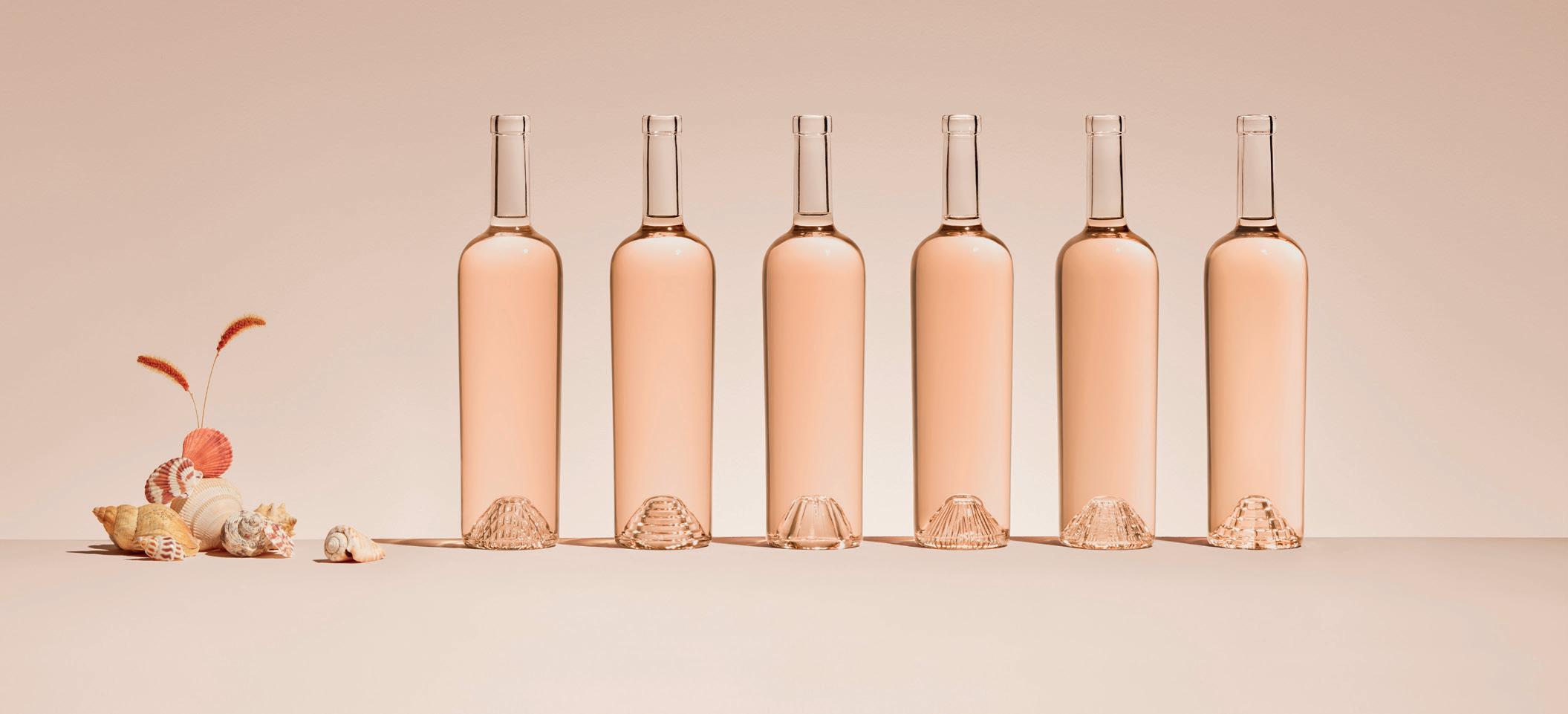
VineFacts may have been a long-term role, but Rob says there’s been plenty of diversity during the past 36 years, the first 10 of which were spent mostly with cherries. And there’s always something different going on with the weather, “which is why you can write about it for 30 years”. He’s perhaps less enthused by the sunshine stakes, with his reputation for pronouncing Blenheim as the sunshine capital clouding over in recent years, as Richmond, New Plymouth and Whakatane have stepped up their sunshine hours in comparison to Marlborough.
Rob says his dab hand with data has developed with the job, but admits that it’s become something of a joke in his household, with Lynne heard to suggest she can’t quote a statistic without being told she’s “not quite correct”.
Winning the award was quite something, especially with Prime Minister Jacinda Ardern in the front row. “That was really special,” says Rob. But, true to form, he doesn’t see the accolade as his alone. “I see it being a team effort.”
PhD student Sarah Manners has made it her mission to better understand the world of volatile sulphur compounds in winemaking. Sarah works out of the Biomolecular Interaction Centre at Canterbury University and is working with Bragato Research Institute (BRI) to use sulphur bacteria and their enzymes to improve testing. Sarah shares some insights into her research in this Q&A.

How did you become interested in wine science?
I’ve always had a love of food and drink personally. I love to cook and had always wanted to incorporate some sort of food science into my research. My research journey has included a wide range of passions, from chemistry to biochemistry and microbiology. Therefore, something that involved a little bit of everything, such as working in the wine chemistry sector, seemed liked a perfect fit. I love the way all the aspects of wine chemistry fit into my research and how much there still is to learn.
compounds are complex in the way they affect wine, with concentration and synergistic effects between compounds playing a significant role as to whether a favourable or unfavourable aroma is produced in the finished wine.
My work looks to increase accessibility to high quality testing of sulphur compounds in the wine industry. With my diverse research background, I hope to leverage the unique geothermal atmosphere we have in Aotearoa, to improve testing using sulphur enzymes from unique microbial species found in our most extreme environments. These ‘extremophiles’ are species that love hot temperatures, little oxygen, and vast amounts of unique trace elements, such as sulphur. By combining these two worlds, I look to improve understanding of the sulphur cycle, what these enzymes can do, and how we can use them in the winemaking process.
consistency between ferments. This will not only help the New Zealand wine industry produce better products but will also turn volatile sulphur compounds into an advantage by producing better tasting, more complex and unique wines.
What role do sulphur compounds play in wine?
Sulphur compounds attribute a characteristic fingerprint to wine aroma in both good ways and bad. Volatile sulphur compounds are compounds with a high boiling point and include well known winemaking compounds such as hydrogen sulphide, which has that distinct rotten egg aroma. These volatile compounds all have unique aromatic properties. Unfavourable aromas range from cabbage to rotten egg to burnt rubber, while favourable aromas can include struck match flinty aromas or complex tropical aromas. Sulphur
The New Zealand wine industry relies heavily on conventional methods for testing sulphur content, such as copper/ cadmium tests or just smelling for the characteristic aroma of hydrogen sulphide during fermentation. This limits the level of detection and therefore limits understanding as to how these compounds contribute to wine quality. By improving understanding, testing and developing potential remediation strategies, we can improve overall wine quality and
As I mentioned, we are in the early stages of research with the project, so the testing method we develop will largely depend on what we are able to leverage from Aotearoa’s geothermal systems. Regardless, we aim to develop an accessible, cheap, enzyme-based assay to reduce current testing detection limits for volatile sulphur compounds. Alongside this, my fellow PhD student Daniel Mak is doing awesome work with Winealyse and Lab-on-a-Chip technology, and there is potential there for future collaboration, developing enzyme based microfluidic assays, specific to volatile sulphur compounds. We are excited to see where Daniel’s work goes, and for the future of this research generally.
We have an excellent team, with supervisors Associate Professor Matthew Stott and Professor Renwick Dobson from the University of Canterbury, alongside Tanya Rutan from BRI, and Manpreet Dhami from Manaaki Whenua - Landcare Research. This work is supported by the University of Canterbury’s Aho Hīnātore Accelerator Scholarship, with collaboration from the Food Transitions 2050 Joint Postgraduate School.
“Sulphur compounds attribute a characteristic fingerprint to wine aroma in both good ways and bad.”
Sarah Manners
Winston Churchill said “the farther back you can look, the farther forward you are likely to see”. Keeping and then using good records helps make better decisions.
Growers can access a range of records to improve production efficiency. The New Zealand Winegrowers sustainability programme provides credentials to markets and organisations such as councils and government. Benchmarking and comparing vineyard data with regional data provides growers an important ability to compare their operation with other growers and identify where improvements can be made.

The weekly VineFacts provides current and historic climate, phenology and disease records. They enable us to anticipate potential changes in the future. For example, a long-term warming trend of 0.82C from 1973 to 2021 (VineFacts Marlborough, no.5, 2022) would suggest that over time subtle changes in wine style may occur, while
an earlier flowering and longer growing season will enable growers to produce and ripen larger crops. Comparing seasonal temperatures with previous seasons at key phenological stages can also be used to
combined with the Vineyard Register report, average yields can be calculated. However yields can vary within a region and a recent vineyard survey clearly shows yield zones within the Marlborough region (Bramley et al., 2020). Collecting data about yield components (for example, average bunch and berry weights, bunch number per vine and vines per hectare) enables growers to determine how their site relates to the predicted and regional yield, and the analysis of yield components provides guidance on how to manage vines to achieve a consistent sustainable yield. Several seasons of data collection and collation is needed to be useful.
predict yields (Trought, 2005; Zhu et al., 2020), and adjust vineyard, winery and marketing operations accordingly.
New Zealand Winegrowers’ Vintage Survey Report provides a historic summary of yields by region and variety, and when
Dr Mike Trought is a scientist with more than 40 years’ experience New Zealand’s wine industry. He is a fellow of New Zealand Winegrowers and was inducted into the New Zealand Wine Hall of Fame in 2017.

The weekly VineFacts provides current and historic climate, phenology and disease records. They enable us to anticipate potential changes in the future.

Oliver Styles has a perfect foil for his working life as a wine writer and winemaker in Hawke’s Bay. The co-owner of Halcyon Wines recently returned from the Commonwealth Fencing Championships in London, one of his former stomping pistes, coming 18th in the sabre - his weapon of choice. But he won more kudos in beating Iron Maiden’s Bruce Dickinson in the foil, “which is all anyone wants to talk to me about”.
Growing up in Oxfordshire, Oliver knew little about fencing, except what he saw in old Errol Flynn swashbucklers, or the 1960s Avengers on TV, with John Steed wielding an umbrella-obscured sword. But when a university orientation in 1998 introduced him to the fencing club, he was immediately hooked. “I thought ‘oh, I’d like to hit people with swords; that sounds like fun’.”
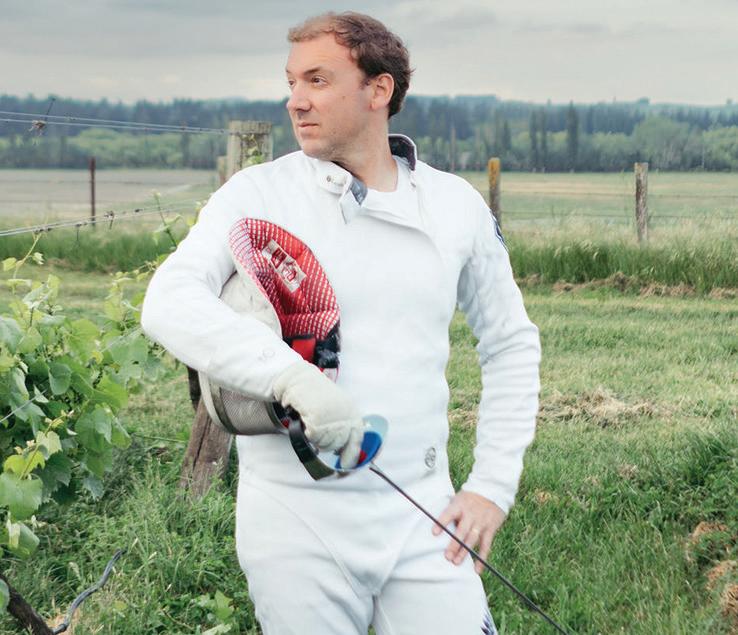
He went along with a couple of mates, “and it really gelled”, he says, admitting to being a sucker for the romance of the sport and its crisp white outfit. The friends dropped out but he stuck with it, and in his final year made it onto the university team, despite having no formal training. “I wasn’t very good,” he says, recalling a “deficit” situation at the end of the year, having received more hits than he’d given. “My net contribution to the team was pretty abysmal.”
Fencing is very physical, and you “sweat buckets”, but there’s strategy as well, in a martial art frequently compared to
chess. He started out with foil, where the object is to strike with the point, but now specialises in sabre, which is based on a cutting and stabbing a cavalry weapon, with points allocated for a more complex array of strikes. That is very much about “snap decision making”, requiring a cool head, says Oliver, who soon realised that
aggression does not work in fencing, but nor does complacency. “Having a calculating brain and physically moving wins out.”
Oliver and his wife Amy HopkinsonStyles were living and winemaking in Spain when they decided to have a vintage in the Wairarapa in 2011. In 2012 they came back to New Zealand, got married, did another vintage, then stayed. Oliver’s fencing gear came along for the journey, but unpacking it seemed hasty, given the closest training establishments 10 years ago were Wellington and Auckland. But Oliver tracked down a small club of people in the bay at around the same time as fencing coach Baz Clark arrived in the region, reinvigorating his ripostes.
In 2018, Amy and Oliver established
Halcyon Wines, bringing learnings
Spain
business,
naturally fermented wines
no additions, from organic handpicked fruit. Now, when he’s not doing that, or writing about wine for Wine-Searcher and wine magazines (including New Zealand Winegrower) Oliver could well be found running or biking, or training with his sabre.
Fencing duals used to be to the deathor at the very least first blood - and even on the piste there were some “horrific” accidents in the past, he says. But these days the materials and technology used mean it is “an exceptionally safe sport, whereas I don’t think I would walk into a boxing ring quite so happily”.
It is, he claims, “kind of a useless skill”, but I can’t help but think he and sabre would be superb when it comes to ceremonial sabrage. En garde! Prêts? Allez!
Left and above, Oliver Styles. Photos Ash Scott



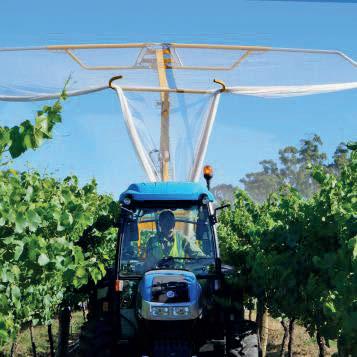
“I thought ‘oh, I’d like to hit people with swords; that sounds like fun’.” Oliver Styles
Geoff Wright always planned to produce organic wine, wanting to make the best product he could while protecting his soil, family, workers, and the next generation on the land.
Now, 22 years after he made his first wine as a student in Gisborne, Wrights Vineyard & Winery has won Sustainable Winery of the Year at the 2022 New Zealand Organic Wine Awards which he’s “totally over the moon with”.
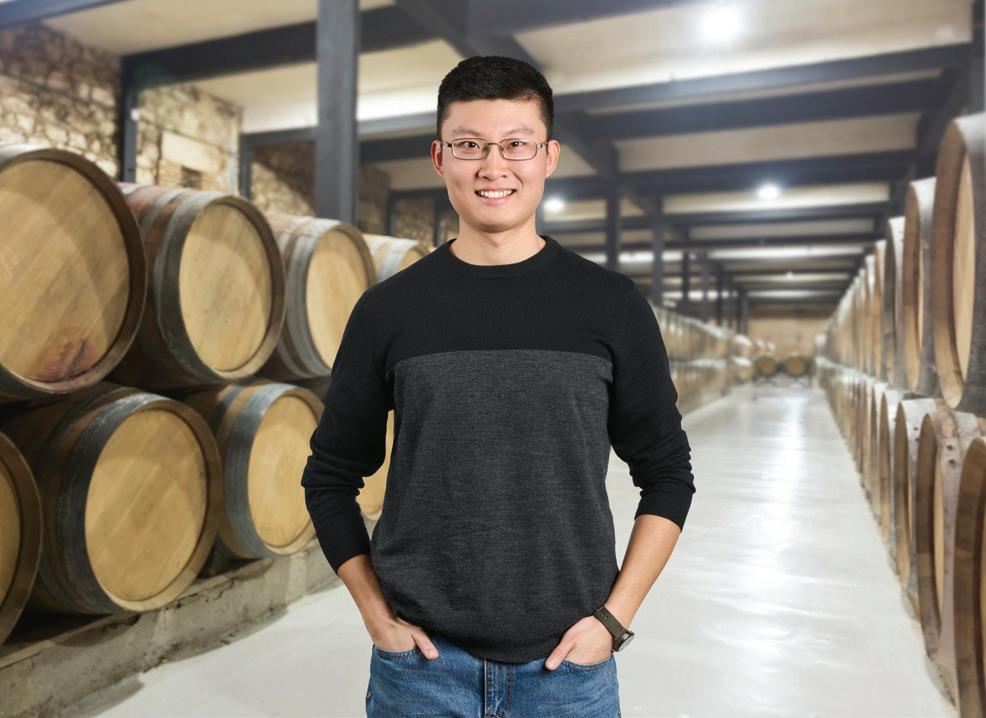

Geoff says he was “still a kid” when he left a corporate job in Auckland in 2000, aged 25, to follow his growing interest in wine by moving to Gisborne to study at the Eastern Institute of Technology. He’d previously studied business and marketing (and is still a chartered accountant), but wine was something he had to learn from the ground up. “We got to grow our own grapes, make our own wine and we had two lecturers with PhDs, so we were lucky and could learn a lot. I was a bit of a sponge back then.”
The course included making his own wine and going through the marketing process of labelling. “Then in 2001, I went out and purchased fruit and was able to use their facility to make a commercially viable wine.” The fruit was certified organic and vegan, which created a stir he hadn’t expected. “Not a lot of people knew about animal products going into wines at the time,” he says. “We were the first winery in New Zealand to be certified vegan, and all of a sudden, I had television news crews coming around to interview me and I was on Nightline. My wines were in hardly any shops at the time, so it was interesting trying to launch a new brand and do all the marketing and sales as well.”
It was only after he completed the course that his aunt told him his great grandfather Stanko Jurakovich was one of the original winemakers in 1930s Auckland. “Our original vineyard and winery was sold to Kumeu River in the late 1940s.” Perhaps that’s why “something just clicked” early on, and Geoff worked hard to save for a deposit
on his first piece of land on a north facing hill in the Ormond Valley. He purchased the land in 2005 and planted 20,000 ungrafted cuttings, which he had been growing for two years in the kiwifruit orchard of a work colleague.
Later that year, he met his future wife, Nicola. “She had told her mother that she was going to Gisborne to meet Mr Right and said he was going to be a winemaker and that she was going to fill the car with kids.” It all turned out to be true, says Geoff, noting the five sons they now have helping in the cellar door, vineyard and winery. “Only the spelling of Mr Right is Mr Wright. She now looks back and says she wishes she’d been a little more specific and wished for an established vineyard.”
The lure of lovely beaches and a friendly lifestyle were drawcards to Gisborne but following his dream of owning a vineyard and winery did not prove an easy journey. “I didn’t even make any money for the first 15 years,” Geoff says. And while Wrights was naturally an organic vineyard, that’s a
Geoff Wright
“It’s bloody exciting seeing people now regularly enjoying our wines.”
Geoff Wright
perennial challenge. “The easiest part of being organic is to know that we’re not doing any harm to the soil when we produce wine, which impacts on my family, my workers and the next generation,” he says.
“One of the biggest issues of running an organic vineyard is the grass competition.” A recent development is a mower that throws the grass underneath the grapevines as mulch. “That’s a practice that at times can work quite well. What we’re getting is utilising the mowed grass and chucking it in as a mulch then turning the soil over for microbial activity and composting down. We’re adding a lot more organic matter.”
As well as protecting the soil, Geoff, Nicola and the five boys are restoring a wetland. “We are extending our stewardship of the land by planting native trees and looking after the land around our vineyards. It’s about more than the grapes.”
The Organic Wine Awards Sustainable Winery of the Year Award recognises producers who have excelled above and beyond Sustainable Winegrowing New Zealand requirements and organic certification, including social responsibilities to sustain and improve the local environment. In awarding Wrights,

the judges noted that it continually seeks to improve its practices and seek out new initiatives, including native planting, composting, vegetable gardens for use at the cellar door, and support of local community initiatives. “Wrights are a shining example of how a winery can add benefit to the local area, both economic and social, whilst running a healthy, organic vineyard.”
The couple have grown their brand significantly over the years and now own 18 hectares of vines, including Chardonnay and Pinot Gris, as well as Pinot Noir that predominantly comes from vines grown in the Ormond Valley. “We do really well with Pinot Noir,” says Geoff. “It’s a lovely rich wine, quite deep in colour with nice cherry flavours and made in quite a ripe style. We do a bit of fruit thinning as well because grapes in Gisborne can be quite vigorous.” Their next brand is to be called Love It,
because “we’ve been in business for a while and we still love it”, says Geoff. “This brand won’t mention organics on the front but may have mention it on the back label. So far, we’re planning to make a Rosé and a Syrah.” It’s been a “massive effort” for the couple to get Wrights into retailers nationwide, so “it’s bloody exciting seeing people now regularly enjoying our wines”, he says.
From December this year, Wrights will have a cellar door and business manager in charge. “We’ve generally been a husbandwife team and run the business in a very lean way, but as we’ve increased production – and we want to revitalise the cellar door – we need a little help and more work-life balance.” Geoff says. “Looking back, nearly 25 years since we began, I realise that we’ve been pretty fortunate, and the win of Sustainable Winery of the Year is a great achievement for us.”
Wine: Stonyridge Larose Meal: Poached pears in red wine with vanilla ice-cream Album: Smashing Pumpkins - Mellon Collie and the Infinite Sadness Book: Power of One by Bryce Courtney
New Zealand’s top young winemaker is planning to age Negroni – not wine – in the gleaming oak barrel that doubles as his trophy. It’s a typical move for Alun Kilby, the 2022 Tonnellerie de Mercurey New Zealand Young Winemaker of the Year. He made fortified wine for his degree at Lincoln University, “because everyone else was making normal wine”, and fermented feijoas growing up in Matakana. “I am always out there to try new things and learn new things,” he says.
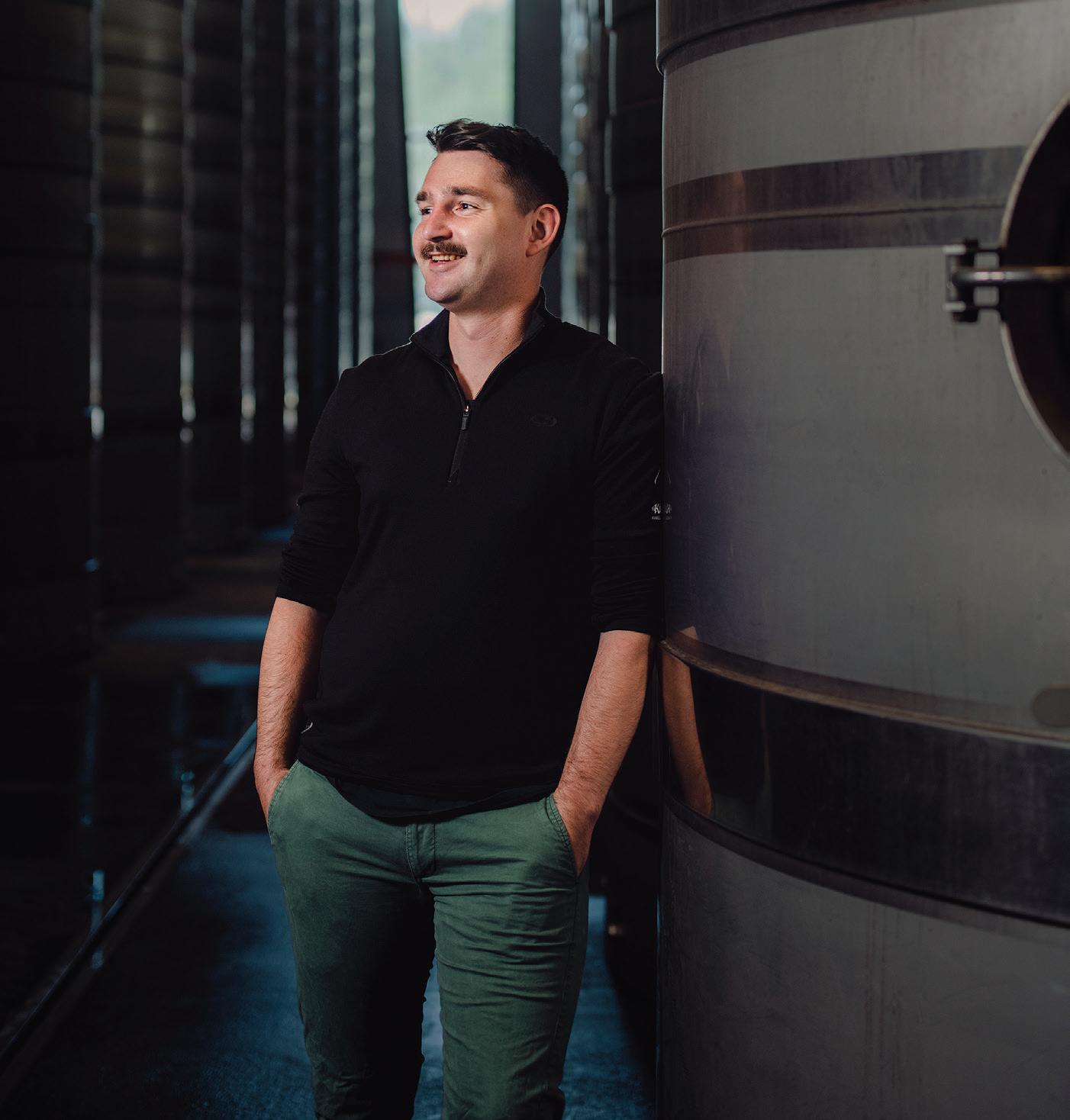
Whatever he’s doing, it’s working, because the 28-year-old Production Winemaker at Marisco has prematurely reached his goal of winning Winemaker of the Year before turning 30. “Now I have done that and have two years to rethink my plan and strategy.”
Alun won Marlborough’s regional competition in late September, up against
the event’s largest ever field of 10, putting four previous tilts at the title to good use. But when it came to the nationals in Marlborough on 3 November he was “going in blind” and with low expectations, “so taking out the win was huge”. Alun considers public speaking his weakest field but took the top spot in speeches at the nationals, waxing lyrical about why tourists should head to Marlborough now that borders are open. “I came out firing; it was natural and felt good,” he says. “That was really exciting.”
The regional and national wins are the “icing on the cake” of a year that has seen his career develop in “leaps and bounds”. Promoted to Production Winemaker earlier this year, Alun works with seven varieties at Marisco’s state-of-the-art winery, using everything from a 320,000 litre tank to two 700l clay amphorae named for Greek gods Silenus and Dionysus. He also gets to shake the status quo via winery trials, including a successful project putting a tonne of oak chips in an 80,000 tonne tank of Sauvignon Blanc, fermented warm with high solids.

“I feel so young to be where I am, and I have a stack of time to think of what’s next.”
Alan Kilby
He says the competition has also helped him push boundaries and has given him more knowledge in his role, while raising his profile throughout the industry. “Your name is floating around there now and everyone knows who you are.”

Alun grew up making wine with his mum in their Matakana kitchen, defrosting frozen berries and plucking fruit from their garden orchard to frequently fire up ferments. Some were more palatable than others, but they all provided valuable experience and learnings, putting Alun’s fascination with biology and yeasts to practical use.

His mother has since passed away, but she remains his driving force in the wine industry. “I always felt that with this competition she would be super proud of me,” he said after the regional win. “She would be stoked. So, I do it more for her than for me.”
Following his precocious start, Alun started holiday vineyard work when he was 13, then went on to do the Bachelor of Viticulture and Oenology at Lincoln University, during which he worked the 2014 vintage at Marisco, more certain than ever that he’d found his vocation. When
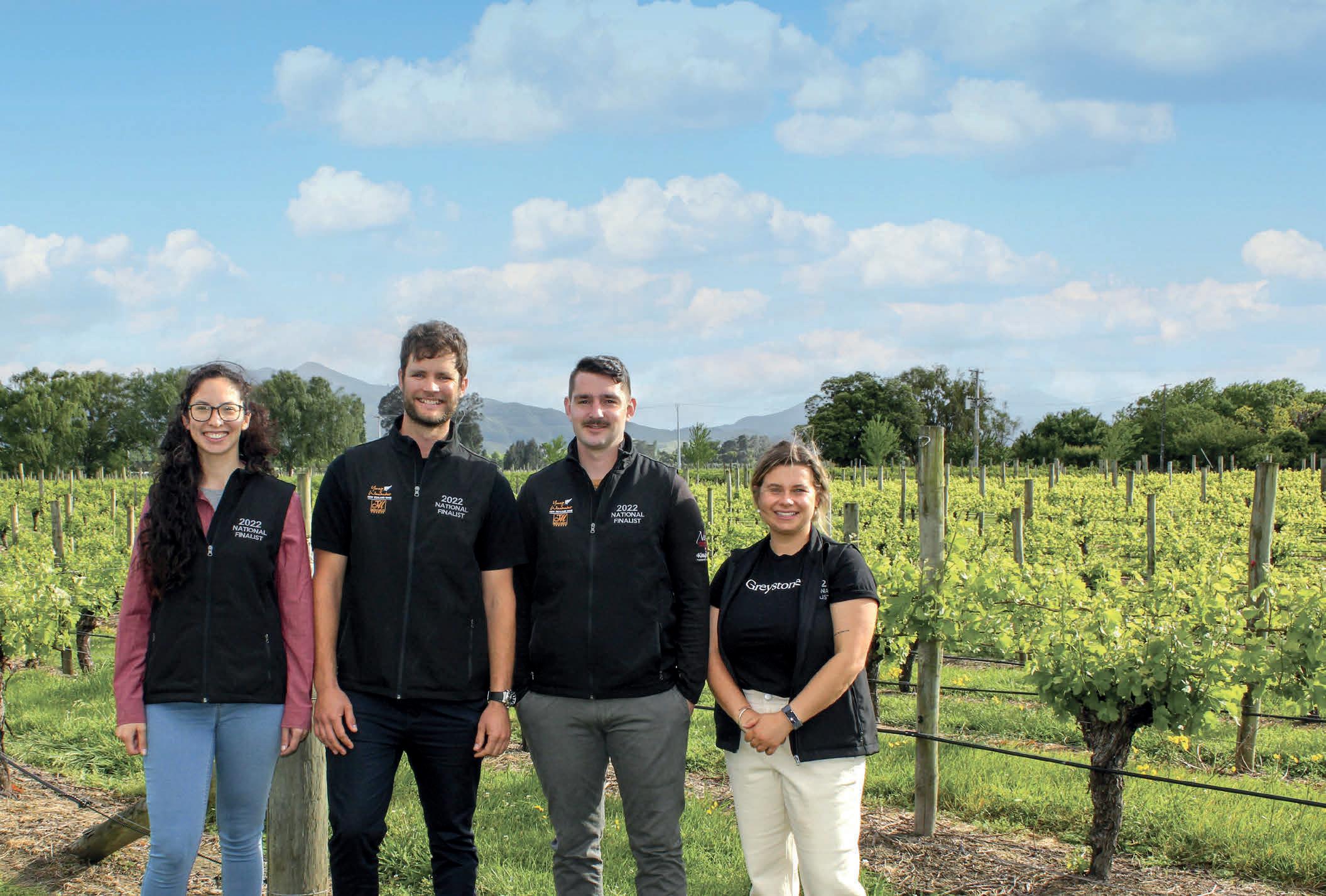
the degree was done, he worked in Central Otago, then returned to Marisco as a cellar hand in late 2015, before overseas vintages, and a 2018 return to Marisco, where he was made Assistant Winemaker.

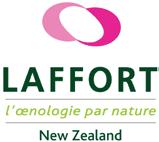


With two years up his sleeve before he reaches 30, and no longer eligible to compete in the Young Winemaker competition, Alun will join the committee instead. But while his Negroni ages, his home brew settles, and his thoughts of
Greystone’s Georgia Mehlhopt was the first person from North Canterbury to compete in the Tonnellerie de Mercurey New Zealand Young Winemaker of the Year national final, where she took out second place. The other contestants were Douw Grobler from Trinity Hill in Hawke’s Bay and Eliana Leal from Amisfield in Central Otago. The judges were impressed with the high calibre of the finalists, who demonstrated passion for winemaking and understanding of the challenges and opportunities for the New Zealand wine industry.
distilling purify, he’ll be on the lookout for another challenge. “I feel so young to be where I am, and I have a stack of time to think of what’s next. But there’s always Young Vit…”
Along with his trophy barrel, Alun won $1000 and a visit to the Tonnellerie de Mercurey cooperage in Burgundy. He will be an associate judge in the New World Wine Awards and will review some of his favourite wines in DrinksBiz magazine.
The four finalists were tested on their wine market knowledge and laboratory skills; had to prepare a plan for producing a premium single vineyard Pinot Noir; and presented their views on the best new innovations in the wine industry. They were also judged on an interview; on weighing up options for purchasing a new humidifier for a cellar; and judging wines in a wine show setting.

All finalists took home a bottle of Church Road’s Tom and will meet again early next year on an educational trip hosted by Fruitfed Supplies.



A huge thank you to all our generous sponsors
Lynnette Hudson is fresh off the plane from Austria when we speak, having run a Pinot Noir workshop and worked a sevenweek winemaking stint. But life shows no signs of slowing down for the consultant winemaker, who is in full swing organising January’s Southern Pinot Noir Workshop being held in Hanmer Springs. Does she get time to sleep? “Sometimes,” she laughs.
The well-known winemaker cut her career teeth at Pegasus Bay where she lived, worked and breathed wine for two decades, departing in 2013 to become a consultant. Today she works for Fine Wine Delivery Company one day a week, tasting wines and writing, while also winemaking, running the Pinot Workshop and working for New Zealand Wine Rater with Stephen Bennett MW.
Lynnette’s winemaking journey began when she was doing a Bachelor of Science at Auckland University and her brother piqued her interest with his wine tasting notes.


“He was a few years older than me and I remember buying Dienhart’s Green Label, thinking it was sophisticated, so did a polytech wine course at night in 1984 or 1985 and it took off from there.”
She moved to Christchurch with her boyfriend where she took on a job as a
medical diagnostic sales representative and began attending tastings. “I became hooked.”
From there she moved to Sydney for a year working at a wine store as a corporate sales representative, which swung her decision to move back to New Zealand and begin a post graduate winemaking degree at Lincoln University. There she met Mat Donaldson of Pegasus Bay and worked her first vintage with the legendary viticulturist-winemaker Danny Schuster, who made some of the great Pinot Noirs of North Canterbury’s early days at his Omihi vineyard.
She went on to work as a winemaker alongside Mat, accepting his invitation to stay at the cottage one vintage and leaving 20 years later. She has also worked for Pyramid Valley and Tongue in Groove, a North Canterbury wine brand set up as a
collective to make single vineyard wines from high quality vineyards. One of the most exciting winemaking roles in the past decade has been working in Crimea as a consultant, but the war in Ukraine has put a stop to a return visit for now. “Austria came along because a winemaking friend, Heinrich Hartl, who worked a vintage at Pegasus Bay in 2000, had talked about running a Pinot Noir workshop there for years and he was finally in a position to make that happen,” Lynnette says.
Back in New Zealand, the Southern Pinot Noir Workshop is high on her agenda right now. This closed forum workshop is a place for winemakers and viticulturists to discuss how to improve Pinot Noir from the vineyard to the winery. It’s also an opportunity to discuss how to develop more effective networks and marketing concepts to take New
Zealand Pinot Noir to international audiences. “We believe in opening ourselves up in this forum and sharing because the end goal is to make awesome New Zealand Pinot Noir,” she says. “The workshop has been instrumental in making this happen.” That’s thanks to the foresight of winemaker Larry McKenna, “who wanted to make great New Zealand Pinot but realised that he couldn’t do it alone”, she adds. “He was key in forming the first workshop, in 1991.”
The main message Lynnette brought home from her travels this year was the role of climate change in winemaking. She visited Burgundy, where hotter nights resulted in a dramatic change in acid structure in these typically cool climate wines. Acids are lower, malic acid is lower and pH’s are higher, a new concept for Burgundy. Warmer temperatures intrinsically mean lower malic acid content so wines go through malolactic conversion more swiftly. There can be issues with high volatile acidity if malolactic fermentation occurs at the same time as alcoholic fermentation, so there’s a lot of discussion on how to mitigate these types of
Burgundians are scared of climate change, but they are working out how to adapt to it. Their take is there needs to be a lot of vineyard work, leaving more leaf cover, giving greater protection to the grapes, and more cover crops in the vineyards

to minimise water loss from the soils. Obviously, disease pressure is another area of concern as well. There is also a lot of thought put into how to process each parcel of grapes in the winery, to make the best possible expression of each vineyard.”


The main portion of her latest trip was spent in Thermenregion, an Austrian region renowned for Pinot Noir, limestone slopes and valley floors. “It was interesting learning about the different areas to
production, exports and native varieties. Austrian Pinot Noir definitely has potential with the right types of soils, and winemakers are using a lot of German clones that don’t ripen so quickly; there are some really good examples of Pinot Noir from this region,” Lynnette says. “Austrian wines tend to sell quite cheaply – their domestic market is 75% of their sales – and there were some examples of high cropping white varietals, which I gathered were to make wines for the domestic market,” she says. “New Zealand is a little further advanced than Austria with respect to making Pinot Noir, at least for now, especially in terms of judicious oak handling, the use of whole bunch and other factors.”
She also spent a couple of days in Piemonte to meet up with friends she met at Pegasus Bay many years ago, and to taste Barolo and Barbaresco. She says there were too many good wines to name one specific best, however one of the highlights was the 2016 Camp Gros Martinenga Riserva by Marchesi de Gresy.
The Southern Pinot Noir Workshop runs in Hanmer Springs from 19-22 January

“We believe in opening ourselves up in this forum and sharing because the end goal is to make awesome New Zealand Pinot Noir.”
Lynnette Hudson
Sometimes you need to leave home to know what’s in your own backyard. And so it was for Hawke’s Bay’s Maddison Airey, who didn’t consider a career in wine until she travelled abroad and “realised the wine industry was pretty damned cool overseas”.


Those travels, including through Ireland, Belgium, France and Italy, as well as wine regions of Germany, illustrated the integration of wine and life in the northern hemisphere, which she loved. “I also thought ‘this is fantastic; to be in a business that is producing a product that you can celebrate
with your family and friends’.”
Maddison already had some experience in New Zealand wine, having worked at the Mission Estate restaurant during her high school years. She went on to study health
science at the University of Auckland, where she enjoyed the chemistry, “but didn’t love the blood and gore”, so took off on a gap year.
The year turned into three, as she worked
and explored her way through Central and North America, as well as Europe, getting a taste for the culture of winemaking and forging a new life plan. “I thought, ‘let’s take wine and my love of science and make a job out of it’.”
When she returned to New Zealand, she picked up a job in the Craggy Range restaurant and enrolled in the Bachelor of Viticulture and Wine at Eastern Institute of Technology (EIT), where the study –and industry it revolves around – has far exceeded her expectations. “It has that perfect balance of practical and theory,” says Maddison, who worked vintage at Craggy Range this year and has continued as a part time cellar hand, with EIT offering
The Bragato Trust was formed in memory of viticulturist and visionary Romeo Bragato, who trained at the School of Viticulture and Oenology in Conegliano, Italy, from 1878 to 1883. Romeo was the Victorian Government Viticulturist Expert from 1888 to 1901, and visited New Zealand in 1895 and
flexibility for study and work. This summer, at the end of her second year of study, she will be in Craggy Range’s vineyards, looking at biodynamic practices as well as yield manipulation to positively impact fruit composition and therefore wine sensory profiles.
Maddison says she is passionate about viticulture and winemaking, with the vineyard offering myriad opportunities to impact on the grapes and wines they produce, through management and canopy manipulation. “Successful viticulture is essential for quality wine production,” she says. Meanwhile, winemaking indulges her love of chemistry and fascination with ferments, and offers opportunities to do so
1901, before moving here in 1902 and serving as New Zealand Government Viticulturist until 1909. The Bragato Trust was enabled by a bequest from the estate of the late Jan Colville, granddaughter of Romeo and Laura Bragato, and a grant from the New Zealand Grape Growers Council. The
many different things with the fruit that comes in, to create the wine style desired. Watching grapes move from one domain to the other makes for “such a satisfying end product”, she adds.
There’ll be plenty more time away, with plans to learn more about wine styles via overseas vintages, but Maddison’s plan is to ultimately end up winemaking back in Hawke’s Bay.
Throughout her work and study she’s been impressed by the camaraderie of the New Zealand industry. “They are all really supportive and helpful to each other because at the end of the day they want to produce quality wines that reflect New Zealand and what we’re capable of.”
trust’s scholarships aim to support research relevant to the viticulture and wine industry, and to promote the development and dissemination of viticulture knowledge and practice in New Zealand.
For more information: nzwine.com/en/ events/bragato-trust-scholarships
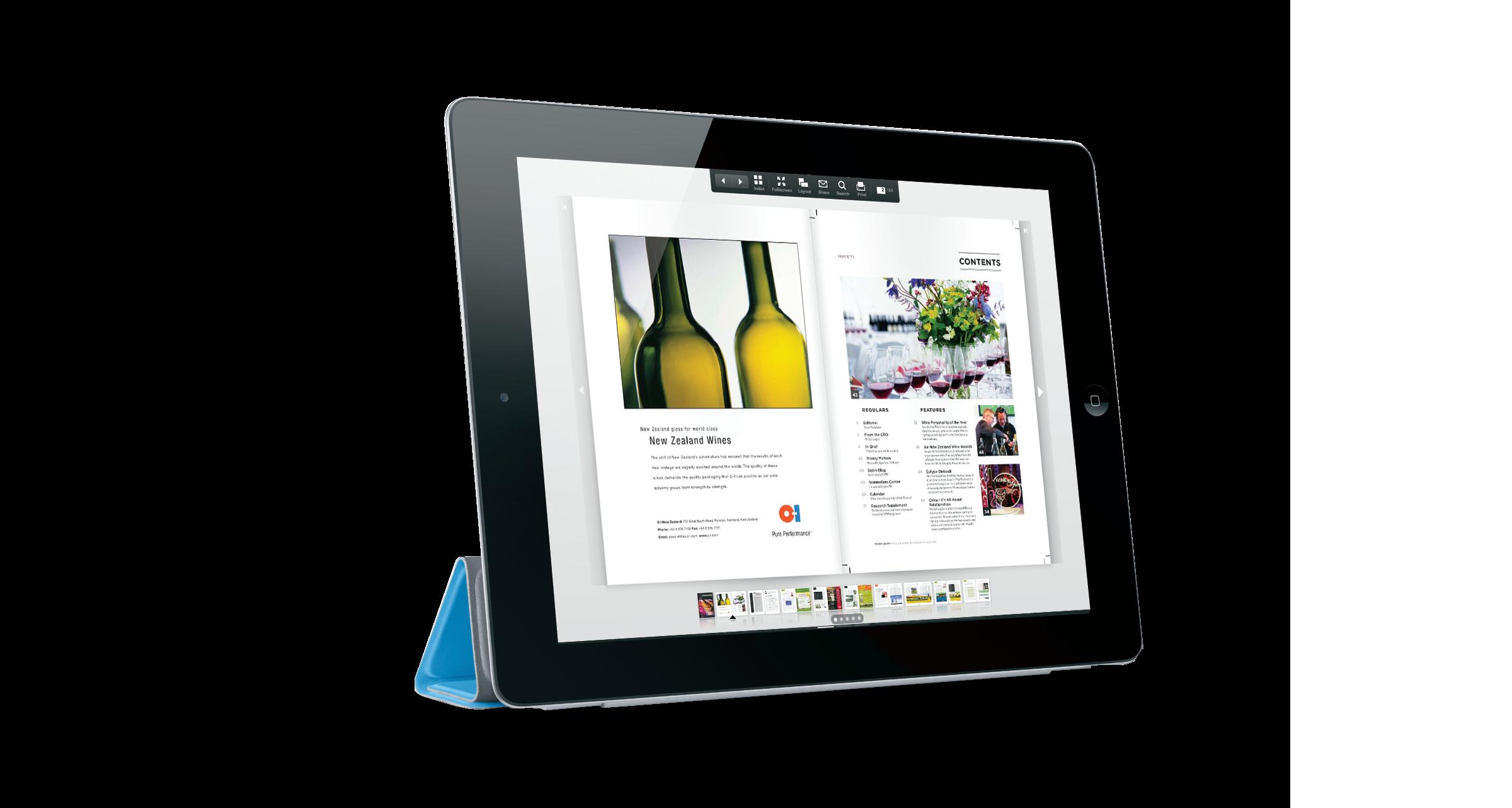

Studying primary industry business management amid the vines has piqued Phillip Dight’s interest in sustainable wine growing. “Sustainability is a massive thing for me personally and for the industry, says the Marlborough-based Cloudy Bay Vineyards Manager, who recently completed the New Zealand Diploma in Primary Industry Business Management through Primary Industry Training Organisation (ITO).
The diploma is a major achievement in Phillip’s 19-year viticulture career, and its sustainability module has sparked his interest in a Level 5 horticulture programme in wine growing, which he aims to do with a sustainable focus.

Phillip manages the Southern Valleys area for Cloudy Bay, which has a goal to eliminate herbicides from its Marlborough vineyards by 2027, excluding young vines. That means adopting best management practices, including under vine weeding and soil analysis for under vine management, he says. “We are going into the biggest challenge and that is working towards zero herbicide use.”
The Marlborough local started out in the

industry via contract pruning as a teenager and has gained a long list of certificates in viticulture and wine growing while studying on the job. He took on the agribusiness management diploma to broaden his knowledge of running a business and relished the human resources and financial components of the course. “Because I lead the business decisions, I need to know how to manage staff and budgets. This has given me so much confidence in these areas to achieve better outcomes.”
“This is a large-scale operation but as a

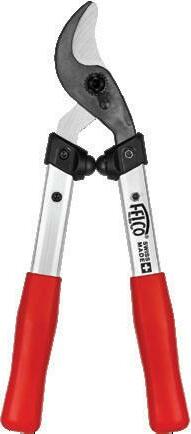

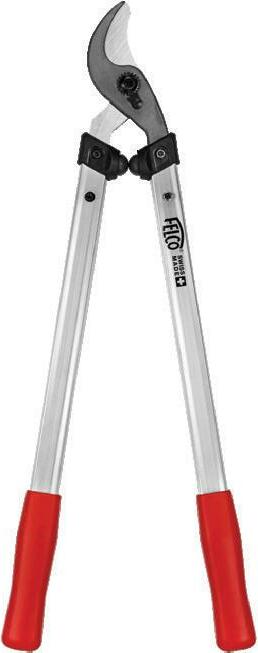
manager you manage it like it is your own business and your own money,” he says. “I’ve also learnt how to achieve a positive work culture and manage the styles that you encounter with staff members.” Phillip says the more he learns the more he wants to share his knowledge. “My passion is to teach what I know to others now. I am progressing to be the best I can possibly be and make what I do better.”
Primary ITO is now part of Te Pūkenga – the New Zealand Institute of Skills and Technology: primaryito.ac.nz

“My passion is to teach what I know to others now.”
Phillip Dight

 SOPHIE PREECE
SOPHIE PREECE
Andrea Martinisi trained as an electrician when he finished school, but had grown up with a passion for cooking, eating, drinking and theatre in his Italian hometown of Brufia, Umbria. So it’s no surprise he hated a job where his only connections were circuits.
He stuck with it for two years before throwing in his wires in 2008 and taking a job at a luxury hotel, wielding wines instead. “And I loved it from day one”, he says 14 years later, having taken second place at the recent Association de la Sommellerie Internationale (ASI) Best Sommelier of AsiaOceania Contest in Tokyo.
“Standing on a stage, thinking on your feet, because you’re not sure what the next task will be, while being filmed and livestreamed is daunting,” Andrea says of the event which featured 24 competitors from 13 countries. “But it’s also exciting to be personally challenged in such ways. I am very grateful for this opportunity.”
Andrea is currently Food and Beverage
manager at The Grove and Baduzzi in Auckland. When I spoke with him at Celia Hay’s New Zealand School of Food and Wine the day before he set off for Japan, he was busy crafting cocktails, considering wines, and undertaking the time trial pour of a magnum of bubbles into 14 glasses – a number announced at the last moment – resulting in an empty bottle and near identical pours after six minutes.
Andrea says to do his job well he has to have a good connection with customers, which is easy, because “making people happy is something I really love”. He spent 10 years doing theatre in Italy, and that’s served him well in hospitality because it requires a good dose of performance, he adds.
When he began his hospitality journey, Andrea thought he’d be a chef, having cooked for his family throughout his teenage years. But a toxic kitchen environment at his first hotel job, combined with the natural fit he found front-of-house, saw a
stellar career launched. It has taken Andrea to extraordinary restaurants, including Heston Blumenthal’s The Fat Duck, but the “brutal” nature of working in Michelin star restaurants in Europe left him no time to study for his Master Sommelier exams. Striving for this goal was one of the reasons he moved to New Zealand in 2018. “Here it is definitely easier to have a balance.”
However, Andrea became General Manager at The Grove just before the first national lockdown arising from the Covid-19 pandemic occurred. This meant the past few years were unexpectedly stressful and arduous, and he has put his Master Sommelier studies on hold.
Preparing for the Tokyo competition, and now for the ASI World’s Best Sommelier Contest to be held in Paris in February 2023, has him honing his skills and knowledge again. “It takes a lot of motivation and dedication to prepare and put yourself up for such competitions.”
There is a lot to like about Christmas. It is a time to open that special bottle of fizz that’s been waiting for a special occasion. Unfortunately, when a bottle of sparkling wine needs opening there is the everpresent danger that someone will insist that I perform a sabrage. What is a sabrage? It is a fast-track way to open a bottle of bubbly with a sword or other suitable weapon. It was developed, or possibly perfected, by Napolean’s Hussars. It may also be a fasttrack to hospital where they will attempt to stop the bleeding and stitch everything back together.
I was invited to host a champagne tasting just before Christmas a few years ago. The organiser insisted that I perform a sabrage. I borrowed a ceremonial sword from a friend in the navy. Big mistake. The sabre was too whippy. A better choice would have been the back of a carving knife. Fortunately, I had time to practice on a bottle of Prosecco before the guests arrived. The
Imagine you are in a wine shop trying to decide which Marlborough Sauvignon Blanc to have with dinner. You’ve narrowed it down to two labels when you spot the Royal Coat of Arms on one of them. It suddenly becomes ‘no contest’. If it is good enough for the King, then it is good enough for you. A ‘Royal Warrant’ is the ultimate third-party endorsement.
What is a Royal Warrant? A Royal Warrant of Appointment is a document that permits a company to use the royal arms in connection with its business in an appointed trading capacity. It is granted for up to five years at a time as a mark of recognition for the ongoing supply of goods or services to the Royal
bottle exploded but somehow my fingers remained intact. I shot down to an army surplus store and bought a machete, but had no time to practice.
I revealed my trepidation to the guests who responded by activating their cellphone cameras. Perhaps I hadn’t used enough force. When I hit the bottle it shot out of my hand, somersaulted across the room and slammed into the concrete floor – without
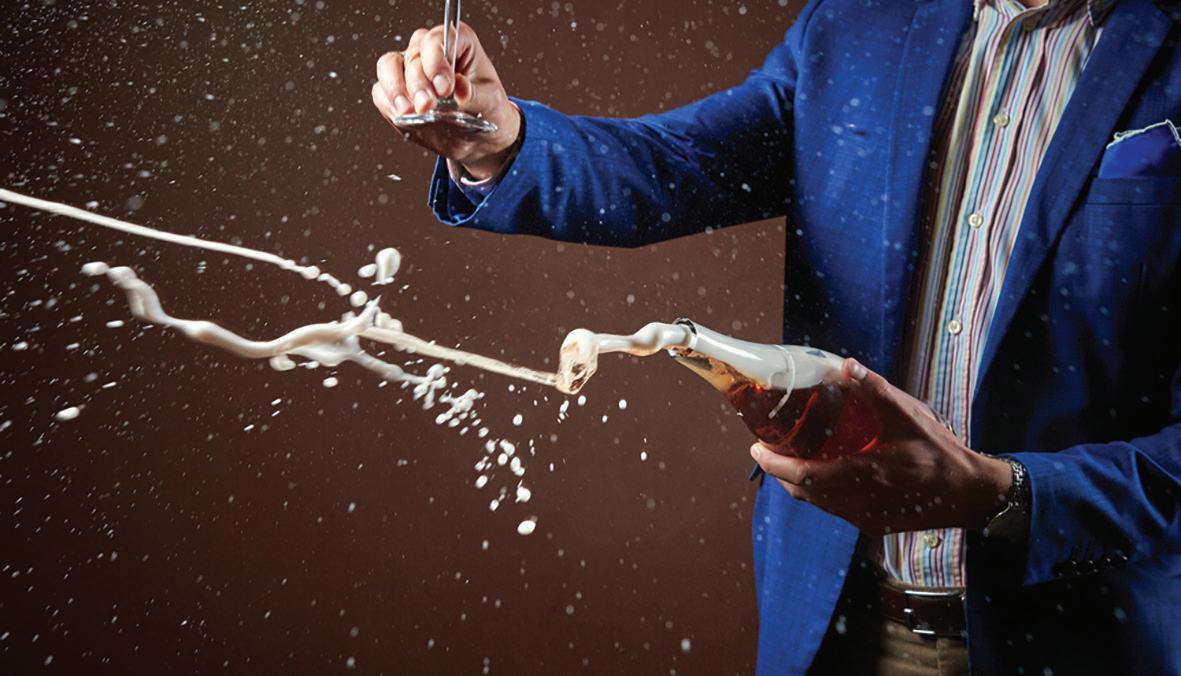
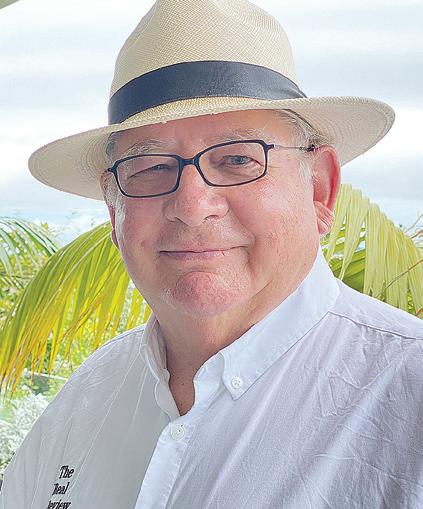
breaking. I dried the bottle and tried again. This time the neck came off cleanly. The thoroughly shaken up fizz disgorged more than half the bottle’s contents in a colourful pink stream that hit the ceiling and sprayed onto the crowd of expectant onlookers. Visions of dry-cleaning chits danced before my eyes.
Take my advice. When you are invited to perform a sabrage, politely decline.
Household. There are currently about 800 holders of Royal Warrants, including 24 brands in the drinks industry: Gordons Gin, Martini, Laphroaig, Johnnie Walker, Taylor’s Port, Pimm’s and several well-known champagne brands, according to the Royal Warrant Holders Association website.
Royal Warrants only last for five years before the holder is obliged to re-apply. After the death of a monarch, Royal Warrant holders have just two years to reapply before their warrant expires. Royal Warrants are only granted to individuals or companies that provide goods or services to the Royal Household. Between 20 and 40 Royal Warrants are cancelled each year if the product or service is not
up to scratch, discontinued, the business stops trading or the company goes into liquidation or is declared bankrupt.
It costs nothing to apply for a Royal Warrant. To qualify the applicant must have supplied a product or services on a regular and on-going basis to the Royal Households for not less than five years out of the past seven. Among other things, applicants are also required to demonstrate that they have an appropriate environmental and sustainability policy and action plan.
Wine producers who supply the royal household should apply for a Royal Warrant. It is a long shot, but if successful you will have access to the ultimate bottle sticker: dev.royalwarrant.org/

HML32 and Protector are both directly antimicrobial and kill Botrytis spores. These powdery mildew eradication sprays also help to reduce plant damage which is a significant pathway for Botrytis infection. View our recommended spray programme from flowering to veraison at www.henrymanufacturing.co.nz
Spray as soon as you see Powdery Mildew with either HML32 combination. Spray again 5-7 days later. Spray HML32 alone with precision around veraison for late season Botrytis
See website or label for recommended application method, and for timing for late season Botrytis control. Protector is also an alternative for end of season

New Zealand’s rapidly changing climate is likely to bring an increase in extreme fire weather days and longer fire seasons. “All our projections are that we’re going to see bigger fires, and fires occurring more often,” says Darren Crawford of Fire and Emergency New Zealand.
For the wine industry, wildfires are a threat not only to vines themselves but also to vineyard and winery infrastructure. At the same time, even distant fires can damage grapes through the phenomenon known as smoke taint. Recent research has highlighted that the conditions leading to the devastating ‘Black-Summer’ fires in Australia in 2019-20 will occur every three to 20 years in areas of Central Otago, the Mackenzie Country and Marlborough.
Fire and Emergency New Zealand (FENZ) is working with rural communities and land managers to reduce the risk of fire, and in in regions such as Marlborough those conversations are often with members of the wine industry, to ensure vineyard and winery operators understand the fire risk of their environments and ways to manage such risk. “By their nature, vineyards are often surrounded by grassland farms, and they often have burns themselves,” says Darren, who is Senior Advisor for community readiness and recovery in Nelson and Marlborough.
“So, the messaging around that is things like general property maintenance –keeping your grass short. Also think about your own spark generation, so mowing your vineyards at a time of day when there’s greater humidity, like earlier in the morning or later in the evening, to reduce the spark hazard.”
Central to FENZ’s fire preparedness strategy is ensuring a healthy stream of new volunteers to support their local communities. Across New Zealand, volunteers currently make up 85% of FENZ personnel and provide essential coverage outside of the major cities. “It’s simple –without the volunteers, we don’t have a fire response. So, it’s very critical for us,” Darren explains. “They do this for nothing.
They give up their own time, dedicate it to training and development, and then go out and support their communities. We’ve got absolute respect and admiration for our volunteers.”
An increasing number of employers across the wine industry are realising the benefits of having trained FENZ volunteers within their workforce and FENZ has an ongoing campaign to spread that awareness further. “Straight away, they’ve got fire wardens on site, they have staff trained in medical response, they have somebody on the workforce that is trained as a first responder. And if a fire breaks out, they can immediately start doing something about that,” Darren explains.
“They’re also a lot better at planning and risk assessment. And as they move into the officer ranks, they get a lot of leadership training – they’re taught to lead during high-pressure situations. So, for employers, they’ve got people that are capable of dealing with stress and making sound decisions under pressure.”
Spy Valley Bottling Manager Ryan Anderson joined the Blenheim Voluntary Rural Fire Force after returning from Australia, where he was involved with the State Emergency Service. He acknowledges
the heavy time commitments involved in being a volunteer firefighter, which during the fire season might require him to leave work three times a day or be unable to come in after battling a fire overnight.
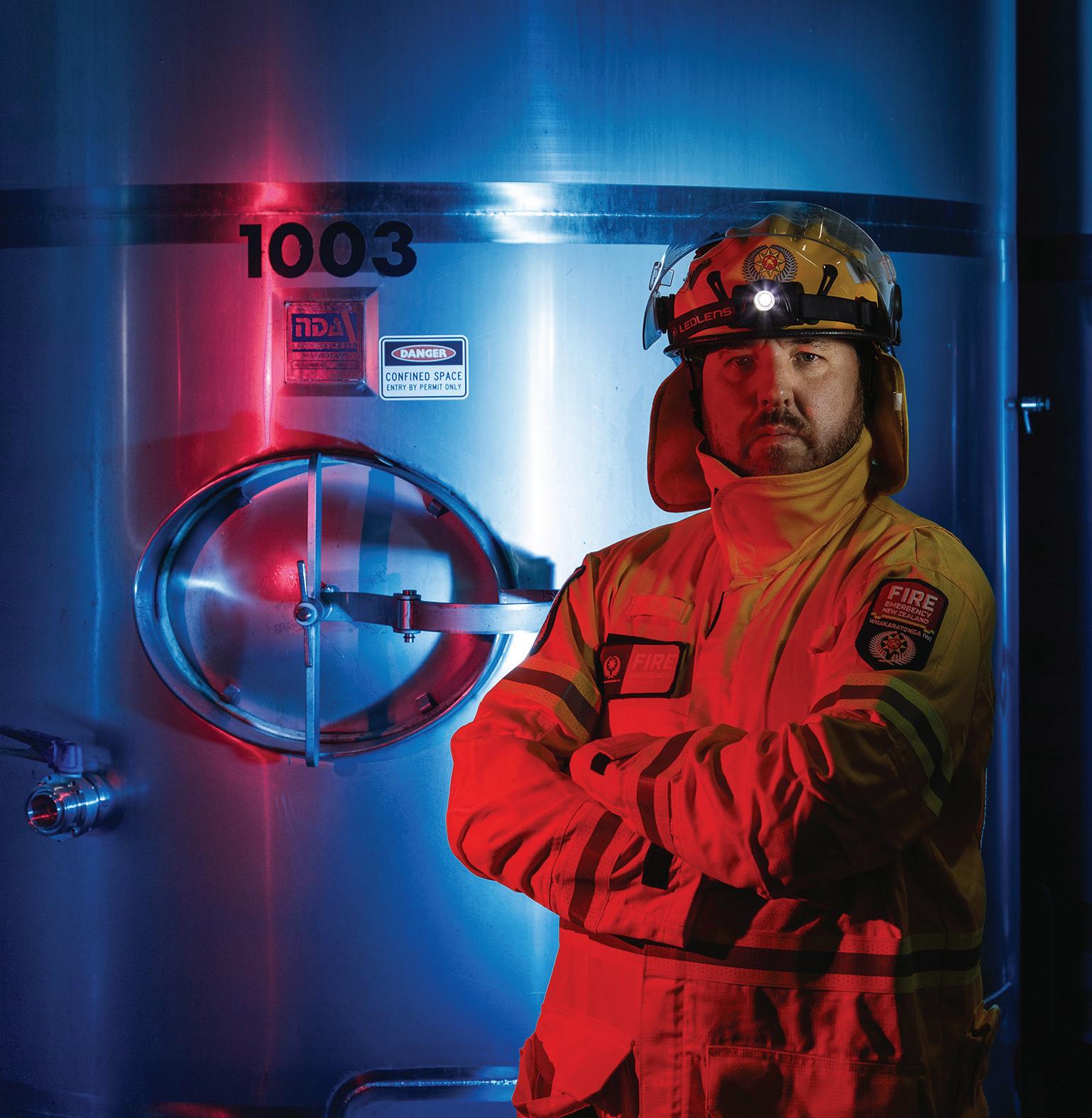
However, the level of training provided to volunteers makes them a valuable asset to any employer, he says. “I honestly can’t overstate the training that they put into you. It is second to none.” Firefighters, by their nature, are risk-averse and risk-aware, Ryan adds. “So, you have someone on-site with experience in dealing with emergency situations, they help ensure there is good emergency planning and can take the lead on health and safety – that all goes hand-inhand with being trained by FENZ.”
Spy Valley Managing Director Amanda Johnson says that as a family business with strong roots in the community, the company is proud to recruit and support FENZ volunteers. “Not only from a strengthened and safer community point of view, but as employees, they contribute to our culture, and health and safety in our business. We employ two volunteers… and they are calm and responsible with a sense of duty as well as first aid and fire response trained. They make us stronger and more resilient as a business,” Amanda says. “It
Now vineyards can overcome mealy bugs with Grandevo® . A biological pesticide, lethal to these damaging bugs but a low risk to the environment, bees and other beneficial insects.
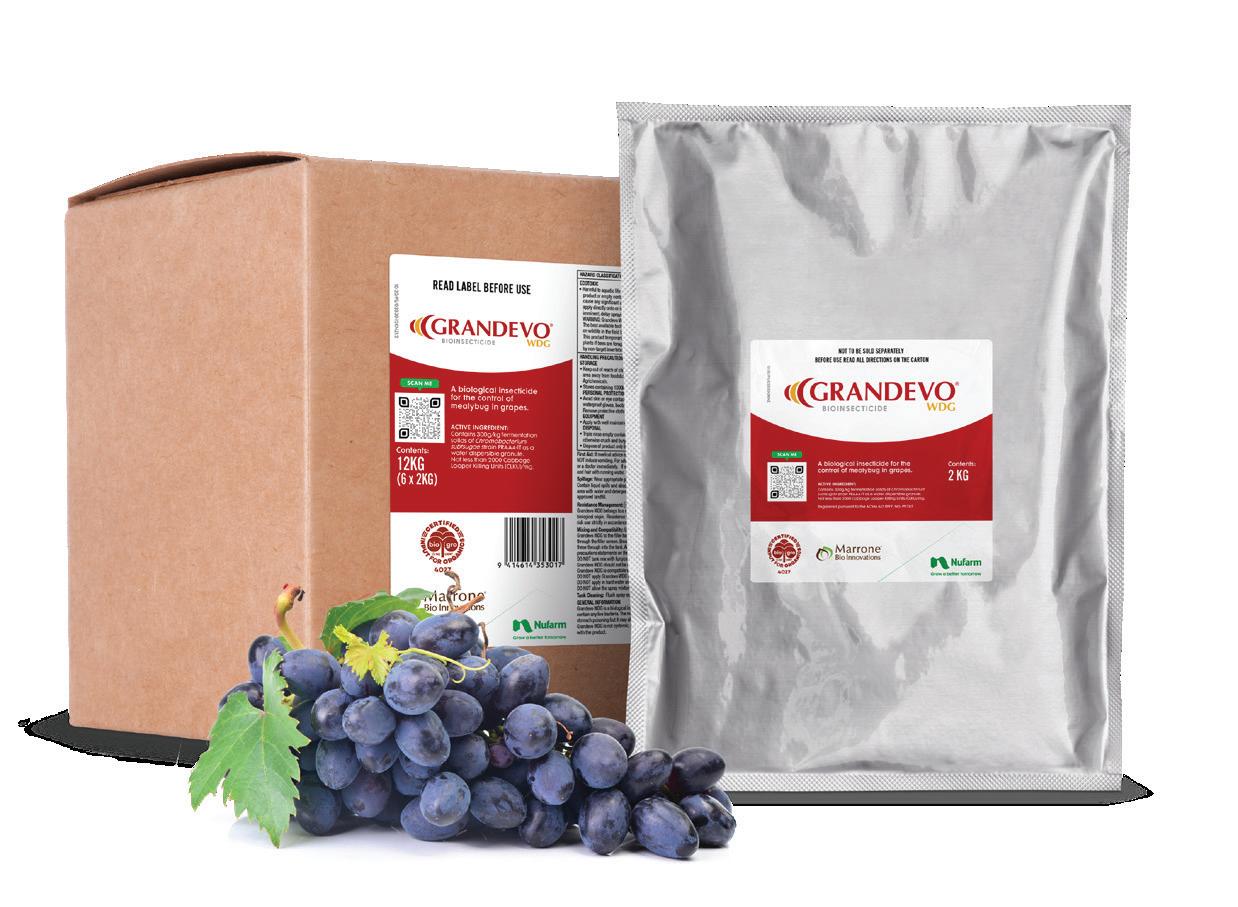
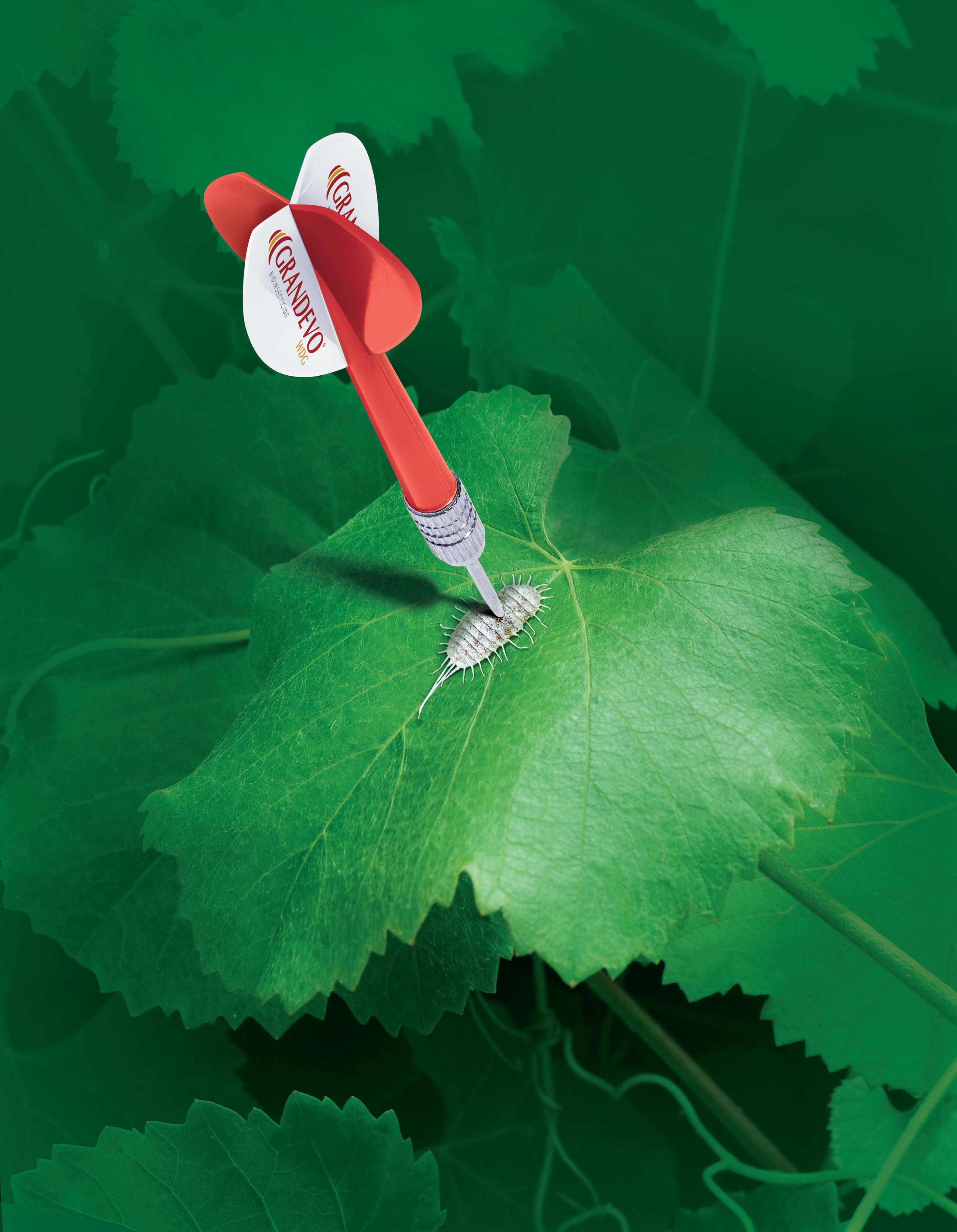
• Can be applied post flowering
• Approved for use in organic production
• No adverse effects on wine quality For more information talk to your local Horticulture specialist or visit us at nufarm.co.nz/grandevo ®Grandevo is
should be on our recruitment questions –because it shows a depth of character and care in these people. To us as a business, it is an advantage and a quality hire.”
JohnsonRyan further outlines some of the skills that New Zealand firefighters are trained in that directly cross through to the wine industry. These include chemical handling, gas and hazardous substance handling, working in confined spaces, pump operations, dynamic risk assessment and first aid.
With the leading cause of grass fires within a vineyard due to a tractor or mower contact with stones, the volunteers can also immediately respond to grass fires. “Case in point, here at Spy Valley, we are in the process of completing a dedicated fire trailer for estate use that will have water,
within our site.”

Tyler McComb is Vineyard Manager with Delegat Limited and has been a member of the Wairau Valley Volunteer Fire Brigade for the past five years. He explains that in addition to the benefit of many transferable skills, the company’s support to its volunteer workforce to attend calls and training is reflected in greater employee engagement at work.
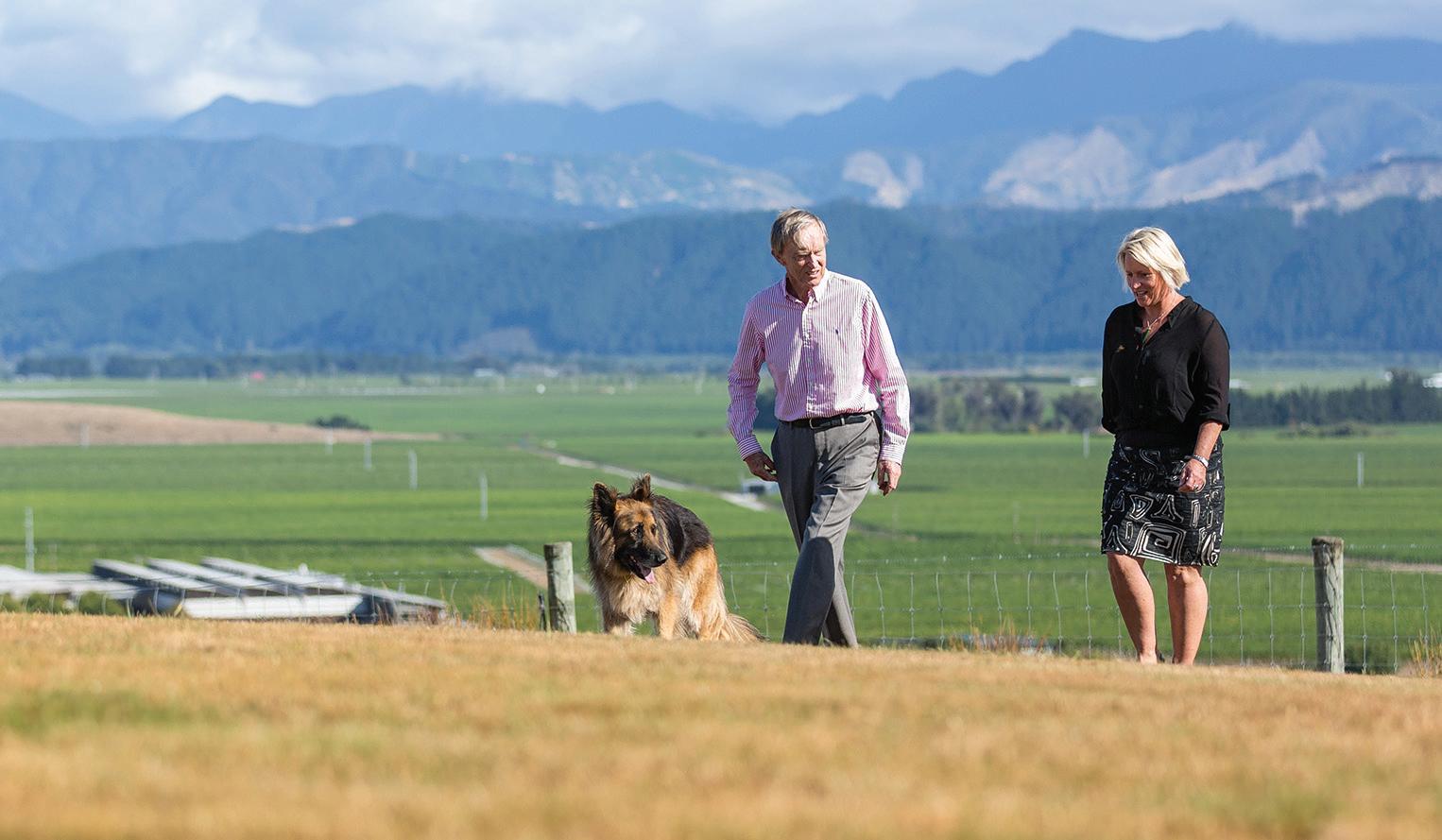
have worked in our company, all of which are members of our local community. I feel a real sense of pride to wear the uniform and apply what I have learnt both in the brigade and bringing those skills into my career,” Tyler says. “The skills I have learnt have helped me become confident in any emergency and have developed me into a confident leader within our industry.”
This story ran in the September edition of
In its outreach to the wine industry, one of Fire and Emergency New Zealand’s core messages centres on the need to reduce the accidental activation of fire alarms. Darren Crawford, Senior Advisor for community readiness and recovery for Nelson and Marlborough, says the region is seeing a lot of accidental activations. “It can be as simple as burning toast in the kitchen.”
All sorts of things can cause accidental activation – knocking sprinkler heads in the winery, leaking roofs where water has come in and affected the wiring of alarm systems that’s activated them accidentally. “And so there’s a lot of human factors and then just making sure that if you are getting false alarms, you do try to remedy it and make sure you have the right help so that you can mitigate them.”
Darren says false alarms have two consequences: unnecessarily removing volunteers from the workplace and preventing the brigade from responding to
a real emergency. “It means that we were not able to respond to another call because we’re out there, investigating a potential fire that’s actually a false alarm.”


There are specific things rural businesses such as wineries and vineyards can do to make their properties safer. These include:
• Signposting your property – rural property numbers are invaluable for a quick response by emergency vehicles

• Ensuring emergency vehicles have easy access to the site
• Ensuring there is an adequate water supply with fire and emergency hose connections for use by emergency services
• Checking if portable pumps can be positioned within seven metres of open water supplies

• Making sure firewood is stacked away from infrastructure and external buildings
The best practice for business premises is the installation of hand-operated fire extinguishers and/or hose reels. Accidental fires are more likely to occur during working hours due to the greater use of electrical equipment, heating and normal processes.
“Wineries typically have a very important and expensive infrastructure. And a way to preserve that from wildfires is to plant a low volatility plant species around those strategic buildings,” Darren explains.
“By doing simple things like keeping grass short, mowing at certain times day, having defensible spaces, thinking about water supplies with hardstand beside them, so fire trucks can park up and access them.”
They also need fire truck access of four metres,” he says. “It’s about getting those messages to the sector, to protect them, but also to make it easier for us to look after them.”
Tantalus Estate is a hive of activity when it comes to doing better by its environment, visitors and wines. From a terrace between vines and wetland in Waiheke Island’s Onetangi Valley, bees are busy with myriad duties, from transporting indigenous yeasts to the winery, to creating the estate’s extraordinary honey, occasionally “Malbec infused” thanks to the sweet juice of the plump red grapes after birds have burst their skins, says viticulturist Chris Ward.
That creates quite a buzz at the acclaimed Tantalus Estate restaurant, where estategrown honey is sold, and also spread on sourdough bread made from the Alibi craft beer brewed on site. But for Chris, it’s just a sweet bonus of the bees’ work in the bird-pecked Malbec rows, because they also clean up the splits and emit antibacterial propolis as they feed, helping stop the spread of disease within the block. “They’re working for us as little farmers and medical people…keeping it healthy,” he says.
The bees and honey and beer and bread are all part of the Tantalus philosophy of keeping the land well while making the best wines they can. The bees come into that as well, delighting winemaker and apiarist

Alex Perez by commuting between hives and wetland and vines and winery, ensuring the spread of native yeasts to ferments. “They are working all the time,” says Chris. “They never stop and as a result we get some fabulous honey and much more complex wines, so we’re pretty happy with the relationship.”
our neighbours, whether other vineyards or urban housing”, he says.
From the beginning, Tantalus has sought to do well by the land, including the restoration of the wetland in a gully between the restaurant and winery blocks, where they have worked to clear pest species, and debris left by previous owners, before planting nearly 7,000 natives. “When we first saw it, we thought ‘what a wonderful place and how much more beautiful it could be’,” Chris says. It had “fantastic foundations”, with trees up to 300 years old, but the impact of restoration has been “amazing”, he adds, talking of blossoming plant, bird, insect and water life. “I’m always keeping an eye out for freshwater crayfish. The wetland is loving all that care.”
Chris has been with Tantalus Estate since its inception in the winter of 2013, having already spent a decade with Stonyridge, “just a few fences away”. Waiheke is a unique place to grow wine, with interesting terrain, “ some pretty crazy bits of land”, and the intersection of winegrowing and urban sprawl. This means “we need to be very careful of our inputs and respectful of
Meanwhile, once the bees have feasted on flowering manuka in the wetland, or sweet Malbec on the vines, there are wildflowers planted in every second row, and increasingly in other corners of the vineyard as well. The bee life there “is just incredible”, Chris says, but they’re also seeking beneficial insects to help keep the ecosystem in balance.
SOPHIE PREECE
“As a result we get some fabulous honey and much more complex wines, so we’re pretty happy with the relationship.”
Chris Ward


 DR OLAF SCHELEZKI
DR OLAF SCHELEZKI
“Humanity is losing 0.3% of our global food production each year to soil erosion and degradation and 30% every 100 years.”

This quote comes from David Montgomery, a geology professor at the University of Washington and key ambassador for conservation and regenerative agriculture. He featured in a 2019 Eco Watch article titled Soil Health: The next Agricultural Revolution, which advocated for farming that abandons tillage and encourages biodiversity, to break with monoculture as well as the rotation of crops.
The first agricultural revolution dates back as much as 70,000 years ago when Homo Sapiens gradually left their hunting and gathering lifestyle behind in favour of growing their own food, which was also the starting point for modern society. Rather than being the invention of a few, an endless number of humans unknown to each other domesticated plants and animals at various locations, developed practices to make the best out of their resources, and most importantly, learned and perfected them over a long period of time. The second agricultural revolution is mainly associated with increasing land productivity in Great Britain between
the 17th and 19th Centuries, through crop rotation for instance, discovering the advantages of clover and turnips over simple fallow, and ultimately freeing the way for the British industrial revolution as excess labour migrated to cities for work. In contrast to the previous revolution though, this development was accelerated by more modern institutions, such as universities and businesses which centralised and distributed information, albeit still in a fairly slow manner. Given these revolutions took 70,000 and 300 years respectively, the term evolution would seem more appropriate.
Repurposing all the excess ammonium created by the Haber-Bosch process for fertilisers and pesticides after World War II, in combination with controlled irrigation, was the dawn of the third – and for our present state of agriculture and viticulture arguably most significant – revolution. And indeed, what a revolution it was, with estimated yield increases of 44% between 1965 and 2010, the doubling of cereal production in developing nations and drastic changes to the landscape of countries
towards monocultural systems. All thanks to quite a small number of benefactors comprised of key industry players which provided all the agrochemicals and promises of endless yields and dollars. I am not in the position to judge these developments, but they certainly had consequences for current and future generations; notably a deterioration in soil health and persistent pest and disease problems despite a plethora of agrochemicals.
Fast forward to today, it is evident that the wine industry has not sat still in recent decades. The organic and biodynamic movement spearheaded vineyard management practices towards ‘chemical free’ and sustainable viticulture (as well as countless practitioners who are not using those labels). The implementation of a biodiverse ecosystem which breaks up monoculture has been a hot topic for many. This has been fuelled by recently gained scientific knowledge which suggests using plants other than vines in and around vineyards benefits ecosystems by fostering the important soil-food web – benefits include managing insect pests or vectors for

viruses, to restoring soil health, increasing water infiltration rates and holding capacities, and better nutrient acquisition. We know that a higher plant biodiversity in vineyards has a strong potential to sequester carbon and sustain nitrogen availability while decreasing the leaching and loss of minerals into ground water. We know that a soil rich in fungi and bacteria boosts the vine’s immune system, rendering them tougher against mildews.
But where is the biodiversity revolution? Why don’t we see the same enthusiasm in planting native cover crops in the vineyards as we saw with the introduction of herbicides? Unfortunately, in contrast to synthetic fertilisers and pesticides, there is no ‘one size fits all’ solution when it comes down to getting the desired ecosystem services. A biodiverse cover crop needs to be sown and planted, which costs both time and money, while years of maintenance may be required to yield the desired benefits for soils and vines. It entails trial and error while the quantification of any potential results is almost impossible, as the success depends heavily on the environmental conditions like weather and soil types. Very quickly the perceived risks
may outweigh the potential benefits in the eyes of growers who are often already busy enough managing vineyards the way they have before. Support is certainly needed, but no multinational cooperation seems to be around to dive into this rabbit hole and help out with the biodiversity revolution.
But maybe this will not be necessary anyway. The heroes are already among us and are inspiring with their success stories, just like recently at the Bragato Research Institute conference ‘Beyond Vineyard Ecosystems – Growing the Future’. Richard Leask from Hither and Yon (Australia) and Jonathan Hamlet from Craggy Range shared their experiences – the good and the bad ones – while enthusiastically advocating for biodiverse vineyards. Dog Point, Felton Road, Greystone, Black Estate and Seresin are just a few others with stories to tell about how they have dedicated resources towards biodiversity for their ecosystem services in regions with contrasting environmental conditions. Start-up companies like New Zealand Zero are dedicated to breaking the prejudices of financial infeasibility of producing food without any fossil fuel inputs. Researchers like Sarah Knight (University of Auckland), Vaughn Bell
(Plant & Food Research), Charles Merfield (Merfield Agronomy) and Andrew Neal (Rothamsted Research) continuously unlock information to help us better understand how to implement and benefit from a biodiverse vineyard ecosystem. Lecturers at Lincoln University and other academic institutions also pass on the latest knowledge and tools to the next generation.
The list of contributors in New Zealand and worldwide is ever growing. For me, this situation is somewhat reminiscent of the first agricultural revolution. It is the independent ingenuity and energy of many that is driving the biodiversity revolution, but with the benefits of 21st Century technology, communication and education systems The more people who help piece together the puzzle, the faster we can adopt biodiversity in various environmental conditions and production systems. Unlike the first revolution though, I have hope that we will not need to wait 70,000 years to harvest the fruits of environmental and social sustainability.
Dr Olaf Schelezki is a viticulture lecturer at Lincoln University with international viticulture and winemaking experience spanning over 15 years.
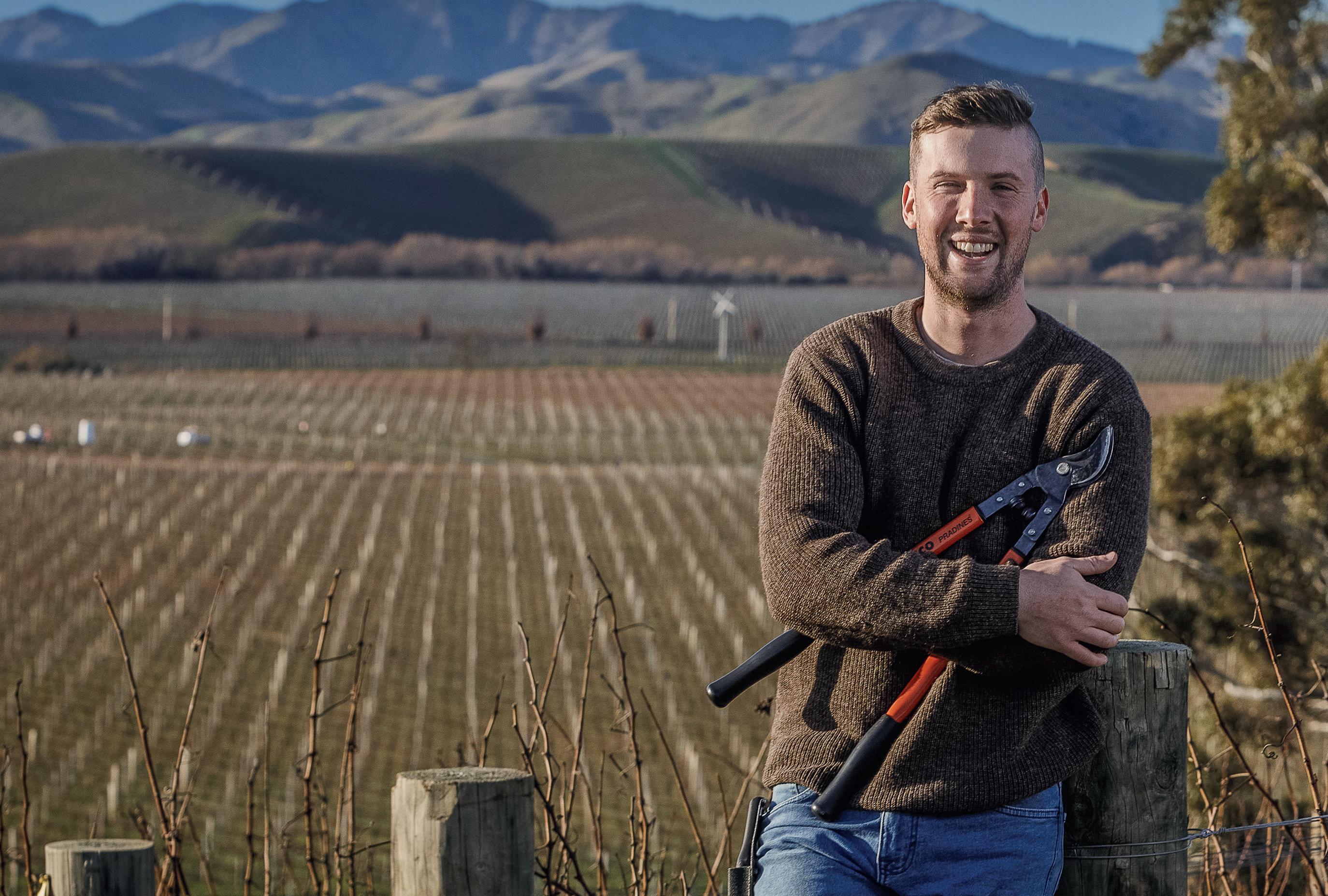
Warmer than average sea surface temperatures continue and mild air temperatures have arrived in November. The signs are that another warm summer is on the cards for 2023. A look at sea surface temperature anomalies shows most of the water around New Zealand is above average for this time of year and this situation does not appear to be changing any time soon.
Spring is wrapping up after a cold start that saw widespread frosts as far north as Gisborne and Bay of Plenty. Overnight temperatures quickly recovered in most regions during the second half of October and overnight temperatures over the last few weeks of this season have been relatively benign. The rain that has been so disruptive to areas like Hawke’s Bay and Marlborough has been a little tamer during the second half of spring.
Forecasters are now looking ahead to the summer and early autumn, with a keen eye
on the tropics. A La Niña summer is not necessarily wet or humid, in fact, a La Niña summer can see prolonged dry periods and droughts like any other year. However, there is usually an increased risk of tropical cyclone activity to the north of New Zealand when La Niña is at play. Putting all of the usual climate drivers into the picture helps to assess the risk to our shores.
Looking back a few weeks to early October we saw one of the coldest spring outbreaks for decades. This cold change was forecast well in advance but still brought damage to regions as far north as Auckland. What was very unusual about this cold period was that on the nights of 5 and 6 October, the coldest air moved northwards over the South Island in an advective manner.
The predictions of snow in the east of the South Island and lower North Island were
correct, but the amounts were less than expected. This was a result of the flow being very dry and from the southwest. For snow to occur we need something to provide the moisture. Often a shallow low may form east of Canterbury or Marlborough or the flow has a south to southeast nature due to the ridging from the incoming anticyclone behind the change. This creates a localised onshore flow where moisture is added to the mix and snow results. In October this didn’t happen, so although the air was cold enough to produce snow there just wasn’t enough moisture available to produce significant amounts.
What we did see though was an extremely unusual cold event that brought frost with an advective nature. Most frost in New Zealand is radiation, meaning the air is coldest at ground level and increases with height. Inversions form several metres above ground level and frost protection is

able to work as designed.
Advection frost or freeze occurs when a cold airmass moves horizontally across a surface. The air temperature may remain consistent at higher elevations or decrease with height. This type of event usually occurs over continental land masses when cold arctic air moves southwards across North America or Europe. Many parts of the South Island were affected by this advective type event as the coldest air moved over the country. It would be rare for this to happen in the middle of winter, so to see it in October was an extremely rare thing.
The other part to this was how dry the airmass was. Frost formation requires moisture. The cold outbreak of October was possibly the driest that I have ever seen. Dew points were as low as -8.3C in parts of Central Otago and dropped below -9.0C in parts of Marlborough. This meant that as air temperatures fell below 2C in Marlborough the humidity was only around 45%. Air condenses as it becomes colder so the amount of water vapour that it can hold becomes lower. As air cools condensation forms. Under such dry conditions there may be little condensation so the amount of frost forming on a cold surface can be reduced.
This sort of weather event is extremely rare in a maritime climate like ours, so hopefully it is a long time before we see another spring cold snap like that!
Warm sea temperatures are likely to lead to above average temperatures along the east coast of the North Island. Rainfall is likely to be mixed with dry periods and possible rain events moving out of the north as tropical depressions form. These rain events may see monthly totals running close to, or a little above, average. Humidity levels are likely to be elevated for much of the summer due to more persistent northeasterlies.
With more shelter from the north, Wairarapa may become quite dry at times through early to mid-summer. There will still be a risk of the occasional heavy rain event that pushes rainfall totals up and temperatures will remain above average.
Again, temperatures will run above average. Rainfall may be closer to average as a more humid northerly flow is expected to dominate. There is a risk of a low pressure system in the Tasman Sea generating a moderate rain event.
Less impacted by low pressure systems moving southwards out of the tropics, the east coast of the South Island is expected to have above average temperatures and rainfall close to, or below average. Dry periods are expected, however sunshine totals may remain near, or below average, along the coast as northeast winds persist. Sunshine along the east coast of the South Island is generally lower during La Niña than it is under El Nino.
Above average temperatures are expected in the far south. Rainfall is likely to be mixed with long dry periods. Some rain is possible if Tasman Sea low pressure systems move southeast past the lower South Island.
James Morrison runs Weatherstation Frost Forecasting : weatherstation.net.nz
The brown marmorated stink bug is a pest that infests homes, ruins gardens, stinks when crushed, and is almost impossible to get rid of. It could also destroy our fruit and vegetable industries. It’s not in New Zealand yet, and we want to keep it that way. So if you see one, don’t kill it. Catch it, take a photo, and call us on 0800 80 99 66.

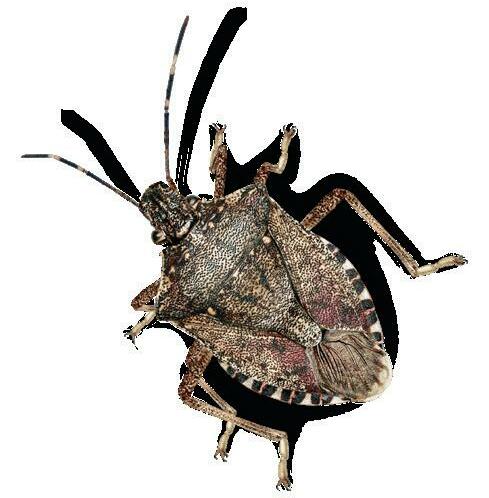



For more information (including how to identify the bug) visit biosecurity.govt.nz/stinkbug


Biosecurity was a featured topic at this year’s Spray Days, where New Zealand Winegrowers also provided growers with advice on various topics ranging from vineyard sprayer setup and maintenance to integrated weed management. Spray Days took place in all of the viticulture regions throughout New Zealand except for Nelson, due to extreme weather.
The biosecurity presentation focused on the importance of biosecurity and how and why it should be integrated into vineyard management systems and become a core part of business as usual. Tools and resources available to assist growers with vineyard biosecurity were also discussed. This article provides a summary of the key messages from the session for those who were unable to attend.
Biosecurity is a system to reduce the risk of entry, establishment and spread of pests, diseases, and weeds that threaten the economy and environment. It’s also a system for managing and recovering from an incursion of a pest and disease by reducing its impact through eradication, containment, and ongoing management. For a grower, biosecurity is actively managing risk to reduce the chance of a new pest or disease impacting their vineyard and livelihood. In our businesses, we manage many risks every day; and managing biosecurity risk is no different.
Biosecurity incursions have been an issue for New Zealand’s primary industries since we started farming in Aotearoa, so highlighting some of the more recent issues, including Mycoplasma bovis in cattle and Psa in Kiwifruit, is always good to set the context.
The viticulture industry has been impacted by issues such as phylloxera and grapevine leafroll associated virus-3 (GLRaV-3), so acknowledging that
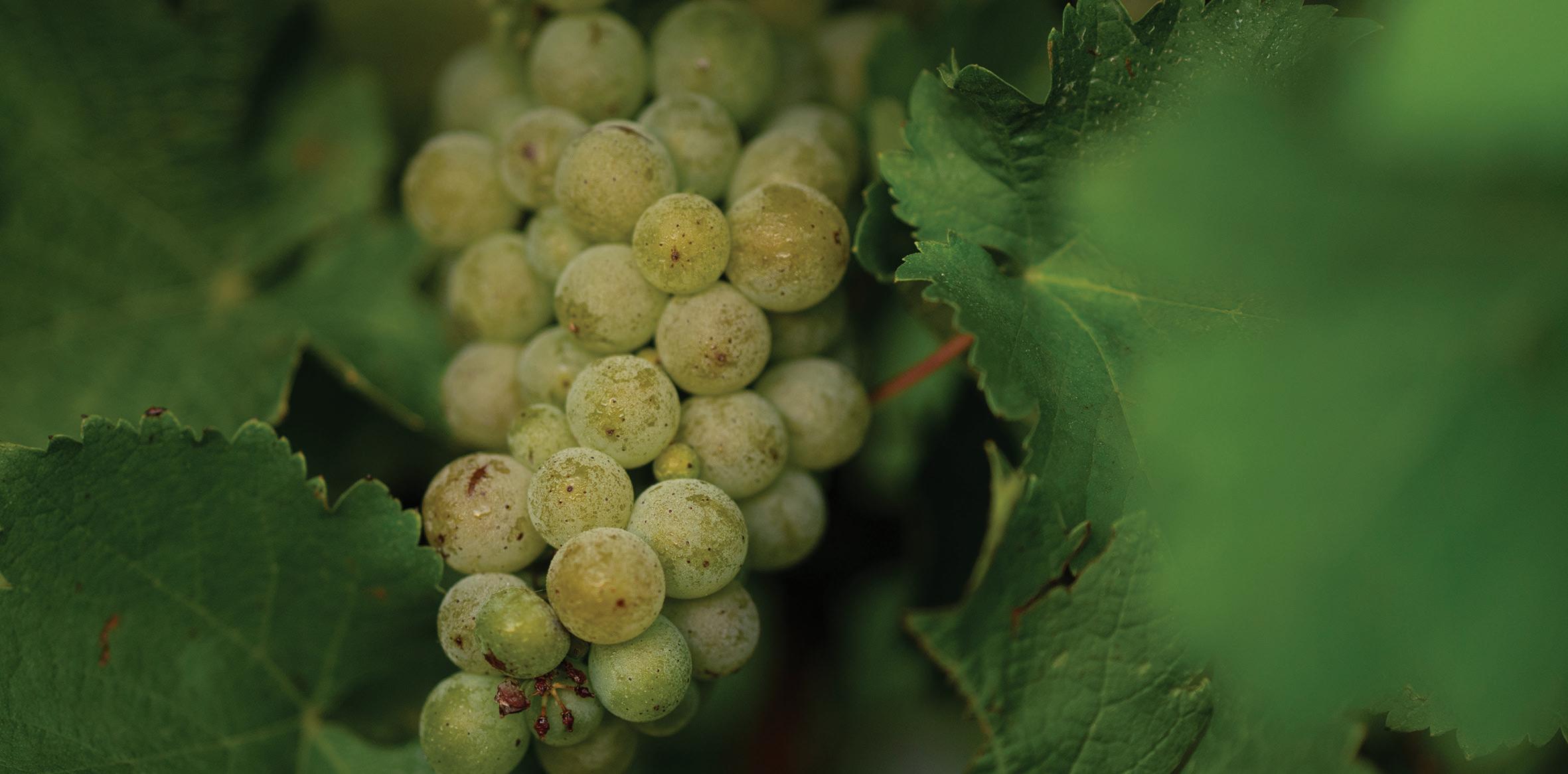
biosecurity threats are real and present is a great way to initiate some risk analysis and put in place a biosecurity management plan.
A response to foot and mouth disease, while not impacting wine grapes directly, would still likely affect vineyard operations by reducing the ability to graze, and movement controls would impact logistics and the movement of vehicles and machinery between sites.
New Zealand Winegrowers and the Bragato Research Institute are working with Onside to develop a pilot solution to improve the New Zealand wine industry’s preparedness for biosecurity threats.
During the pilot, winegrowers will use the Onside app to collect and store information about the movement of people, equipment, and plant material on and off their property. This data will be shared on an anonymous basis with New Zealand Winegrowers (NZW) to better model, track, and predict pest and disease spread. The pilot will help identify optimal surveillance and intervention measures to inform the effective management of endemic pests like garden weevil and Chilean needle grass. It will also guide preparedness for the containment and eradication of foreign pests and pathogens like Xylella fastidiosa or the brown marmorated stink bug, should they arrive in New Zealand.
The technology-based recording system will be a feature available for free to growers who use the Onside app. Onside is a Christchurch-based agritech company providing a range of digital tools to rural business owners, supporting efficiency, productivity, and better on-farm biosecurity outcomes.
If you are interested in being a part of the pilot, please get in touch with the NZW biosecurity team: biosecurity@nzwine.com
Understanding the invasion curve in the context of biosecurity and the importance of preventing vineyard pests, diseases, and weeds from entering the country and establishing was also discussed. Once a new pest has established, containment and ongoing control comes into play, and the input costs and management commitment rise significantly. Examples of incursions and responses were also discussed, such as the successful 2019/20 Queensland fruit fly response in the north shore, which cost over $20 million.
It is essential that vineyard owners, managers, and staff know about the most unwanted vineyard pests and diseases, and how to report concerns about something they have found, to prevent an incursion or establishment of a new pest. Posters are available and were distributed during Spray Days, highlighting the Biosecurity New Zealand hotline number and the most unwanted pests and diseases for the wine industry. A demonstration of the Find-aPest app for reporting unfamiliar insects, weeds, or vine disease symptoms was also given.
Physical examples of some of the most unwanted pests and their lookalikes
were also available to view during the presentation. MPI made an excellent display available with the brown marmorated stink bug, yellow spotted stink bug, and their local lookalikes. Similar pictorial resources are also available online on the NZW website, but there is nothing like seeing the real thing.
A discussion was had about the merits of not vectoring pests that already inhabit some vineyards. Vineyard owners are most likely incurring costs for management and/or lost production where these pests exist. Hygiene protocols such as ensuring effective washdowns and cleaning of
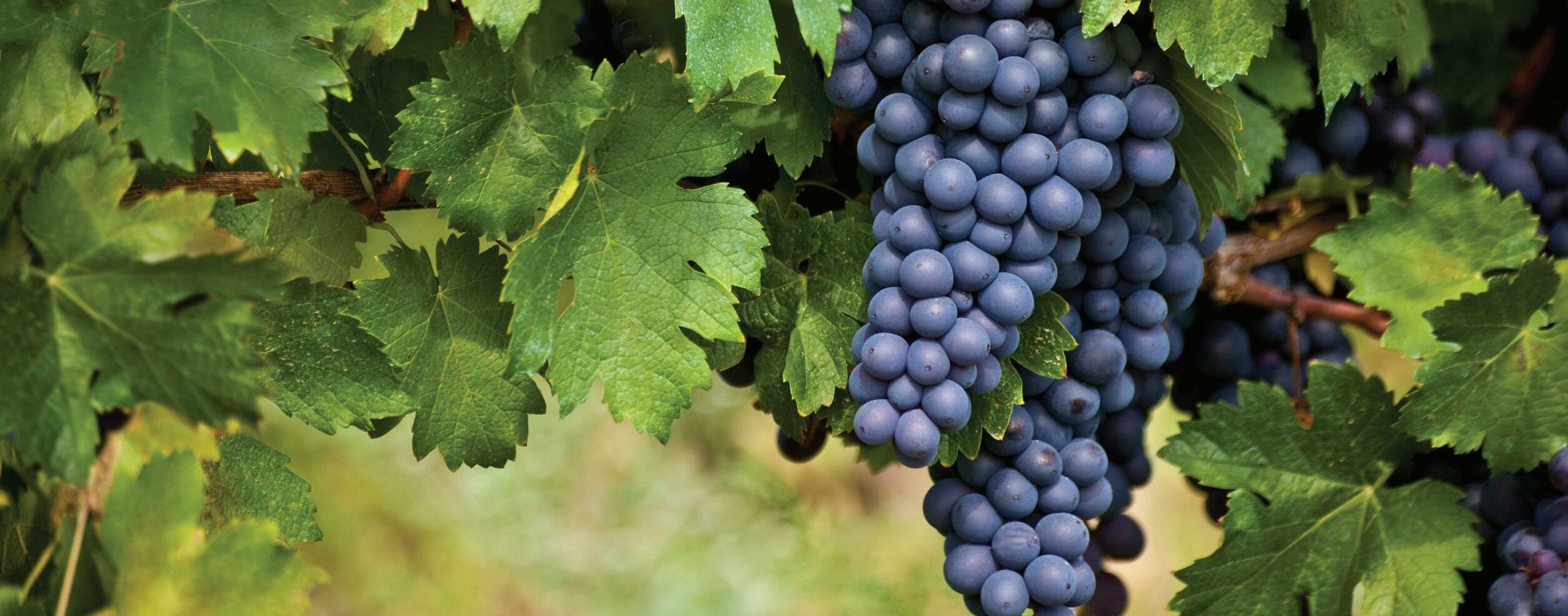
machinery and equipment between vineyard visits are essential to reducing the spread of pests and disease.
All of the biosecurity resources were on show and available for participants to take away with them at the end of the day. These included the Vineyard Pest and Disease Guide, the Biosecurity Plan template, and the Vineyard Biosecurity Guidelines for Best Practice. Biosecurity pages at nzwine. com, such as the Vineyard Pest and Disease information, Pest of the Month and the Grafted Grapevine Standard were also highlighted as resources members could use.
• Pests and diseases can be devastating to primary industries – let’s do what we can to prevent them from establishing and spreading
• Prevention and eradication are the most cost-effective measures, but require planning and early detection – good awareness of threats is crucial
• Biosecurity is everyone’s responsibility, but you can step up and be a leader and example to others

• If you see anything suspicious in the vineyard or beyond – ‘Catch It, Snap It and Report it’ to the Biosecurity NZ hotline 0800 80 99 66
• NZW has resources and support available to assist with biosecurity planning: biosecurity@nzwine.com
It’s time to talk about mental health. There has been lot of stigma around mental health, and one of the key aims of the New Zealand Winegrowers’ Go You! workshops is to help take that stigma away. I run the workshops with Fiona Fenwick, who encourages us to assess our values and find our purpose. The more we talk about it, the easier and more normal it becomes, whether we’re talking about our own mental health, wanting to check in on someone else, or just talking about the concept in general. It’s incredibly important. It’s also time to get fit. Not just physically fit, but mentally fit.
What exactly is mental health?
Mental health includes our emotional, psychological and social wellbeing. It affects how we think, how we feel, and how we act. It helps determine how we handle stress, interact with others and make healthy choices. Our mental health fluctuates just as our physical fitness does, so it is important to recognise early on the signs of feeling ‘under par’. We can then act accordingly, alter our routines or seek help, just as we do with our physical health.
Why is being mentally fit important?
Our physical and mental health are very much linked, affecting our overall wellbeing and happiness. For example, if we look after our physical health by eating well and staying active, we feel mentally fitter too. And if we don’t, we can start to become lethargic and perhaps feel a bit down and demotivated. Likewise, if our mental health is suffering, if we are stressed or anxious for long periods of time this has a physical effect on our bodies too.
Some aspects to consider include:
• Locking in wellbeing habits, which helps us become more robust
• Building up our strength and resilience enables us to cope in more challenging times
• Knowing that if we’re happier in ourselves, we appreciate and enjoy more of what’s around us and become more productive
What happens?
Some stress can be helpful. At a low level, in the short-term, it can spur us into action. We might get things done and reach deadlines, for example. However, ongoing worries, being in constant overdrive, or feeling what seems like eternal pressure, can lead to feeling anxious.
When you’re anxious, adrenaline and cortisol are released, so your heart is beating fast, your muscles are tense, and your breathing is rapid. You’re preparing to fight or flee, which is a healthy response in a life-threatening situation. However, if this is ongoing, it starts physically affecting the brain as hormones are unbalanced. This is when we can’t think straight, when things seem overwhelming or frightening, and we feel out of control.
We need to get rid of the stigma around mental health, so everyone can get help when they need it. If we tripped and injured ourselves, we’d go to A&E. If we saw someone else fall, we’d rush to help. It should be the same for mental health.
As Michelle Obama says: “Whether an illness affects your heart, your arm or your brain, it’s still an illness, and there shouldn’t be any distinction. Getting help isn’t a sign of weakness — it’s a sign of strength”.
Do you know if you’re sitting in the green, yellow, orange or red zone when it comes to mental wellbeing? As talking about mental health can be uncomfortable, we can start the conversation in other ways. One way of doing this is to use the coloured columns of the Mental Health Continuum, which we have adapted slightly from the original developed by the Canadian Mental Health Foundation.
How can we maintain mental fitness?
The key is to get into the habit of staying mentally fit. We can work on this even when we’re in the ‘green zone’, just as we do with our physical health. Often the more physically fit we are, the more active we want to be. It can be the same with our mental health. Remember, there isn’t a one size fits all. Just as we all choose physical activities or diets to suit our personality or situation, we need to choose an enjoyable activity for our own mental fitness routine. Some people enjoy mindfulness, cooking or escaping in a book or movie, while others are active relaxers, and enjoy walking, running, or getting out and exploring. Find what helps your mind switch off and makes you happy and relaxed.
Incorporating the Five Ways to Wellbeing into our lives is a great way to stay mentally fit. These are: Connect – Give – Take Notice – Keep Learning – Be Active. Ultimately setting some time aside to ensure you can relax, scheduling ‘me time’, knowing your purpose and having regular contact with family and friends are all great ways of staying well.
• Let’s destigmatise mental health
• Let’s learn the coloured columns of the Mental Health Continuum
• Our physical and mental health are interlinked so look after both
• Eat well – sleep well – exercise
• Stay connected
• Make time for what gives you joy and purpose
It takes a bit of time and effort to look after our mental health, but it’s got to be worth it. Go You!
This article outlines the importance of talking about mental health, and highlights health and wellbeing tips. This information is pulled together from the recent New Zealand Winegrowers’ Go You! Workshops and is the perspective of New Zealand Winegrower’s Leadership & Communities Manager Nicky Grandorge. Please note Nicky is not a certified mental health professional, and this information should not replace professional advice or help.
Normal fluctuations in mood
Takes things in stride
Good sense of humour
Normal sleep patterns
Physically & socially active
Behaving ethically & morally
Confidence in self & others
In control of behaviour
Nervous & irritable Procrastination
Forgetful
Trouble sleeping Low energy
Headaches, muscle tensions
Intrusive thoughts
Occasional nightmares
Decreased social activity
What can I do?
Nurture a support system
Maintain physical and mental wellbeing Keep up the 5 ways to wellbeing
What can I do?
Recognise & accept your limits Learn to say no Schedule ‘me’ time
Rest, eat well & exercise Identify & resolve problems early
Talk to someone you trust Stay connected

Pervasive sadness, anxiety, anger, helplessness or worthlessness
Difficulty concentrating or making decisions
Decreased performance or workaholic tendencies
Restless sleep or recurring nightmares Fatigue, aches & pains
Intrusive thoughts & images
Avoidance, withdrawal Alcohol & gambling
What can I do?
Ask for help now
Reach out to a friend or professional
Make self-care a priority
Remember people can and want to help
Tune into own signs of distress
Maintain social contact
Excessive anxiety, panic attacks
Easily enraged, aggressive Depressed mood, numb
Cannot concentrate
Cannot fall or stay asleep
Constant fatigue, illness
Intrusive thoughts
Absent from social events
Enterprises Ltd. Has developed a Chitin based product that has had extensive university testing over the past 7 years. Results have shown this Chitin product to be effective in plant parasitic nematode suppression.


Suicidal thoughts Reach out NOW
Seek professional help Tell someone you trust you are unwell
Access support resources – in person, online or phone 1737 Remember people can and want to help







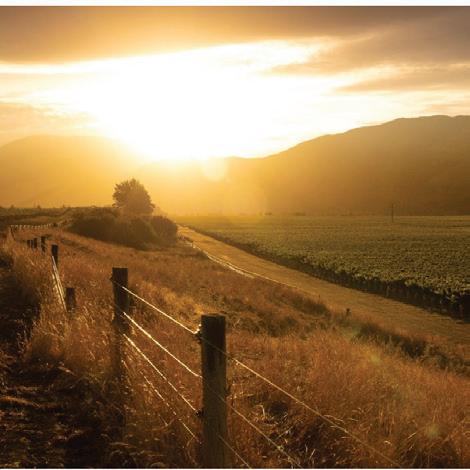
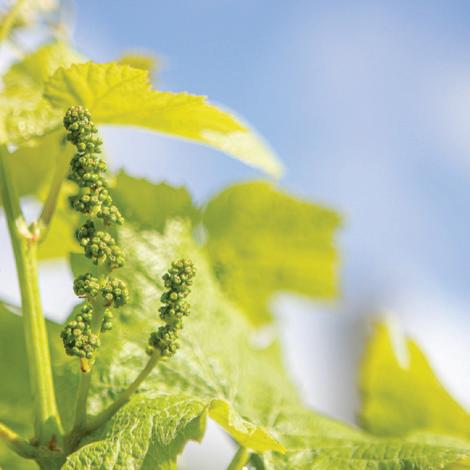


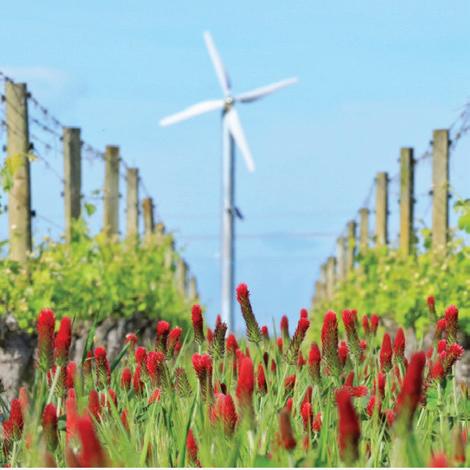


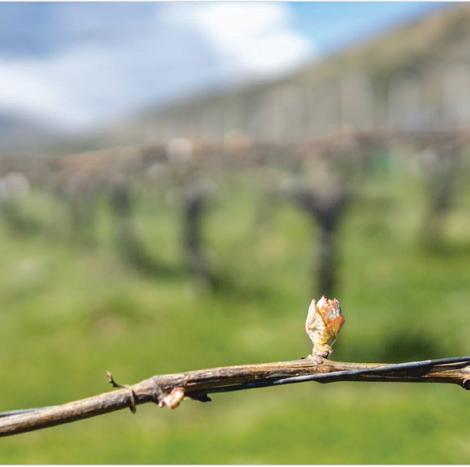




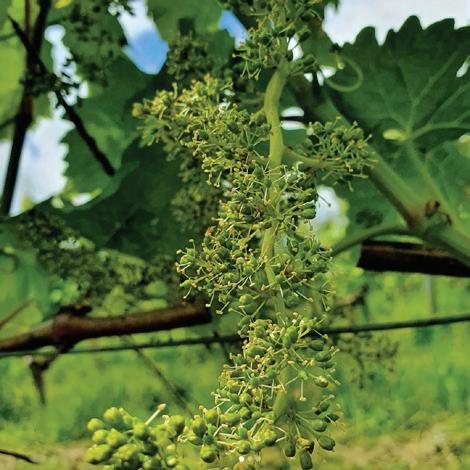
Purchase any qualifying Horticulture product from Farmlands between 1 October 2022 and 31 December 2022 and automatically enter the draw to win $5,000 worth of vouchers from the following Farmlands Card Partners, House of Travel, Hunting & Fishing™, Noel Leeming, Mitre 10 Mega and Stihl Shop.
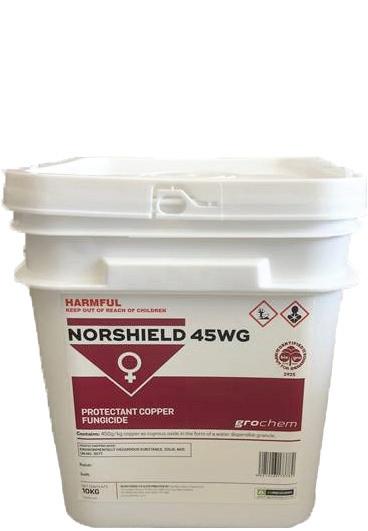
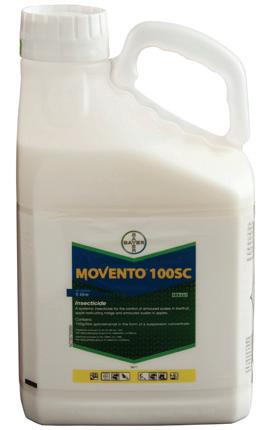
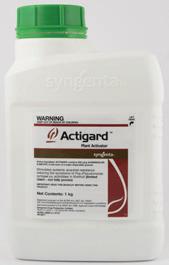
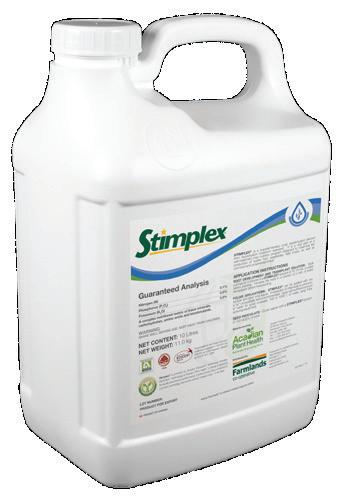

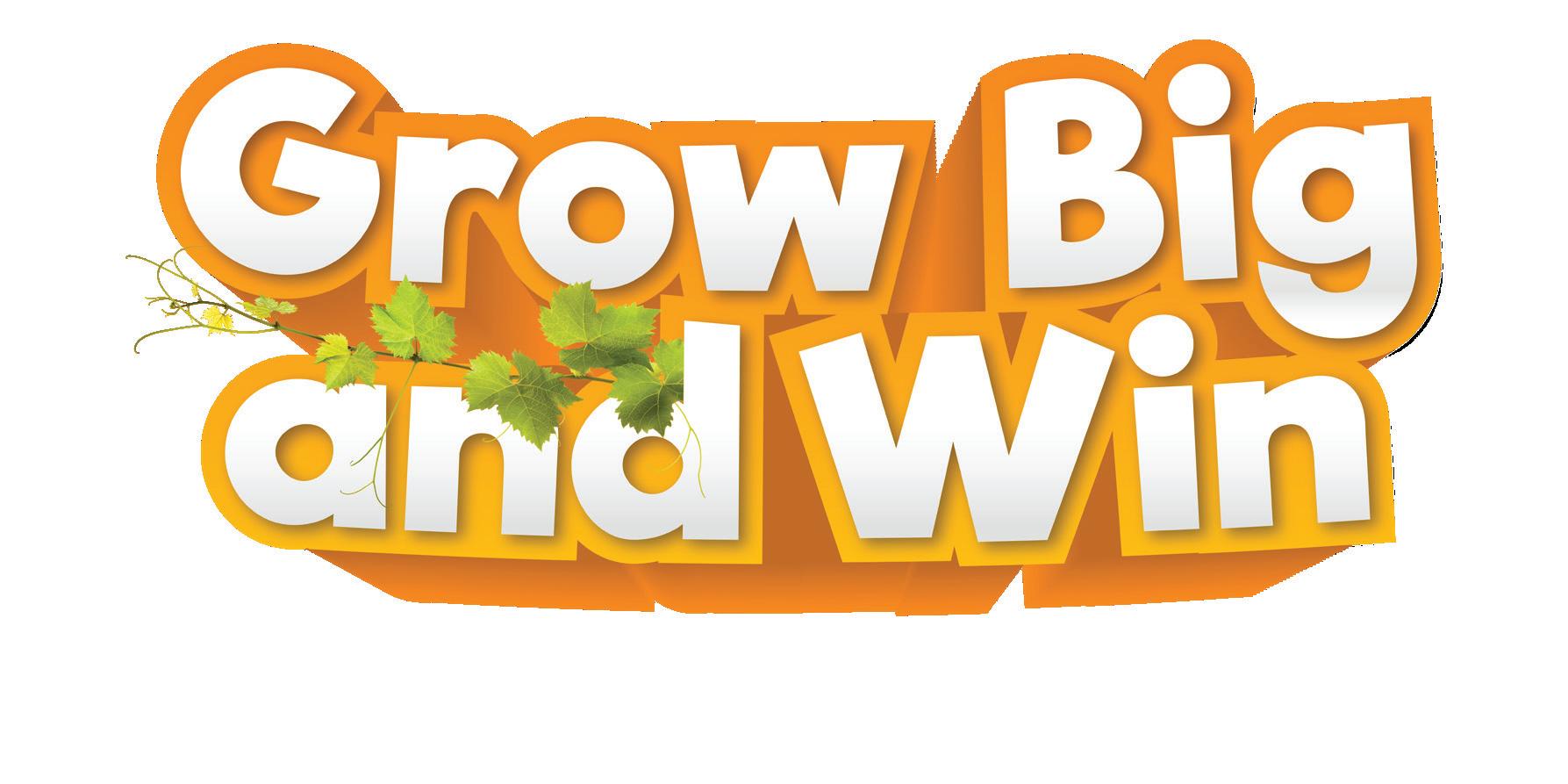

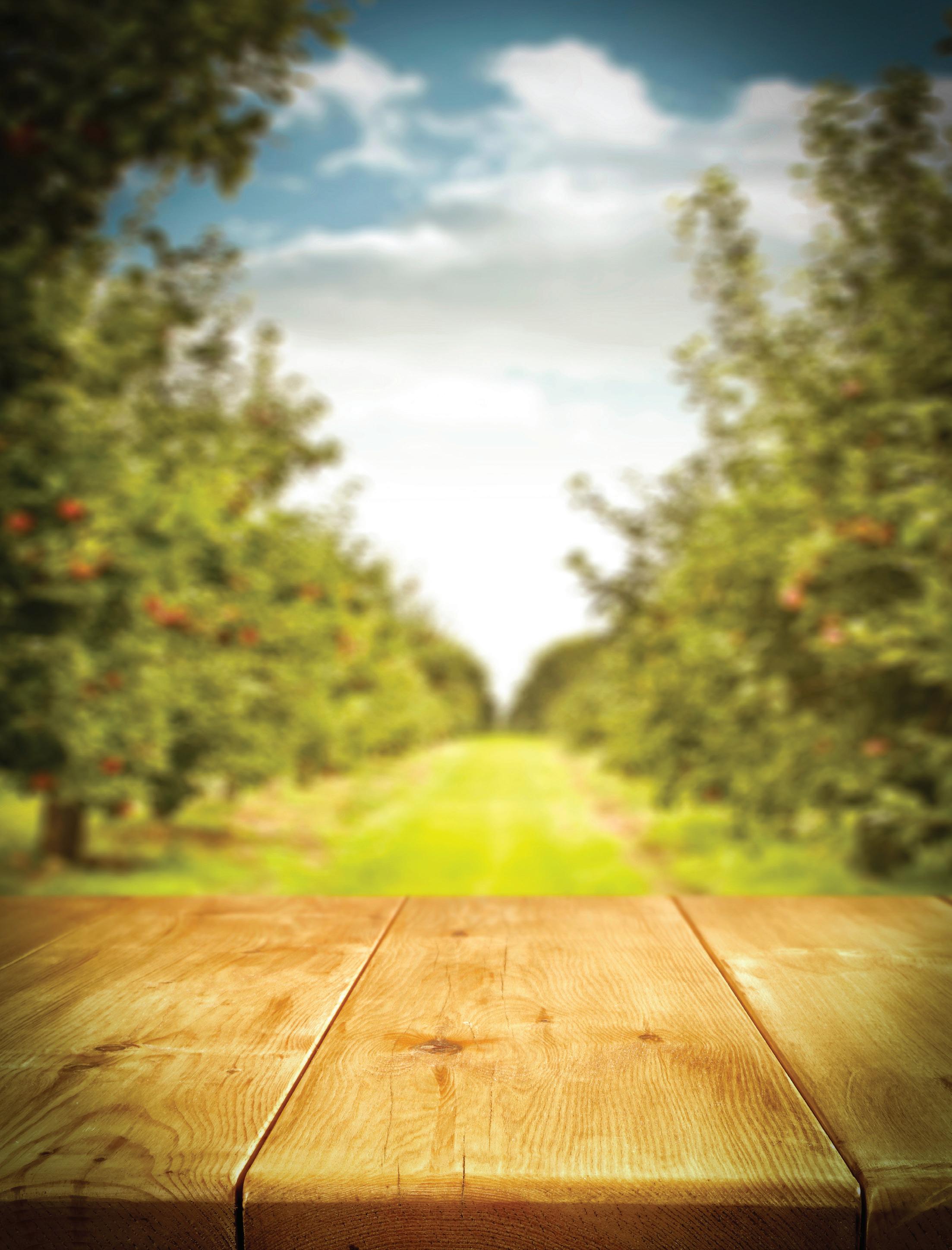
The more you buy the more chances to win. There are two voucher prizes to be won, each valued at $5,000 – one to be won in the North Island and one for the South Island. Exclusive to Farmlands shareholders.
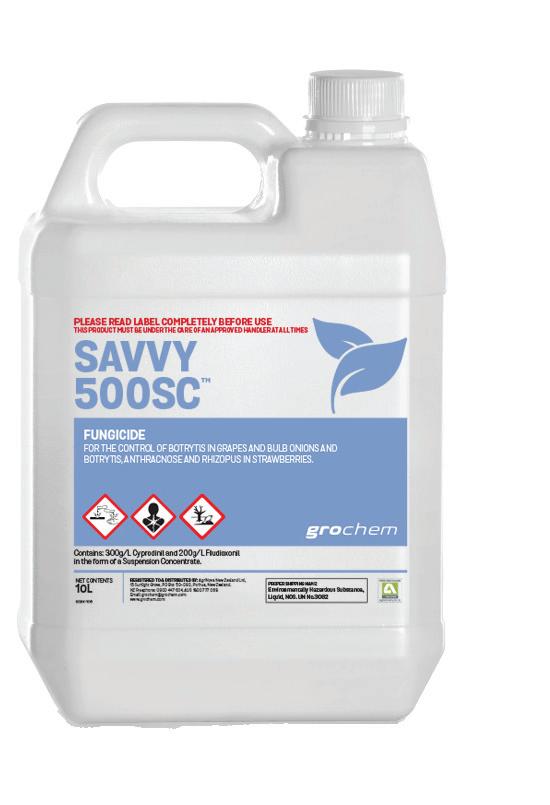
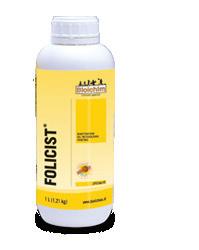
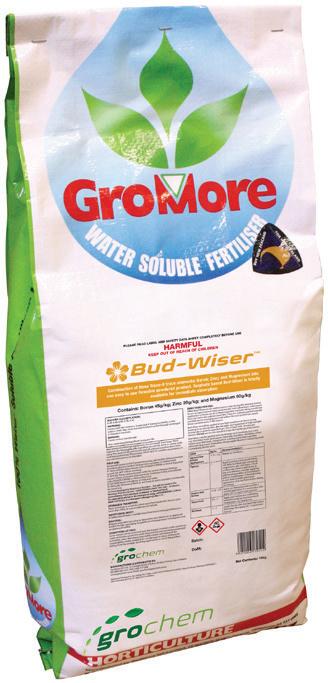
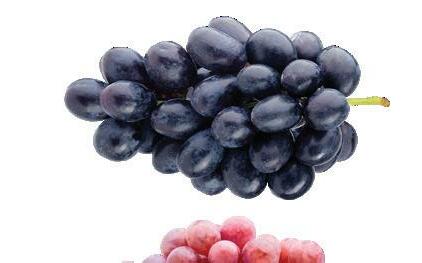
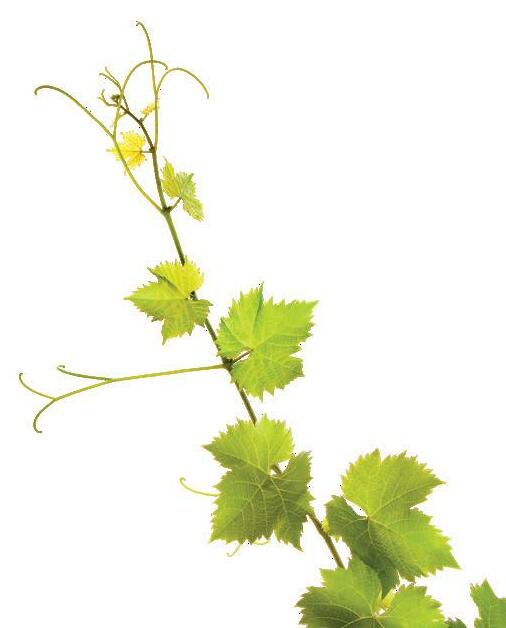

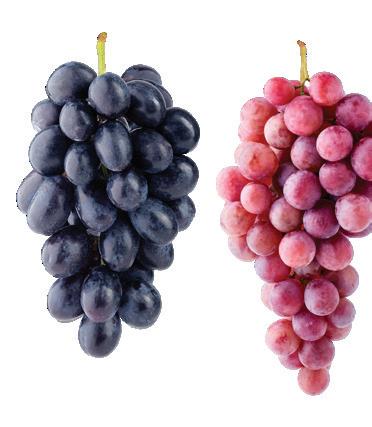
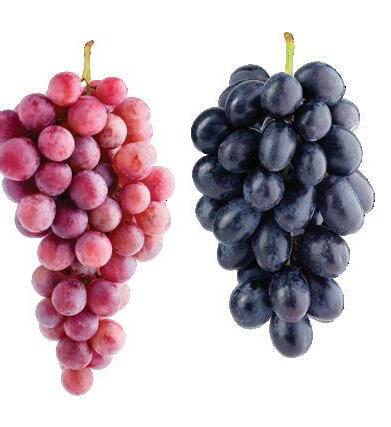

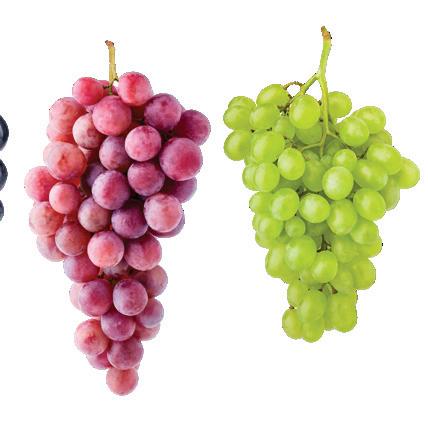
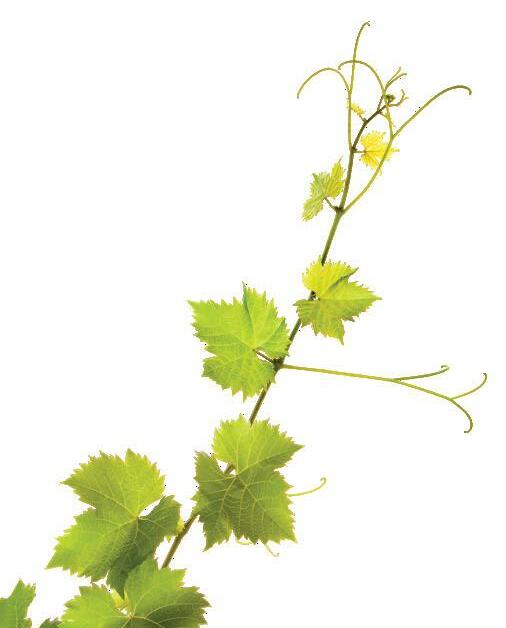
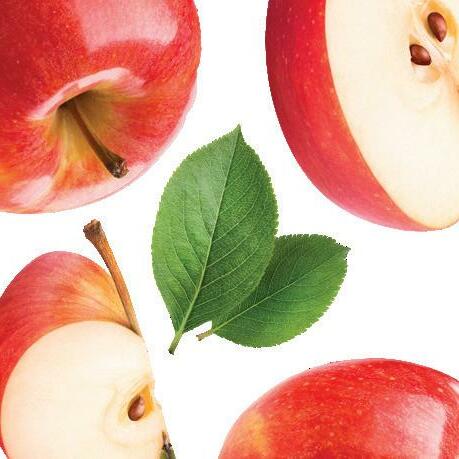


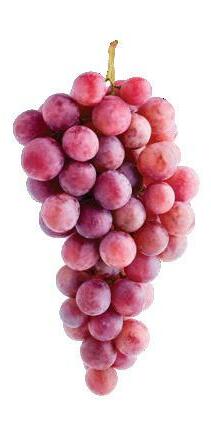






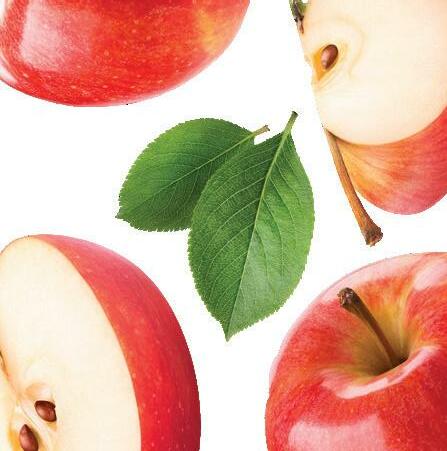




your key horticulture inputs at Farmlands for BIG chances to win.
Robotics Plus, the Tauranga-based agri-tech company, recently launched its autonomous multi-use, modular vehicle platform for viticulture, designed to carry out a variety of vineyard machine tasks - to alleviate ongoing labour shortages and transform the industry.



The multi-purpose Unmanned Ground Vehicle (UGV) can be overseen as a single unit or in a fleet of vehicles by a single


operator. The vehicle uses a combination of vision systems and other smart technologies to sense the environment to optimise tasks and allow intelligent and targeted application of inputs. Offering expended practicality, viticulturists will be able to rotate multiple tools on a highly adaptable and configurable platform,
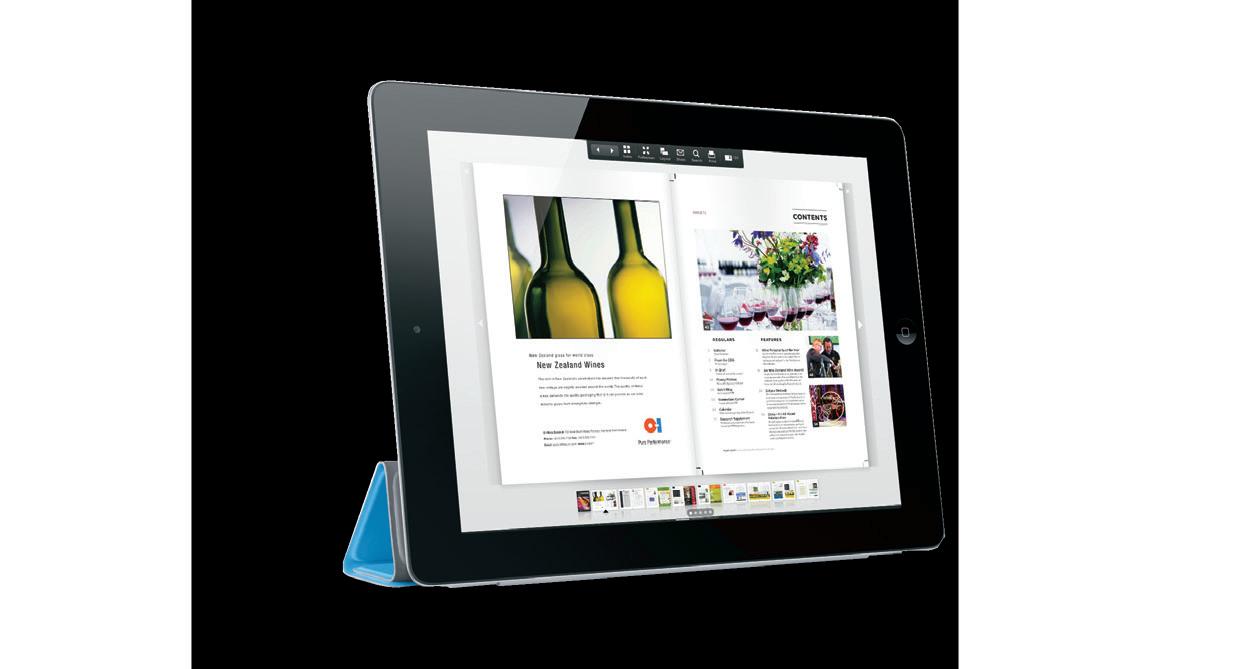
undertaking tasks such as spraying, weed control, mulching, mowing and crop analysis-often on the same day.
Taking a closer look at the company, Robotics Plus, specialists in the design and build of robotics, artificial intelligence and autonomous machines, has unveiled its demonstration vehicle at FIRA USA 2022, a

Californian event dedicated to autonomous agriculture and agricultural robotics solutions for the North American market.
Steve Saunders, Co-founder and Chief Executive of Robotics Plus, says its team worked alongside growers, researchers and best-in-class technology suppliers to deliver the unique modular architecture for its multi-purpose UGV, capable of operating in a range of environments. “We’ve created a flexible agricultural platform able to adapt to different crop types and carry multiple tools to provide year-round automation benefits and maximise machine utilisation,” says Steve. “For automation to be adopted, it must also provide a good return on investment, so our automation reduces reliance on increasingly costly and hardto-find machine operators and provides data-driven insights for informed decisionmaking.”
Looking at real world operations, the first application for the technology is intelligent spraying, where the system intelligently varies the flow rate to ensure spray efficacy whilst reducing inputs, adjusting application rates and airspeed autonomously as the sprayer moves through the vineyard.
With a small footprint and unique steering configuration, incorporating electric steering and independent motors, the highly manoeuvrable unit offers increased productivity – able to operate in situations with a minimum row spacing of 1.8 metres, allowing significantly more ground to be covered than machines which can only turn on every second
row or greater.
Dr Alistair Scarfe, Co-founder and Chief Technical Officer, comments on the diesel-electric drive line, noting, “electric drive motors give superior torque and control, whilst the Tier 4 diesel generator means the vehicle can operate for extended periods. Fuel consumption is minimised by electrically driving all systems, including tools, while regenerative braking and highcapacity batteries also extend efficiency and range.” Featuring a lightweight design and intelligent all-wheel-drive system, independent wheel motors ensure grip and control, while reduced ground compaction reduces soil damage.

The vehicle design takes on a modular format, with the absence of any hydraulic, gearbox or differential fluids offering ease of service. This means that if a part fails, modules can be swapped out, reducing downtime and operational complexity.
During the development phase, Robotics Plus partnered with the Yamaha Motor Company, Autonomous Solutions Inc and Croplands, to piggyback cutting-edge technology and significantly increase the robustness and support for the product. roboticsplus.co.nz

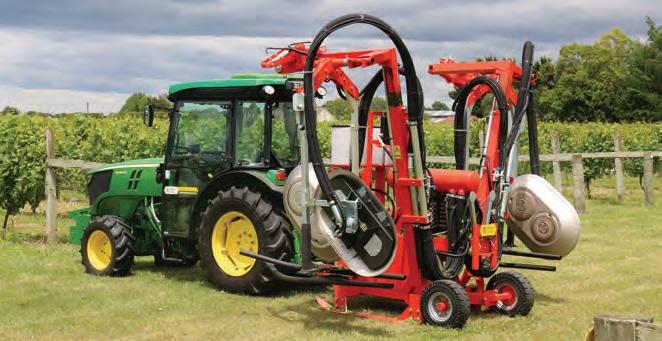


A regular feature to inform industry about research projects being undertaken for their benefit. Newly approved projects (when available) are briefly summarised and longer reports will describe what has been achieved so far. When completed, each project will be reported in full detail with references on nzwine.com
Information and updates on Bragato Research Institute research programmes
Quality Wine Styles for Existing and Developing Markets
Breaking the quality-productivity seesaw in wine grape production (Pinot Noir Programme)
University of Auckland, Plant & Food Research and Lincoln University (Various) jointly funded by NZW and MBIE
Prevention of quercetin instability in bottled wine Indevin Group (G Flego)
The effect of winemaking decisions on polysaccharide content in wine University of Auckland (B Fedrizzi)
The importance of green: understanding ‘green’ and ‘herbaceous’ characters in Pinot noir wine and their role in driving judgements of perceived quality. Lincoln University (D Torrico)
Exploring reductive aromas in Pinot noir
University of Auckland (B Fedrizzi)
Precipitation of calcium tartrate and other compounds in wine University of Canterbury (K Morison)
Potential applications of nanotechnology for wine growing in New Zealand University of Auckland (M Kah)
National Vine Collection Virus Eradication
Bragato Research Institute (D Lizamore)
Improving remedial surgery practices for control of grapevine trunk disease to increase vineyard longevity
Linnaeus (E van Zijll de Jong), South Australian Research & Development Institute (M Sosnowski)
Weevils in New Zealand vineyards Bragato Research Institute (P Epee) Cost Reduction/Increased Profitability
Long spur pruning as an alternative to cane pruning for Sauvignon blanc in Marlborough
Bragato Research Institute (C Vasconcelos)

Vineyard Ecosystems Programme
University of Auckland and Plant & Food Research (Various) Jointly funded by NZW and MBIE.
Microbial Responses to Under Vine Treatment
Bragato Research Institute (M Barry)
Shared Vision for Land Use in Marlborough
Bragato Research Institute (M Barry)
Regenerating Vineyard Soils - Phase One
Bragato Research Institute (M Barry)
Development of an anaerobic chainelongation bioprocess for grape marc valorisation University of Auckland (S Yi)
Evaluating ecologically sustainable ways to disrupt the wine wētā-vine association Plant & Food Research (J Vereijssen)
Sauvignon Blanc Grapevine Improvement Programme Bragato Research Institute (D Lizamore)
Microbial community and vine responses to increasing temperatures in the New Zealand context
University of Auckland (S Knight)
Evaluating water use efficiency and drought tolerance of various rootstocks grafted to Sauvignon blanc
Bragato Research Institute (C Vasconcelos)
Tuned Vines Bragato Research Institute (D Lizamore)
The endemic ground wētā, Hemiandrus bilobatus, lives in burrows in the soil, but its presence can negatively affect wine grape production. This is especially so in vineyards in the Awatere region in Marlborough. Vine growth in early spring provides the ground wētā with a buffet of fresh buds to feed upon, which causes damage detrimental to vine growth and fruit yield.
The current ground wētā management tool sees plastic sleeves wrapped around vine trunks in an attempt to prevent wētā from accessing the cordon. However, the sleeves are costly to install and maintain, resulting in a significant waste-management issue. This new project, which started on 1 July 2022, is funded by New Zealand Winegrower (NZW) levies and brings together scientists from Plant & Food Research (PFR) and Massey University. PFR scientist Dr Jessica Vereijssen leads the project, which includes Professors Mary MorganRichards and Steve Trewick, both of Massey University in Palmerston North. Their knowledge and experience of wētā will be invaluable in helping this study achieve the goals of seeking to understand the wētā–vine association and develop environmentally sustainable solutions where vineyards and the ground wētā can co-exist.
The wider project team includes grower representatives from local wineries to ensure that any proposed solutions are practical and financially sustainable. Since the first wētā article was reported in this magazine in June/July 2022 (Wētā Work, page 40), good progress has been made. In early September 2022, PFR led a grower meeting at the Yealands Awatere Memorial Hall, which more than 20 growers and other interested parties attended. As well as describing the work to be done and
Ground wētā during an evening survey in the Awatere winegrowing region in September 2022
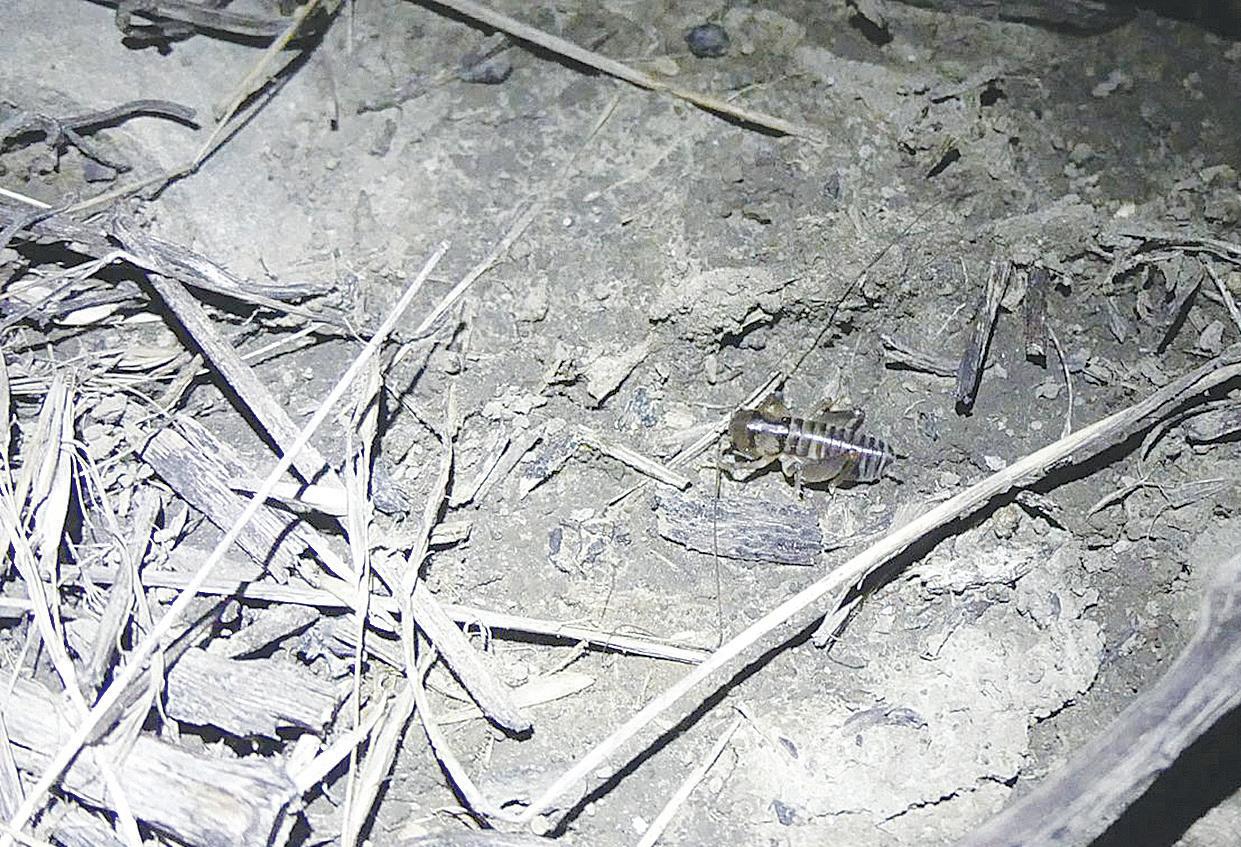
potential solutions in future, PFR and growers identified 25 potential trial sites for wētā fieldwork.
Also in September, PFR and Massey University researchers visited the
Awatere region to begin fieldwork in time for budburst. Training in daytime identification of wētā burrows was undertaken, which is not straightforward because the wētā make soil plugs or doors to
Evening surveys for the ground weta in the Awatere winegrowing region in September 2022
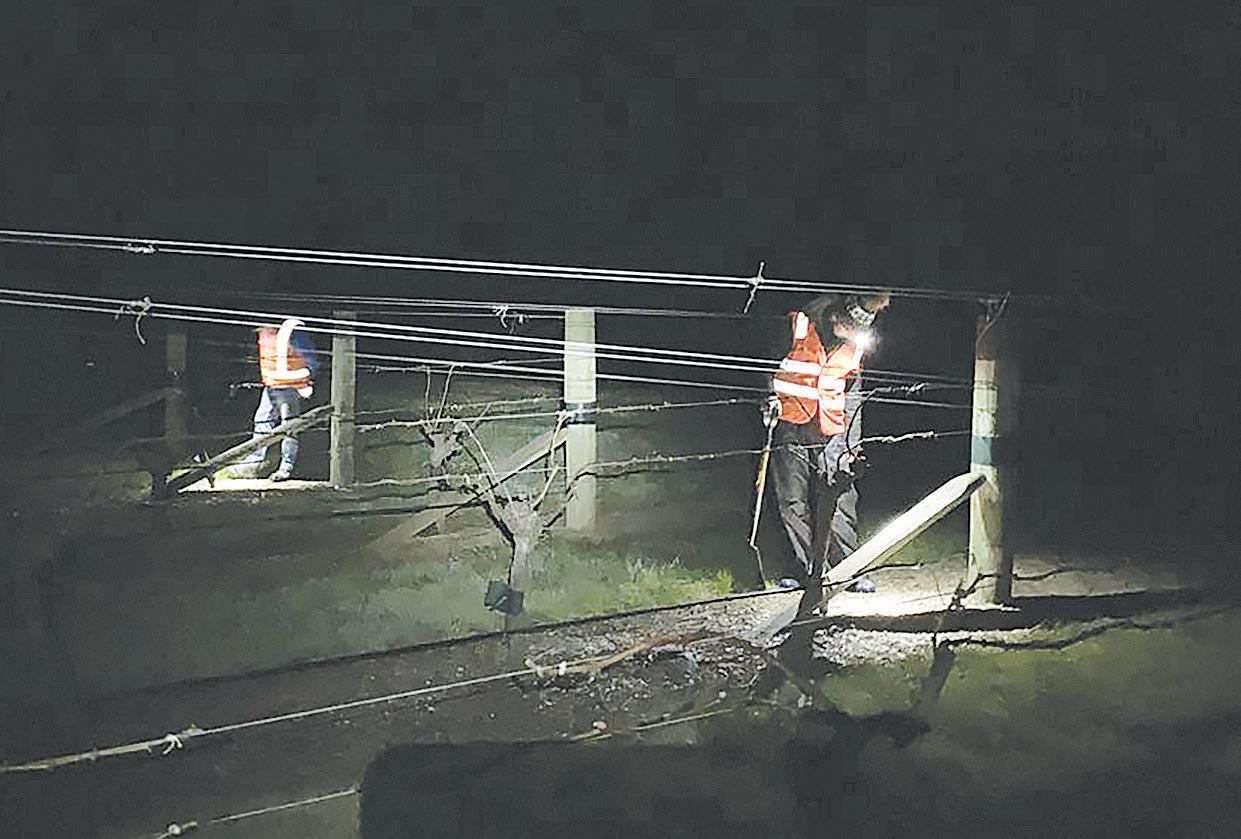
close their burrow entrances, so they are hidden from view. There are also other burrowing insects in the soil between the vines, such as Tasmanian pasture cockchafer and pasture wireworm, whose burrows need to be distinguished from the wētā burrows. Researchers collected several wētā, and tikanga Māori protocols were adhered to. These wētā are now at Massey University and PFR Motueka, where rearing and assessments of diet are underway. In addition to the ground wētā, several other commonly found insects were collected from various study sites to gauge their potential contribution to
PFR researchers again visited the Awatere region in September, where they visited 16 study vineyards, of which nine were visited at night. These included Māori-owned, conventional, and organic vineyards. Ground wētā were observed at several sites, with further field assessments undertaken again in mid-October for the later budburst varieties. The team will return in January 2023 for surveys to aid in understanding ground wētā behaviour and diet outside the budburst period. The information from the two periods will be used to formulate sustainable solutions for the future.
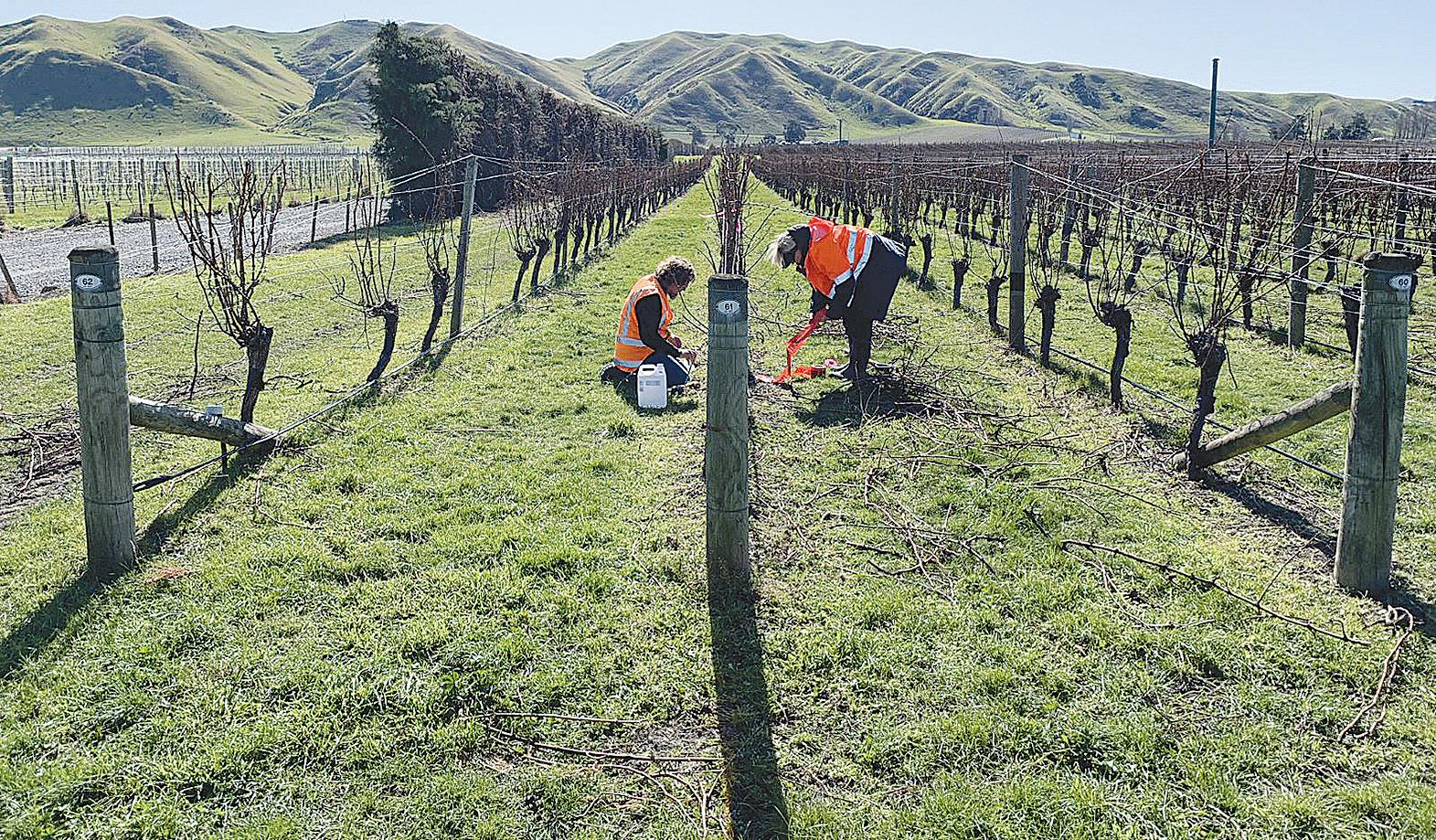
To round off this calendar year, the PFR team are looking to speak with up to 20 growers, who will be asked about their vineyards and experiences of wētā, how it has influenced different areas of their vineyards, and what practices or tactics have been adopted (or might be in future) to counter wētā damage. These conversations will offer new insights into factors like
This three-year project is funded through the New Zealand Wine Futures Fund, which BRI launched in 2021 to bring new and novel ideas to levy-funded research. It is funded through NZW levies and project-managed by BRI. The wētā project has co-funding from Indevin, PernodRicard, Yealands, and Hortus to support the Massey University PhD student. The science team is led by PFR, with significant in-kind contributions from Massey University.
wētā distribution, the extent of vine damage, and how it varies throughout the Awatere winegrowing region. Analysis of the conversations with growers, coupled with field observations during budburst and in January, will be used to find solutions for ground wētā and commercial vineyards to co-exist in the Awatere region. In 2023, a PhD student, guided and supported by the Massey professors, is expected to join the research project.
“These conversations will offer new insights into factors like wētā distribution, the extent of vine damage, and how it varies throughout the Awatere winegrowing region.”
This November marks the first year of the Sauvignon Blanc Grapevine Improvement Programme, also known as Sauvignon Blanc 2.0. In 2022, New Zealand’s wine exports reached a new record of over $2 billion. Despite a challenging season that saw a 4% decrease in volume, export revenues continue to grow thanks to a 6% increase in value per litre. This growth is driven largely by a strong and steady global demand for New Zealand’s iconic style of Sauvignon Blanc (Figure 1). This success also reminds us of the unique position that New Zealand finds itself in as a wine-producing nation.

Multiple external audits of the wine sector have identified a lack of genetic diversity as the number one risk facing our industry. Although a more diversified portfolio of varieties remains a worthy goal for the industry, the reality of market demand for Sauvignon Blanc can’t be ignored. Nor is it: the productive area of Sauvignon Blanc grew by 571 hectares in 2022.
The second greatest expansion was Pinot Gris which grew by only 43ha (Figure 2). Adding to the problem of varietal homogeneity is the over-reliance on a single genetic lineage. What we call ‘Mass Select’ in New Zealand originates from just a couple of plants of the same clone, UCD1 (also known as FPS1; see Nick Hoskins’ excellent presentation from the 2019 NZSVO Sauvignon Blanc Workshop). Furthermore, in recent years rootstock 3301 has become something of a default choice for new vine orders (discussed below).
Anyone who has visited a supermarket in the last decade will be familiar with the gains delivered by crop breeding efforts. Consumers can choose between
Figure 1: Sauvignon Blanc consistently makes up approximately 85% of export volume.

Figure 2: New Sauvignon Blanc planting continues to outpace all other varieties.
many varieties of tomatoes, apples and even kiwifruit bred for their flavour, appearance, and longevity. Interestingly, most wine grape varieties were bred centuries ago and so have not benefited from any advances in crop domestication since then.
Sauvignon Blanc has been continuously propagated since at least the 17th century. In contrast with other major wine-producing nations, New Zealand has never had
a significant grapevine breeding effort or clone collection programme. This leaves us with a desperate lack of material from which to begin, a problem that is exacerbated by slow and expensive import regulations. By definition, traditional breeding results in novel varieties, which creates a marketing challenge for winemakers. Plants produced using new techniques that generate targeted genetic changes would still be Sauvignon Blanc but are currently labelled and regulated as genetically
modified organisms (GMOs) by New Zealand legislation. That’s true even in the case where no foreign DNA is introduced, unlike in most countries, including Australia. In working with the industry to plan a new grapevine improvement programme, New Zealand Winegrowers (NZW), Bragato Research Institute (BRI) and research partners settled on an approach that takes advantage of a natural source of intravarietal diversity.
When plants are exposed to certain environmental stresses, they begin to adapt by relaxing their genetic uniformity. This occasionally leads to interesting new traits, which are the source of all diversity among clones of the same variety.
The lack of anthocyanin in white grape varieties is a classic example of this (Figure 3), and many who have spent enough time in the vineyard will have noticed plants that appear slightly different to their identical siblings. It may be a change in berry colour, bunch shape, timing of bud burst, or any other trait. These ‘bud sports’ are evidence of the spontaneous genetic changes that underlie natural evolution. This same approach can be used efficiently in a controlled environment. By exposing Sauvignon Blanc cells to carefully calibrated stress treatments, and then growing these into new vines, a collection of

new vines is produced. Combined with an effort by industry partners to identify and collect bud sports in commercial vineyards, this represents a way to produce a local population of new Sauvignon Blanc diversity. Since the changes are not targeted, what remains is to screen the new vines for those that might be better in some way than the UCD1 starting material.
In 2021 a group of New Zealand wine
industry members and grapevine researchers presented a business case to the Ministry for Primary Industry’s (MPI) Industry Advisory Panel. We explained the scope of the challenges facing our industry and requested the government’s co-investment to develop a collection of new Sauvignon Blanc vines. In November 2021, Agriculture Minister Damien O’Connor announced the start of a 7-year programme supported by MPI’s Sustainable Food and Fibre Futures fund that would become the wine industry’s largest research project to date.
Over the past year a governance group representing NZW and MPIs stakeholders has been set up, an international group of technical advisors identified, and a Commercial Advisory Group nominated from among the 23 grantor companies. Contracts have been signed with research partners Plant & Food Research (PFR) and Lincoln University to produce diverse new vines and then begin screening these for promising new traits (Figure 4). During the first twelve months of the programme, about 2,800 new vines have already been produced and are now maturing in growth chambers, mist tents and greenhouses (Figure 5).
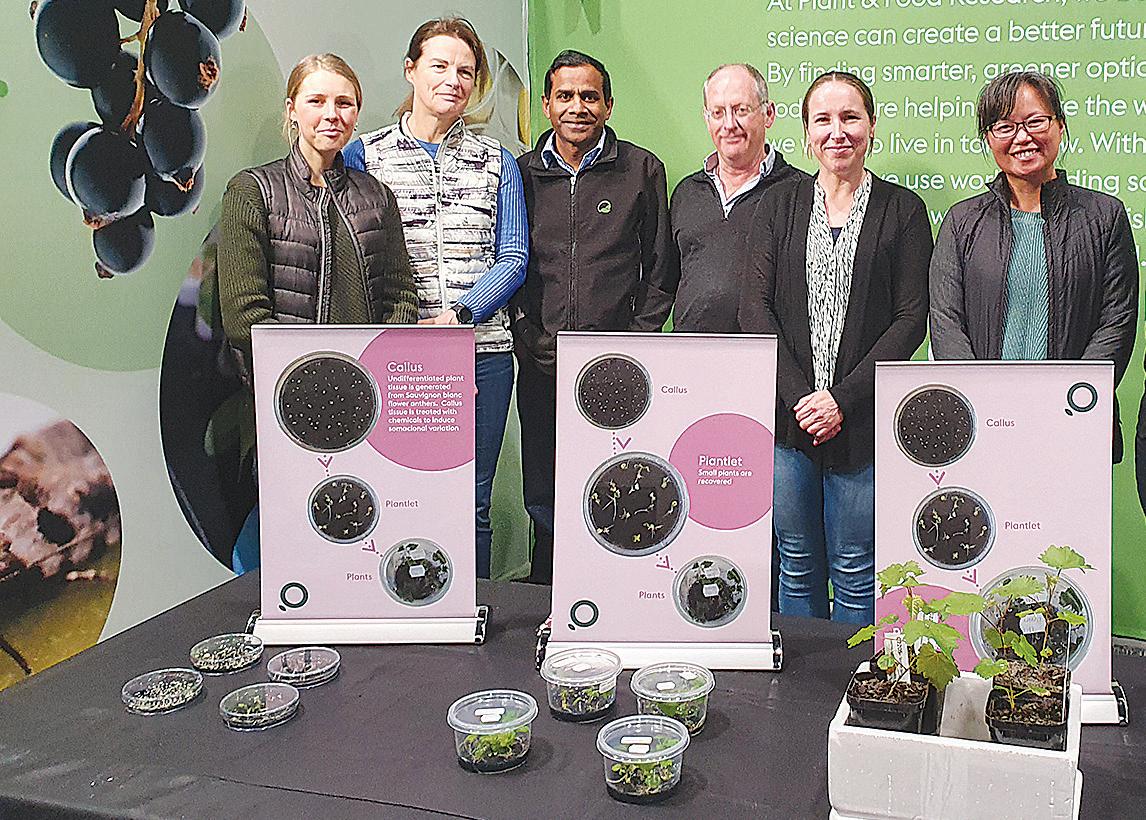
The process of breeding a new grape variety typically takes around 25 to30 years. Most of that time is spent growing up large numbers of plants to maturity before the first assessments of any new traits can be made. However, the rapid pace of research in plant genetics means that many genes that control traits such as drought and frost resilience, susceptibility to mildews and production of flavour and aroma compounds are now known. What’s more, improvements in DNA sequencing technology make it feasible to identify changes in these genes long before the traits appear.

To enable promising new vines to be identified from among the large population within the term of the programme, BRI has recently installed a new DNA sequencer from Oxford Nanopore in the United Kingdom (Figure 6). The first of its kind in New Zealand, this sequencer is specifically suited to identifying the types of genetic changes that plants undergo in response to stress, at the scale that the programme requires. The goal is to detect differences in the genetics of the new vines earlier in their development, in much the way that new strains of Covid-19 could be tracked almost in real time. The past year has also been an exciting time of growth for BRI. To deliver the project, a group of researchers has been recruited to join BRI’s Lincoln-based team (Figure 7). These scientists are bringing together their motivation and expertise in plant cell culture, trait selection, and genetic data analysis to establish a bespoke Grapevine Improvement programme with our industry.
Most new Sauvignon Blanc vines are grafted onto rootstock 3309, which although poorly suited to swampy soils grafts well, is generally versatile, and helps reduce the vigour that typifies this variety. However, 3309 is characteristically early ripening, promotes earlier bud burst than some alternative rootstocks, and has poor drought resistance. These traits
may make 3309 less than ideal for some vineyards in future years.
Early bud burst provides an increased risk of exposure to late spring frosts and water usage is a major concern for growers with a long-term outlook. Furthermore, the balanced acidity of many local Sauvignon Blanc wines is supported by our cool maritime environment. Trends towards warmer climactic conditions are leading many growers to consider what measures can be taken to delay ripening while acids and secondary metabolites such as thiols accumulate.
To collect robust statistical data about the effect of rootstock selection on Sauvignon Blanc, in October BRI planted a rootstock trial of 1,000 vines representing 15 different rootstock varieties. The vines and planting area have been contributed as in-kind funding by two of the programme’s Gold grantors, The New Zealand Viticultural Nursery Association and Cloudy Bay. By using a randomised block design with three distinct irrigation zones,
the trial is specifically set up to enable researchers to collect robust statistical information about vine establishment, water use efficiency and drought resilience in a place that exemplifies much of Marlborough’s terroir.
New Zealand’s wine industry undoubtedly faces challenges and opportunities in the coming years. The one thing we know for sure is that the future is uncertain. Market demand could continue to drive up prices for New Zealand’s premium variety, but similarly, our industry may be forced to adapt to crises that could be slow or sudden. Some, like a warming climate, could be likened to the proverbial frog sitting in a pot of warming water. Others might be far more rapid.
In November 2010 the bacterial disease Pseudomonas syringae pv. Actinidiae (Psa) was detected in a Te Puke kiwifruit orchard. Less than two years later resistant material called Gold3 was identified in a large
collection of genetic diversity held by PFR and fast-tracked for release to growers. Despite the eventual replacement of the complete national gold kiwifruit crop at an estimated $800 million cost to the industry, kiwifruit now leads New Zealand’s horticultural exports. Without a source of new material to hand, it has been estimated that a solution would have taken 7 to 10 years to develop.
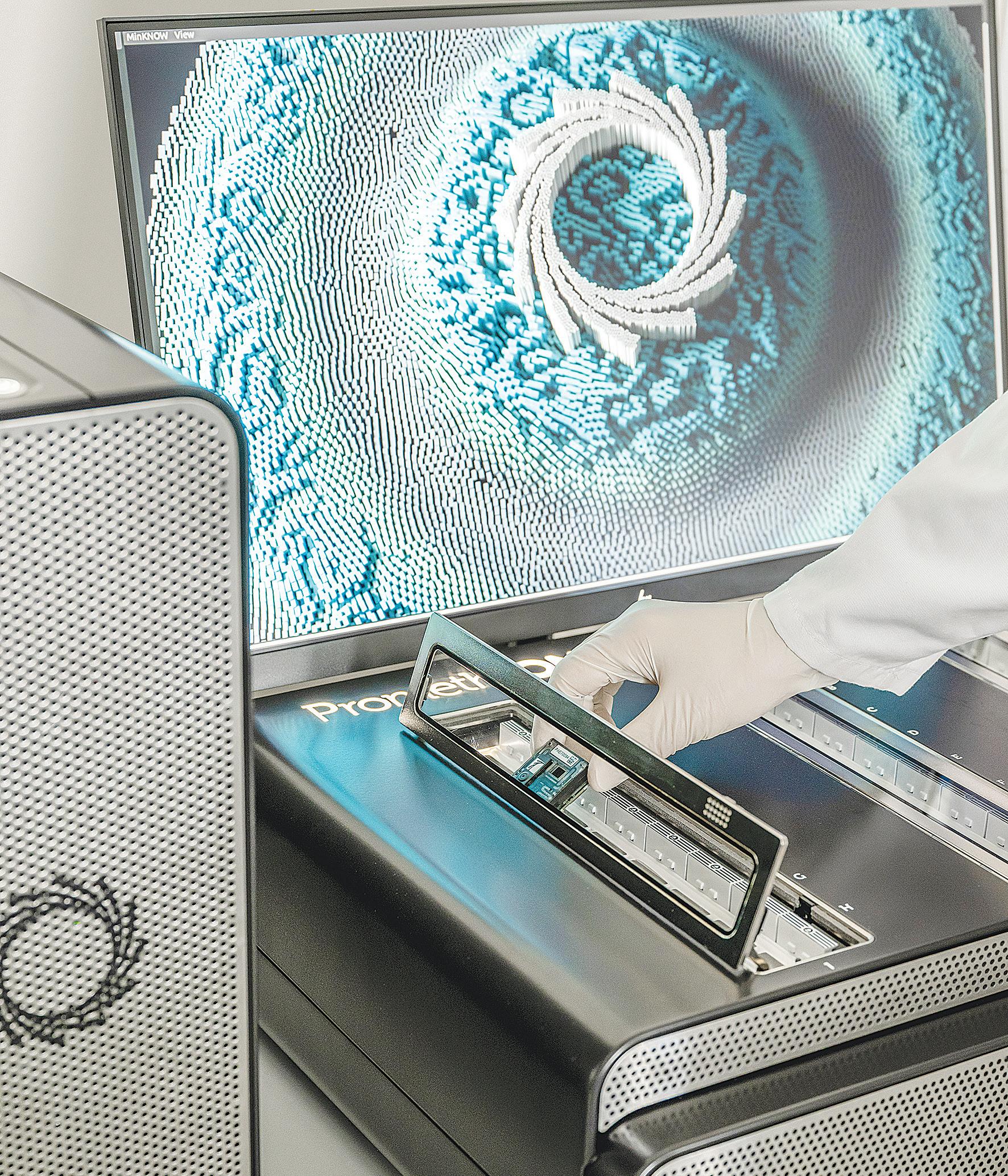
On a positive note, vines with specifically selected traits might allow the expansion of the national vineyard into previously unsuitable land, reduce water and spray inputs, increase the productivity of current vineyards, deliver exciting new flavour profiles, or work synergistically with future management ideas, such as the new canopy programme currently being developed by BRI and its research partners.
A collection of clones displaying diverse traits within our premium national variety will put our wine industry in a much stronger position to adapt to changes and take advantage of new opportunities. And much of the knowledge gains about which genes and traits to select for, and how, will likely be transferrable to other varieties and even other crops.
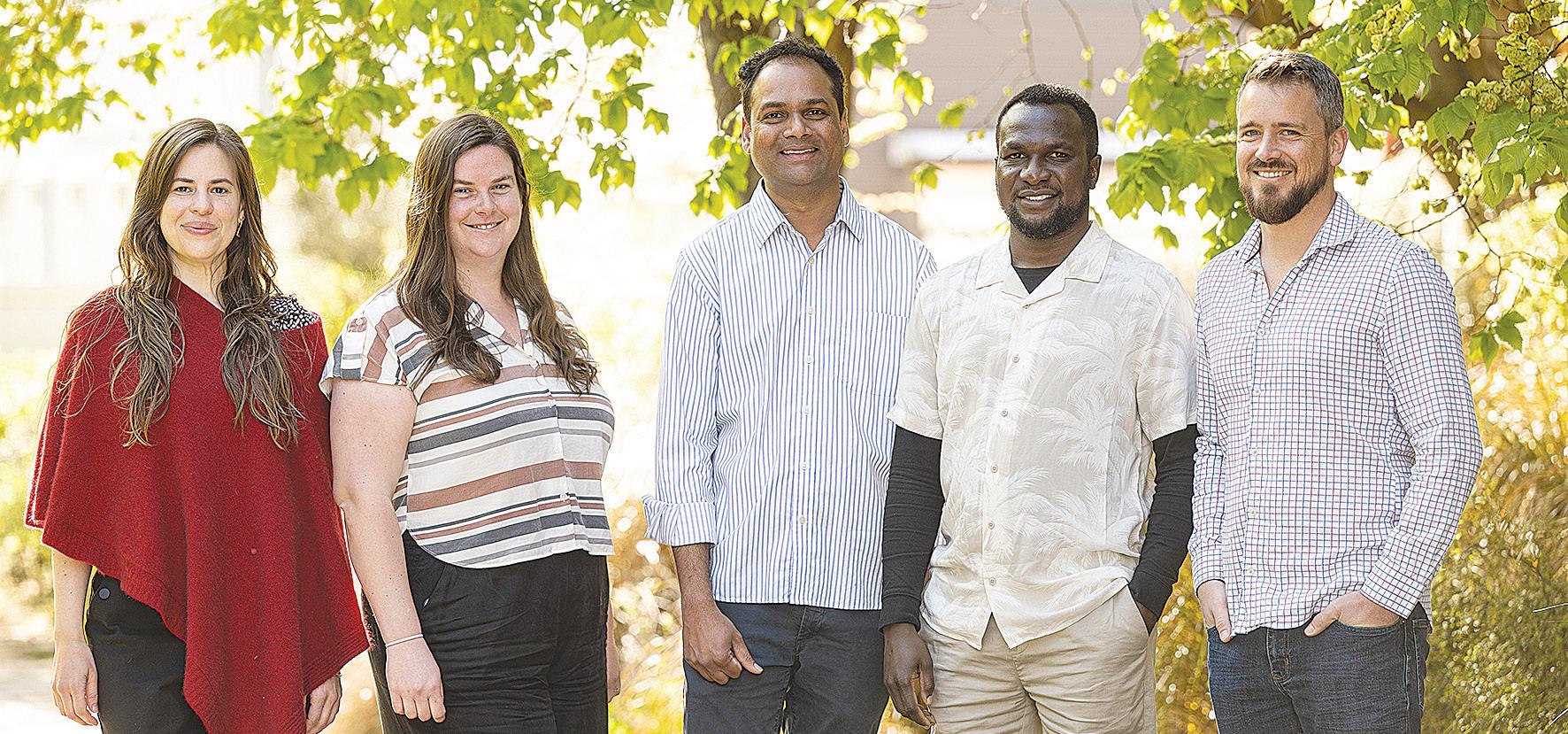
Soils are more than dirt. Their fertility sustains terrestrial life, and this is driven by soil biology (the huge range of bacteria, fungi, and invertebrates). Soils grow 98% of all the food calories we eat and contain the largest levels of biodiversity on earth including, for example, useful bacteria that produce novel antibiotics. Soils contain more
carbon than the atmosphere and plants combined. Losing soil health therefore means losing food and biodiversity and means the amount of carbon dioxide in the atmosphere will increase. We need to develop a robust understanding of the best ways to use and manage land to protect soils while still providing enough food, locking up atmospheric
carbon and minimising biodiversity loss. However, we currently do not have sufficient scientific data to understand how to protect soils.
Here we describe part of the Vineyard Ecosystem (VE) programme, funded by the Ministry of Business, Innovation and Employment (MBIE) and New
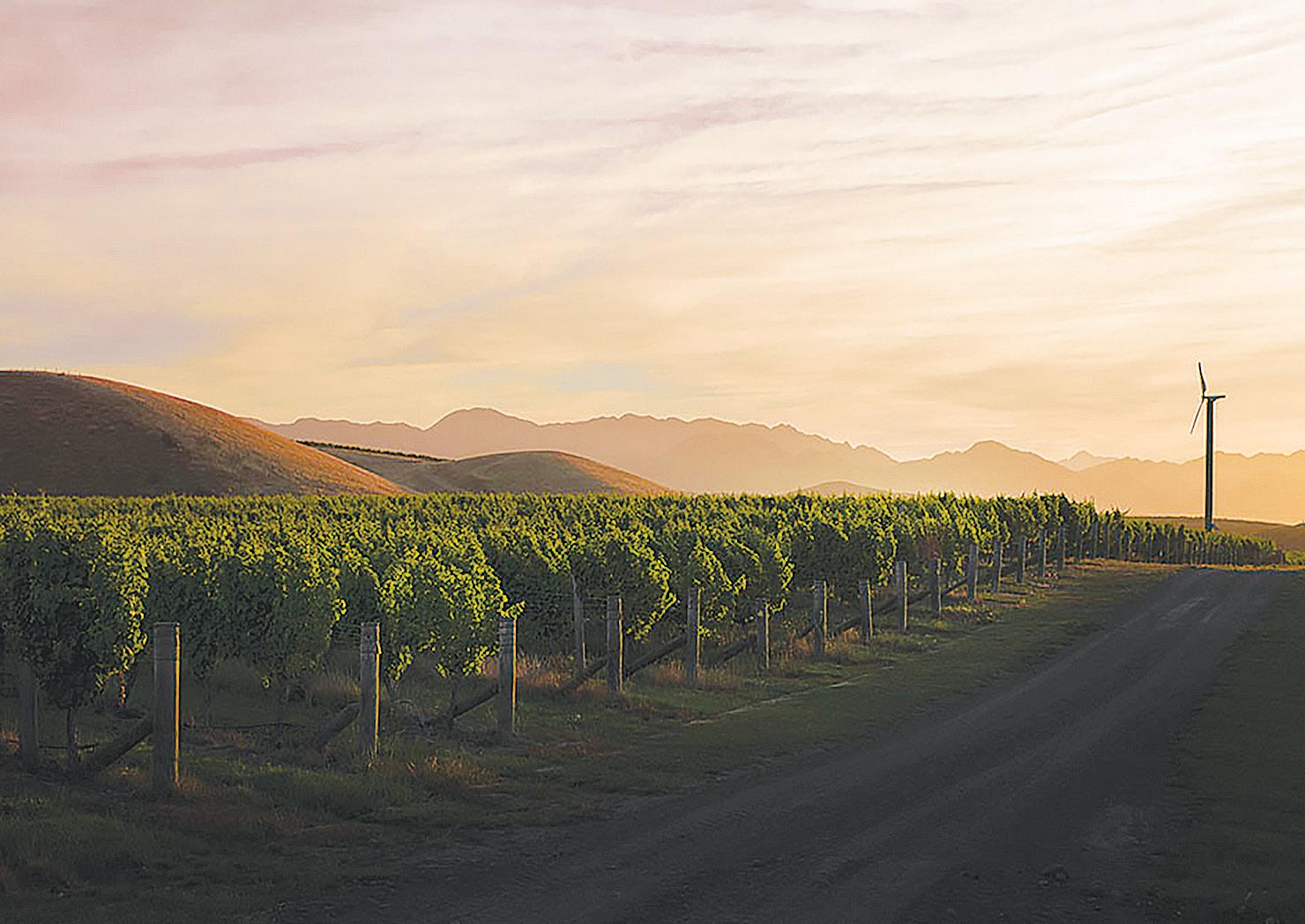
Zealand Winegrowers (NZW), designed to provide data to help inform growers and landowners regarding decisions about how to manage their vineyards. Agricultural management approaches are now drawing more attention than ever before. The question of sustainability in agriculture and the growing pressure from consumers is influencing management decisions growers are facing every day. There is a strong belief that different agricultural management regimes have a significant impact on biodiversity. Until now, the evidence on the effect of management practices on soil biodiversity was scattered, at best, especially in vineyards. The VE programme has studied multiple vineyards over multiple seasons in New Zealand’s two largest wine growing regions, Hawke’s Bay and Marlborough stretched across North and South Island, to provide scientific evidence on the effects of agricultural management regimes on vineyard soil biodiversity. This will help guide evidence-based management decisions towards more sustainable practices.
Practically, there is a spectrum of management approaches within the programme rather than clear distinct categories. For the purposes of this research, we characterised the management regimes of the vineyards we sampled as either
Figure 1: Diagram showing changes in percent effect size over time for each sampling time point for management and region for bacteria, fungi and other eukaryotes. Red dots represent sampling time points when the effect of management (left) or region (right) was statistically significant (P < 0.05). While the effect of region on biodiversity is consistently present, particularly for bacteria, the effect of management is not, and thus, it is likely context dependent.

‘conventional’ or ‘conservation’. Conventional vineyards were not limited in their use of synthetic pesticides, while conservation vineyards did not use any synthetic herbicides to manage under vine ground cover, generally avoided synthetic fungicides, and on average applied four times less synthetic chemical applications than conventional vineyards according to spray diary data.
Classically, measuring biodiversity has relied on taxonomic experts counting large plants and animals that are visible to the naked eye. However, large plants and animals only represent a tiny fraction of overall biodiversity, and soil biodiversity is still poorly understood as most biodiversity is found as microscopic organisms, such as bacteria, fungi, and invertebrates.
Recently there has been a dramatic increase in accessibility to DNA sequencing technologies for monitoring biodiversity. By simply taking soil samples, we can extract DNA and estimate not only the total
biodiversity in soils but also capture aspects of biodiversity from the surrounding ecosystem. Therefore, to investigate if there are differences in soil biodiversity between different management regimes in New Zealand vineyards, 24 vineyards were studied in the two regions – Hawke’s Bay and Marlborough.
Vineyard soil was sampled from all these sites three times a year (budburst, véraison and harvest), every year for five years (2015-2020). We extracted DNA directly from the soil and analysed genetic ‘barcode’ markers for bacterial, fungal, and general eukaryotic (everything but bacteria or fungi) organisms.
Just like supermarket barcodes that are specific for products, these DNA barcodes tend to have a specific DNA sequence for different species. We analysed the 26.5 million barcodes sequences obtained, and this revealed the presence of around 12,000 species in these soils. We next determined if the numbers, types and relative abundances of species differed
“Lastly, most studies on the effect of agrochemicals on biodiversity to date have not used DNA but have looked at one or a few key large species, like specific insects, and extrapolated the findings from these few species to all biodiversity.”
between vineyards with different management regimes using a range of statistical approaches. Overall, we found a small but significant effect of management regime on biodiversity. The number of bacterial species in conservation vineyards was, on average, 14% greater (P < 0.05) than in conventional vineyards.
There were also significant differences in the types and abundances of all species between vineyards with different management approaches (P < 0.05). In general, the soil biodiversity differences between management regimes explained around 1% of the total variation in biodiversity observed. Although small, this size difference is similar to the sizes of the difference in biodiversity between Marlborough and Hawke’s Bay soils regardless of management approach.
The greatest variation in biodiversity was between years, which accounted for between 5-25% of the variation in biodiversity, regardless of management approach. We did not find any consistent differences between management regimes over time, indicating any affect that management approach has on biodiversity is probably dependent on another factor (e.g., if its dry, less spray might be needed, and conventional and conservation vineyards appear more similar), whereas the difference between regions was more consistent (Figure 1). Thus, there is a significant difference in soil biodiversity between management regimes, but this difference is relatively small and inconsistent, and the size of the difference is about the same as differences in soil biodiversity between regions.
These results are somewhat surprising and, on first inspection, go against the perception that the use of agrochemicals has a large impact on biodiversity. However, there are a few aspects that it is worth thinking about to help us understand these results and use the outcomes to inform decisions. First, the differences in biodiversity between management approaches
are significant overall. The statistical analyses tell us there is a very low probability of observing these differences by chance: the biological signal for biodiversity differences between management approaches is likely ‘real’.
Second, the amount of biodiversity measured using this comprehensive DNA analysis approach is enormous – there are more organisms in a kilo of soil than there are humans on the planet, and we found around 12,000 species here! So, while the differences between managements are ‘small’, this is relative; a small amount of something enormous still equates to a relatively large amount of biodiversity that differs. Third, we have measured what is there, but we have not measured the ecological roles of the organisms that differ. That is a much harder scientific challenge.
It may be that the most ecologically important species differ between management approaches, or they may not… we just don’t know yet. Lastly, most studies on the effect of agrochemicals on biodiversity to date have not used DNA but have looked at one or a few key large species, like specific insects, and extrapolated the findings from these few species to all biodiversity. We have not done this – we have attempted to take the largest sample of biodiversity possible and then have analysed this. It is also worth highlighting a few other points. It is important to appreciate that the differences in biodiversity between management approaches shown here are not consistent. This suggests that any effect of management approach on biodiversity depends greatly on some other factors. Other parts of the VE programme are analysing as many aspects in these vineyards as possible to try and tease out what these may be. Also, all these vineyards are managed under sustainable credentials and so perhaps it is not too surprising that soil biodiversity differences are not large.
Lastly, we have only looked at soil biodiversity. The organisms in soil
will have a significant bearing on soil fertility and carbon dynamics; the link between soil biology and fruit chemistry and quality is very poorly scientifically described, but it is likely that there is one. However, other work we and our research colleagues are doing is looking at microbial biodiversity on fruit, and the suggestion from these studies is that fruit-associated yeasts and bacteria are more greatly influenced by management approach, and this may have a larger bearing on fermentation properties and thus wine style (an interesting story for another article perhaps).
The take home messages here are positive. If you are a grower who is keen to try and change soil biodiversity, then the choice of management approach may help you do this to some extent. Further, if you are grower that also needs to ensure fruit yield and quality parameters are met, perhaps requiring the use of different input management approaches, then these data suggest any effect on soil biodiversity will not be too large.
The Vineyard Ecosystems Programme was a multi-year partnership (2015–2022) between New Zealand Winegrowers and the Ministry for Business, Innovation and Employment that was managed through Bragato Research Institute. The programme aimed to increase the long-term resilience and profitability of the New Zealand wine industry by developing new research-based approaches to pest and disease management resulting in significant increases in vine longevity. The New Zealand Institute for Plant & Food Research Limited and the University of Auckland are the main research providers. Additional research providers include Thoughtful Viticulture, Linnaeus Laboratories, South Australian Research and Development Institute, and Intecrop Ltd.


